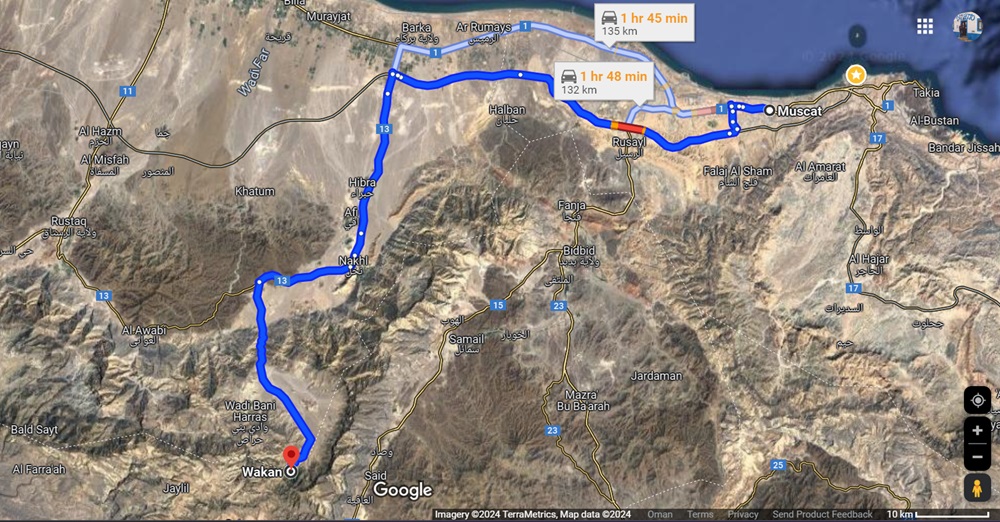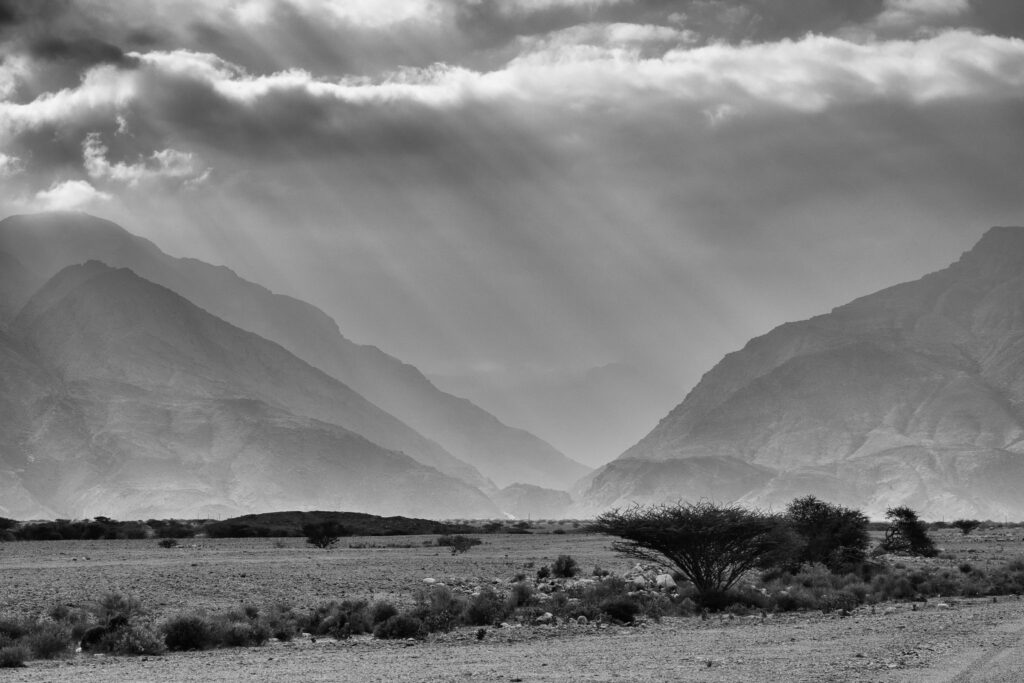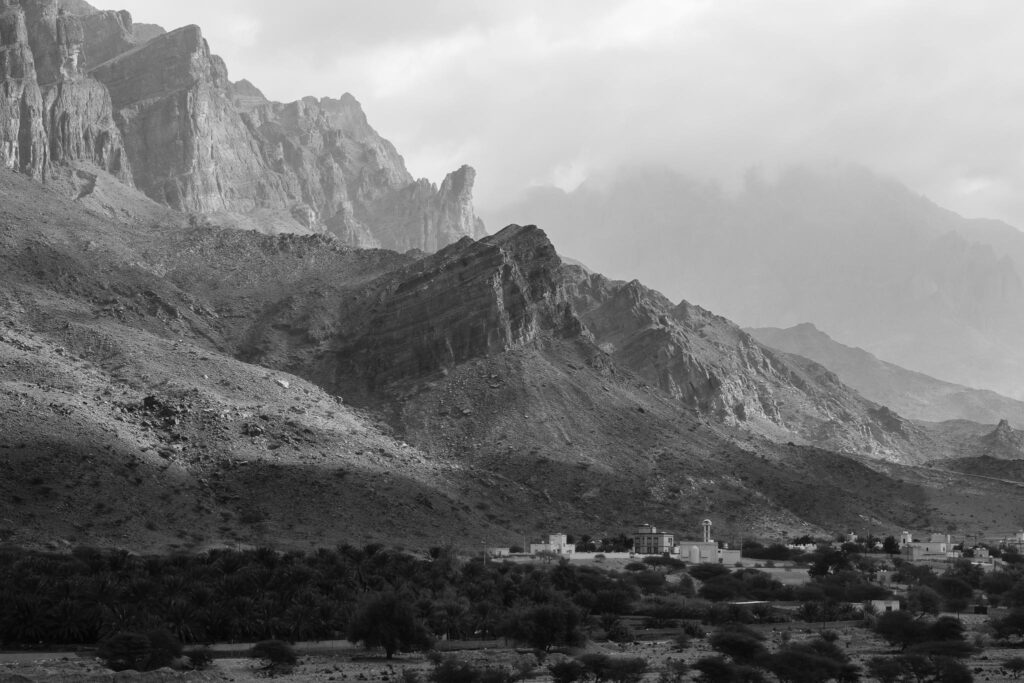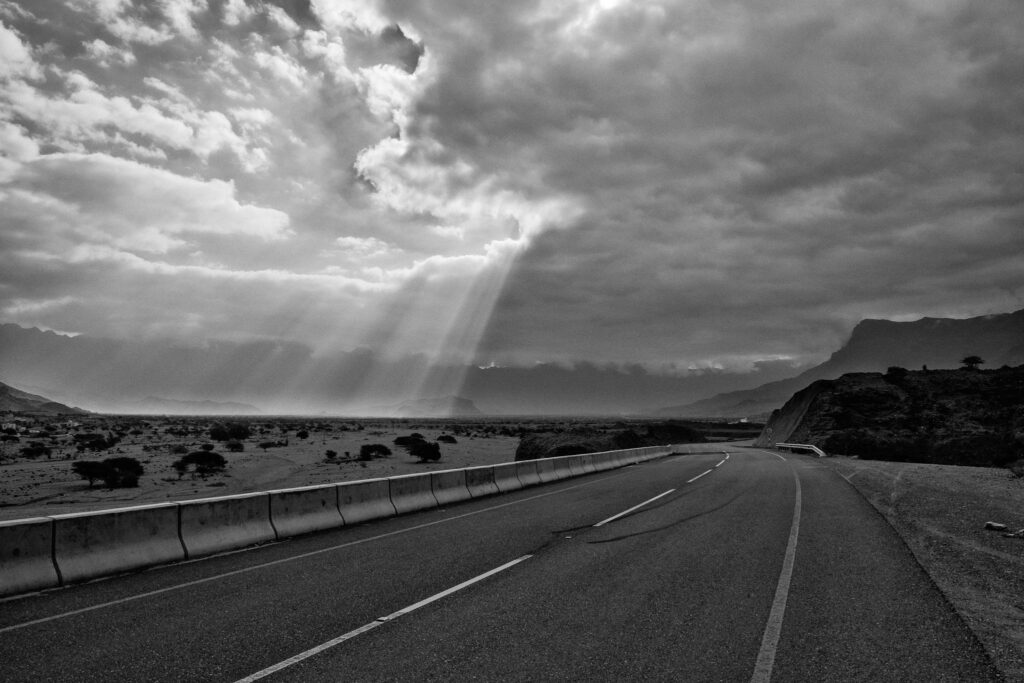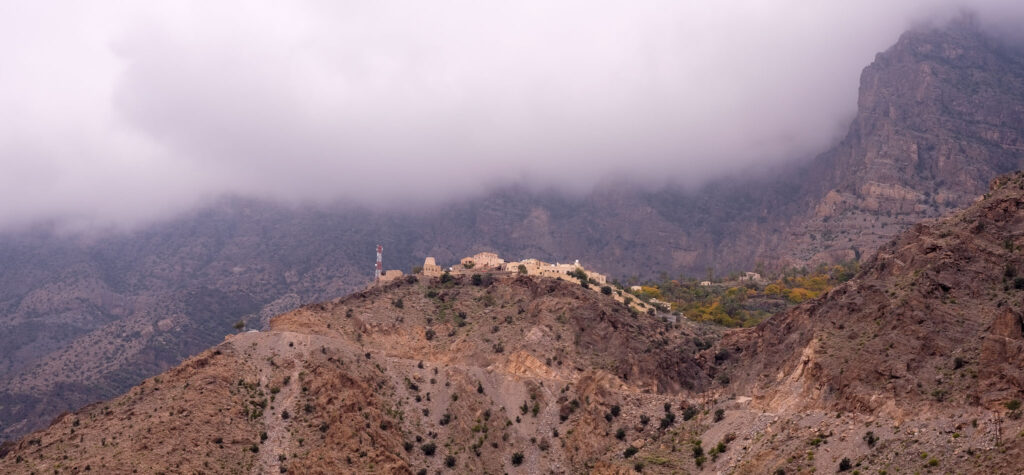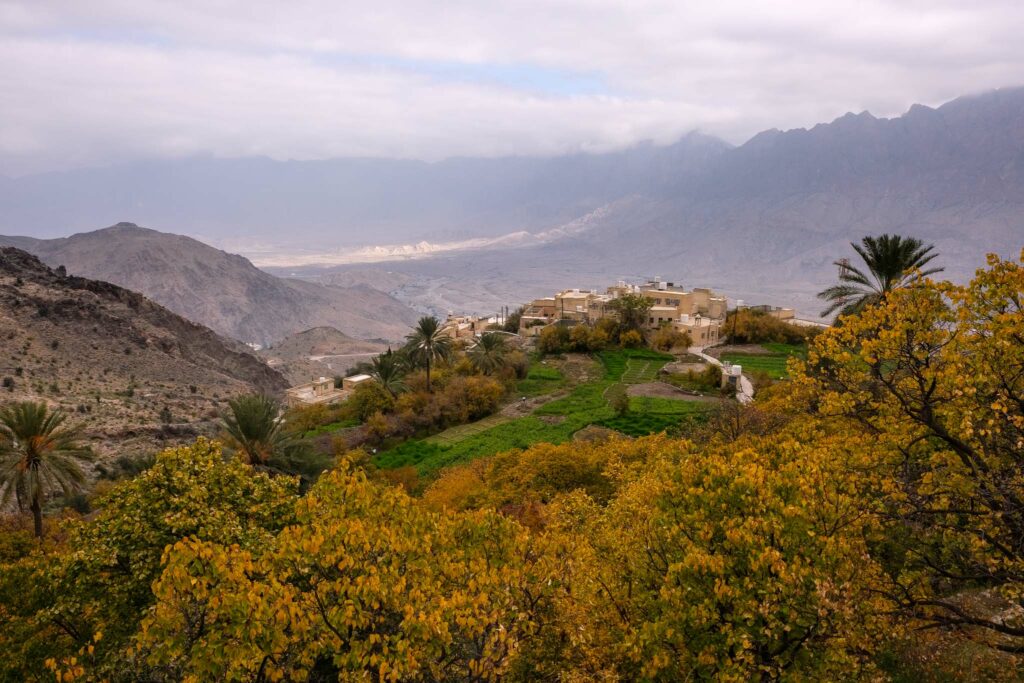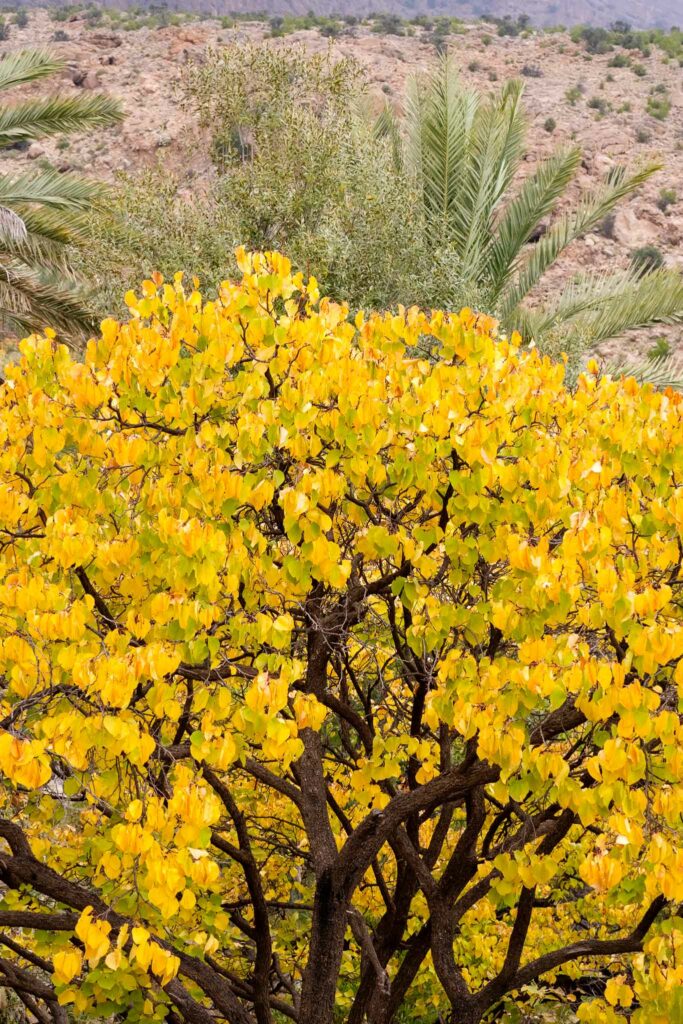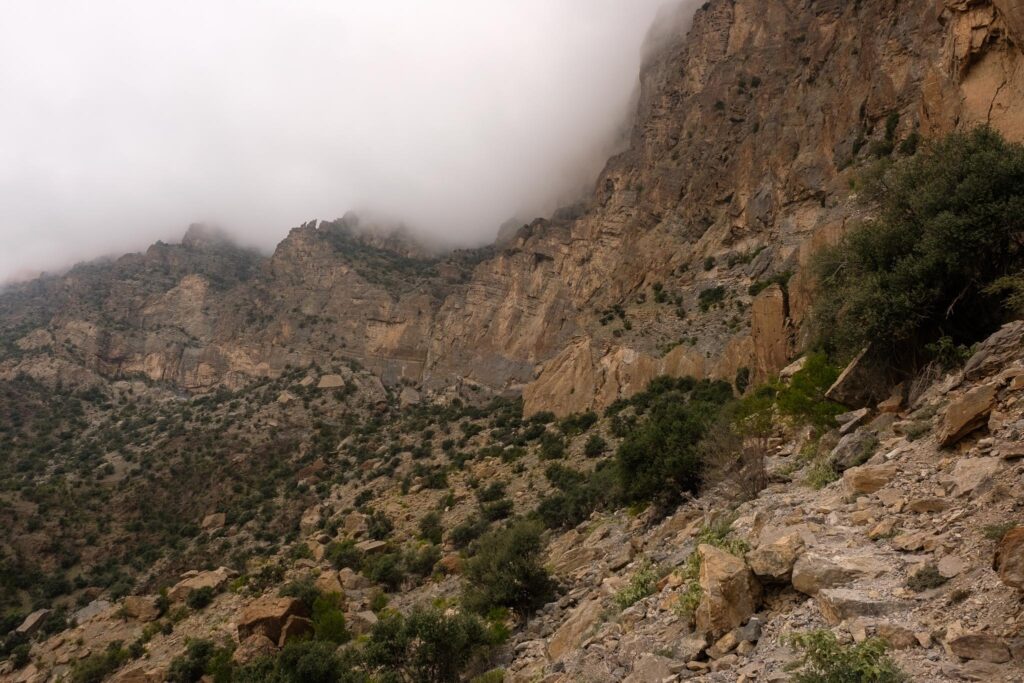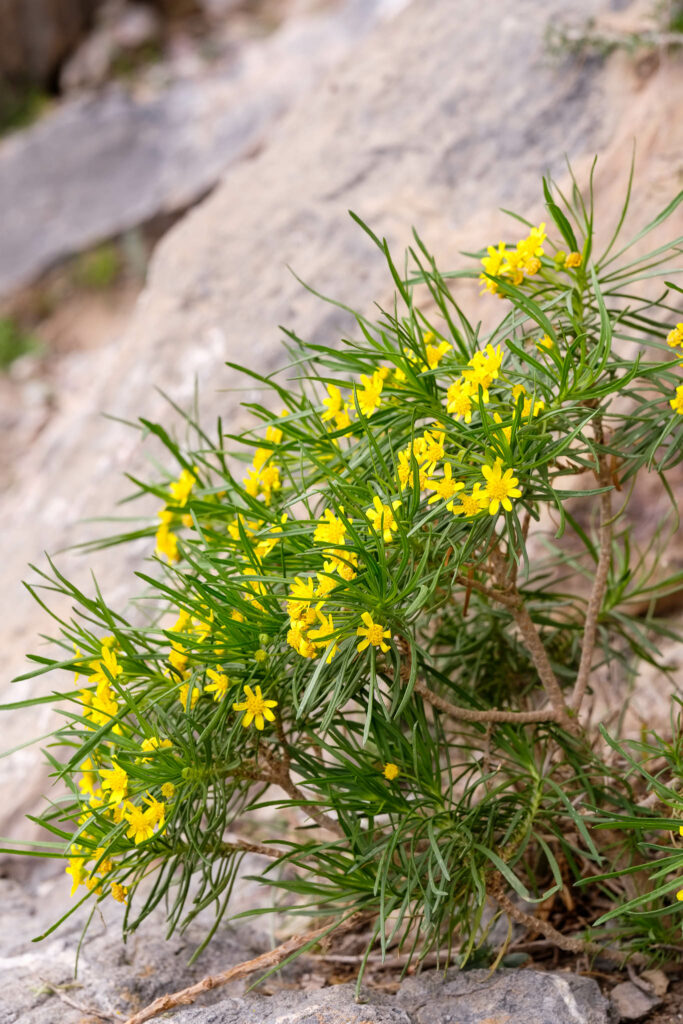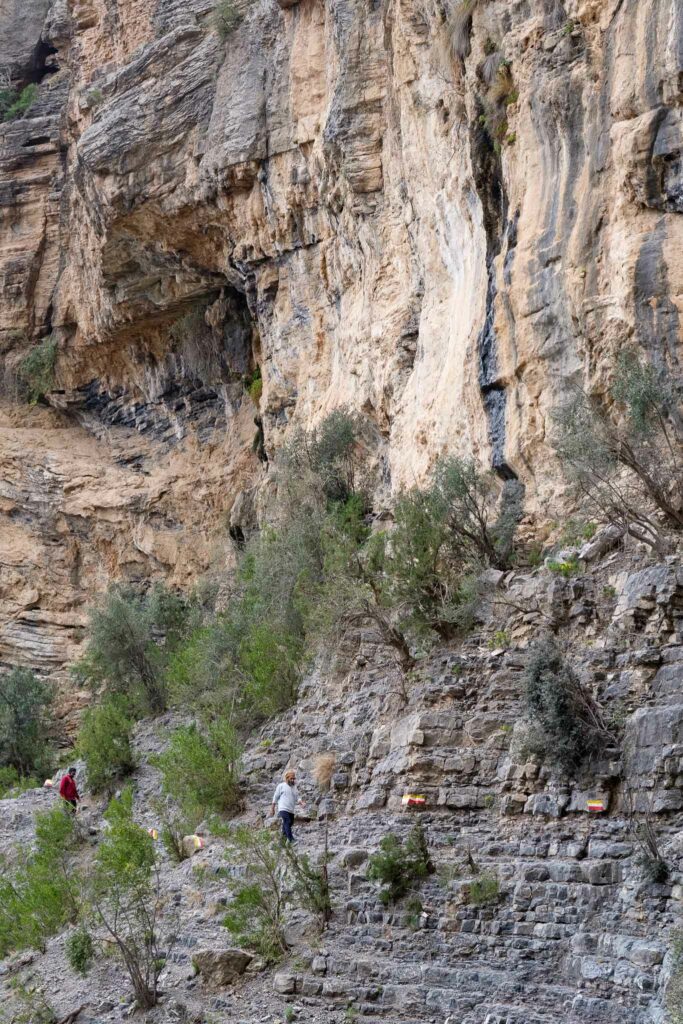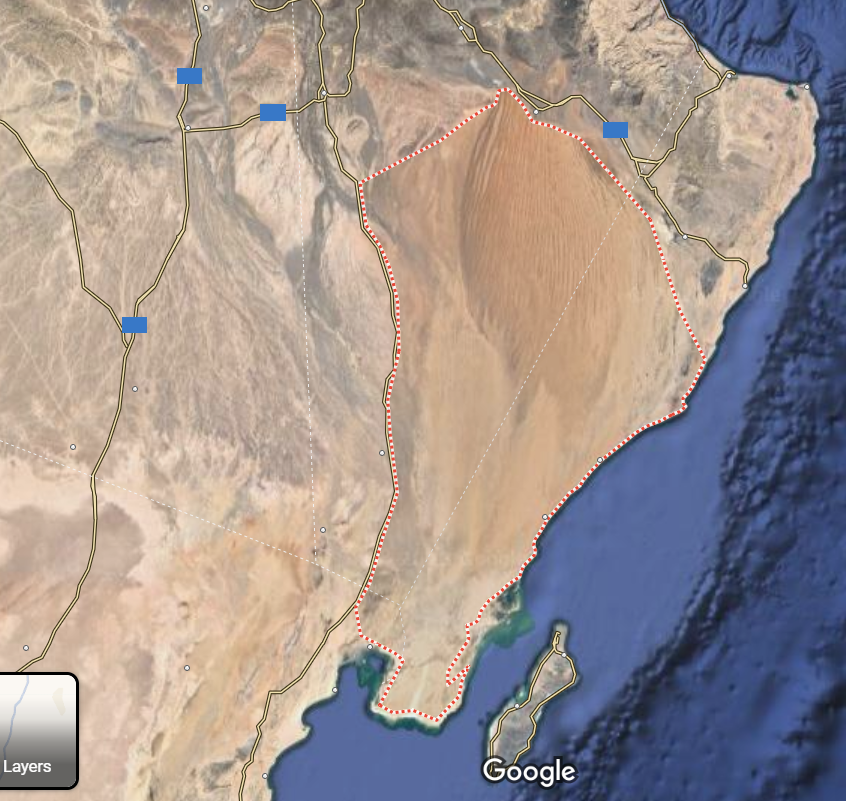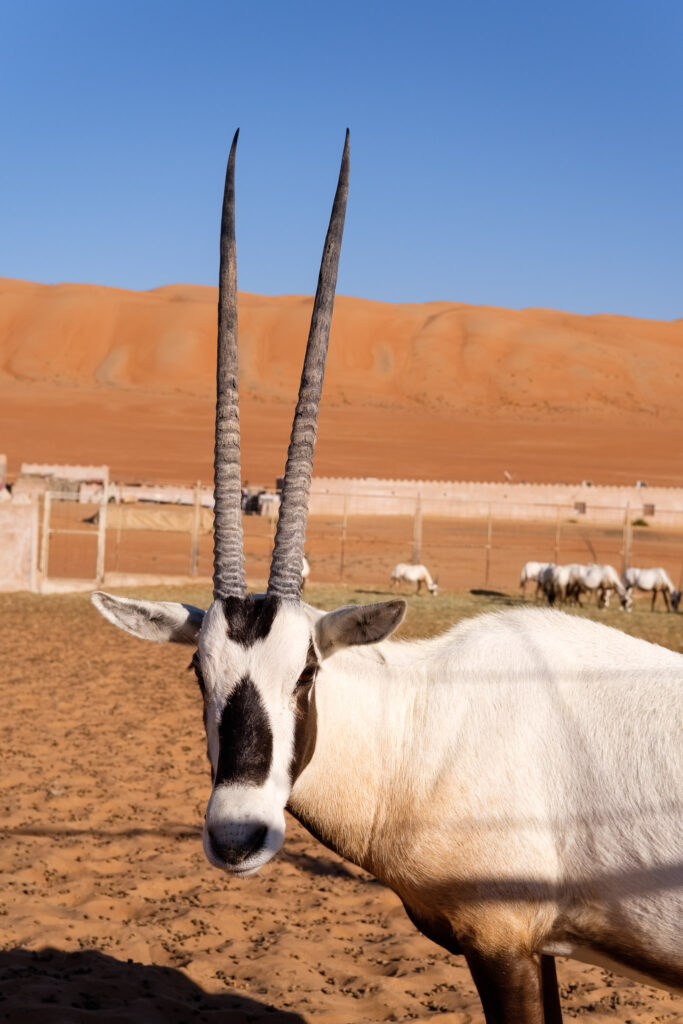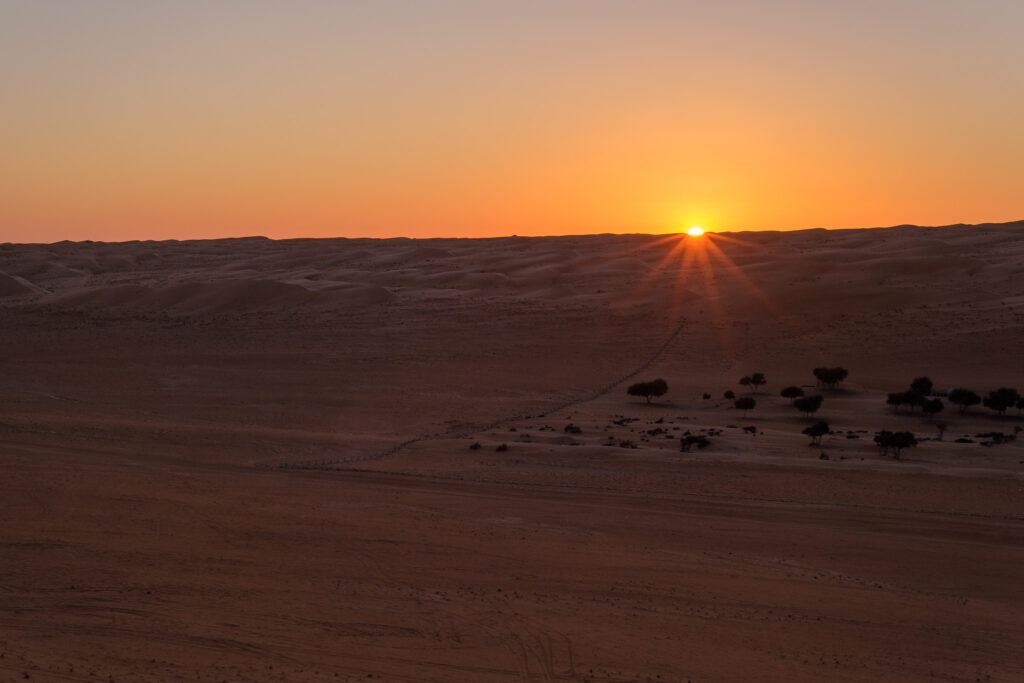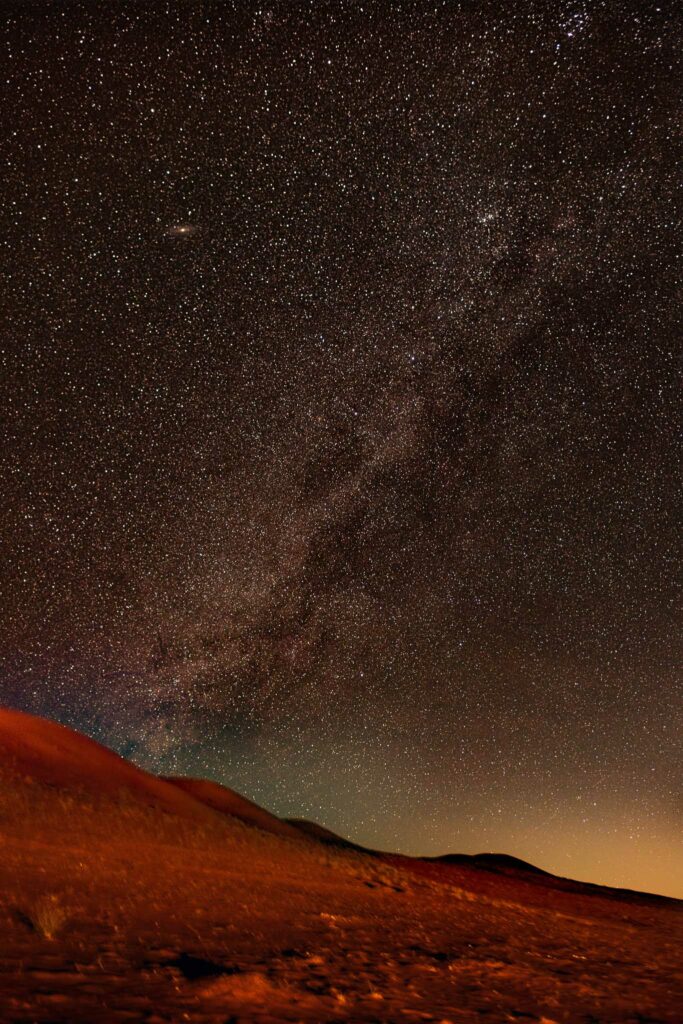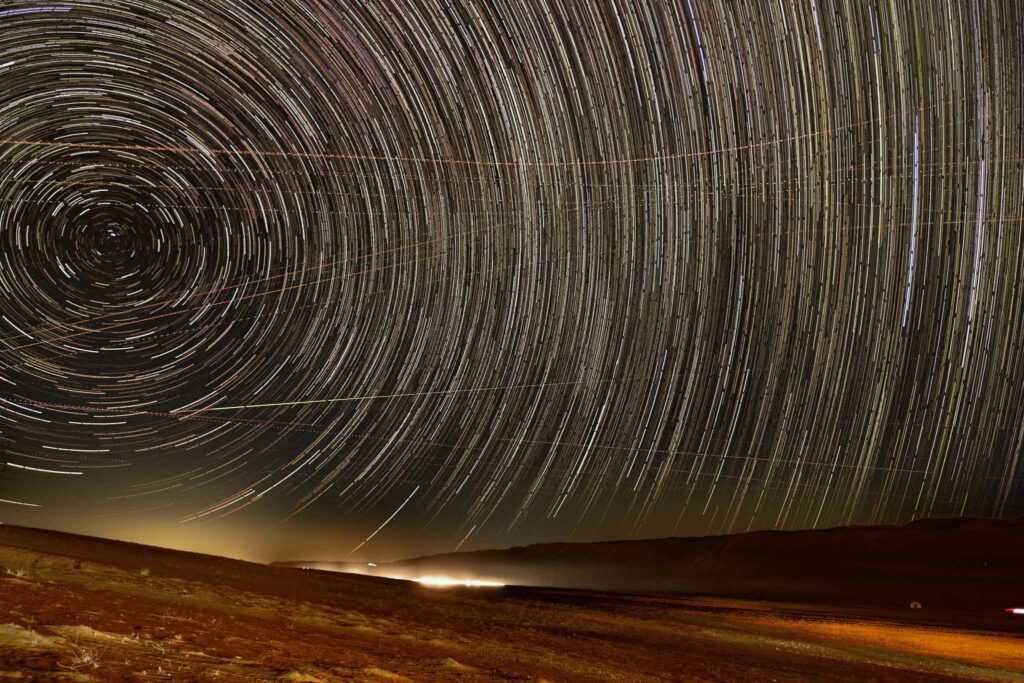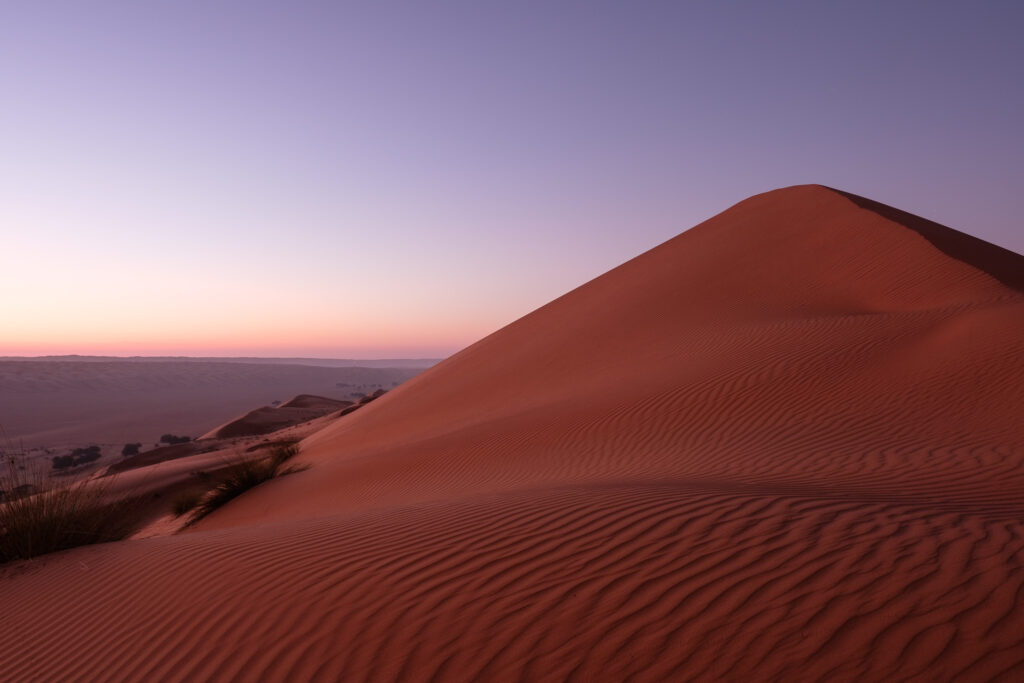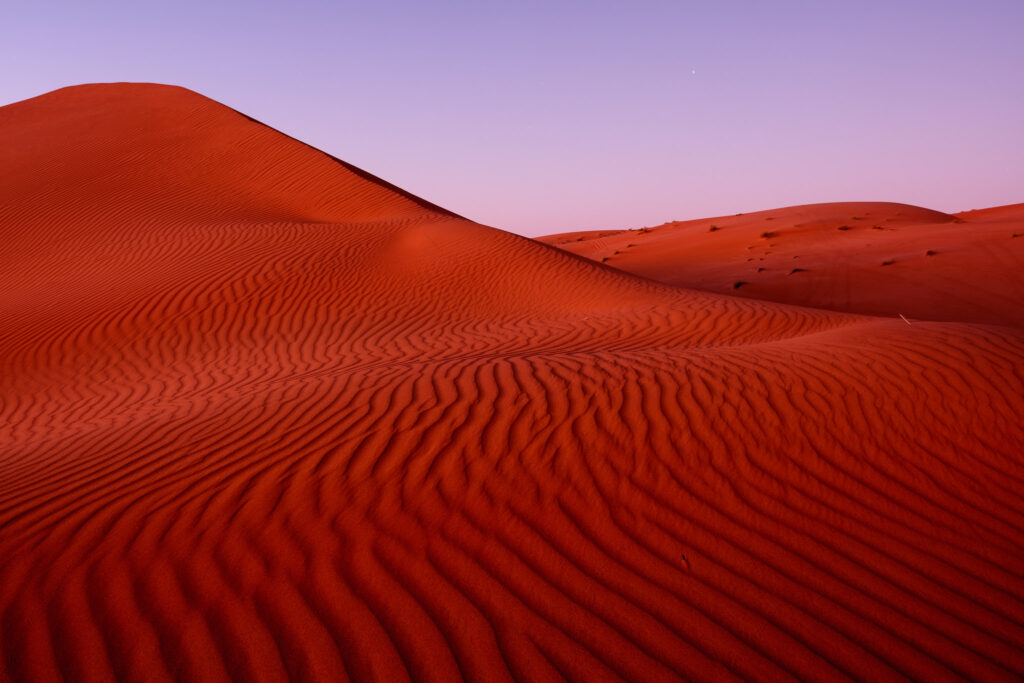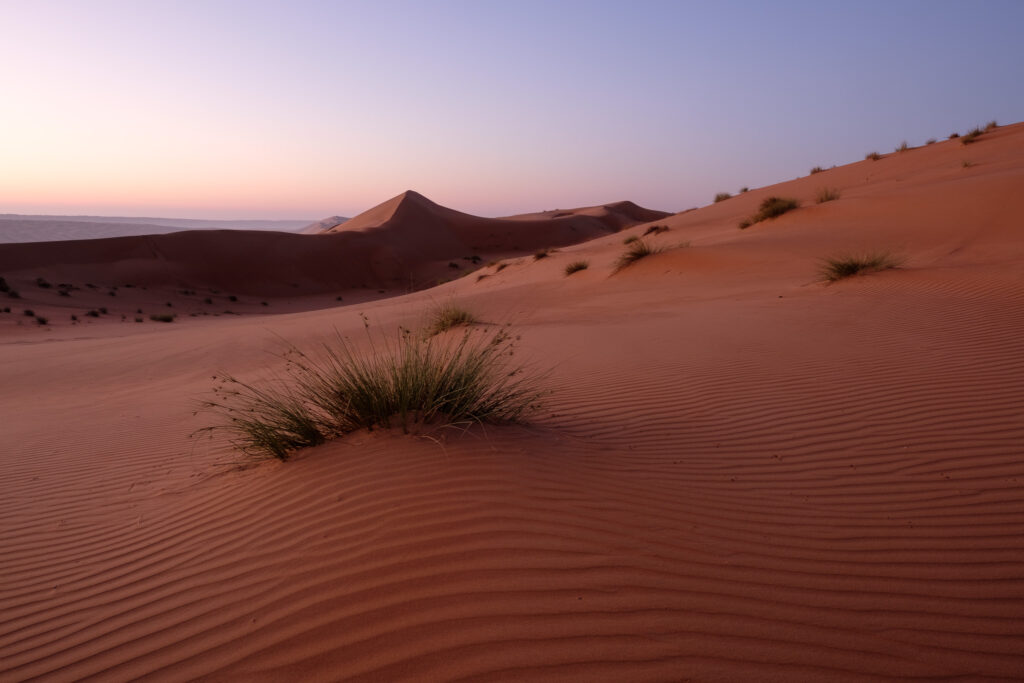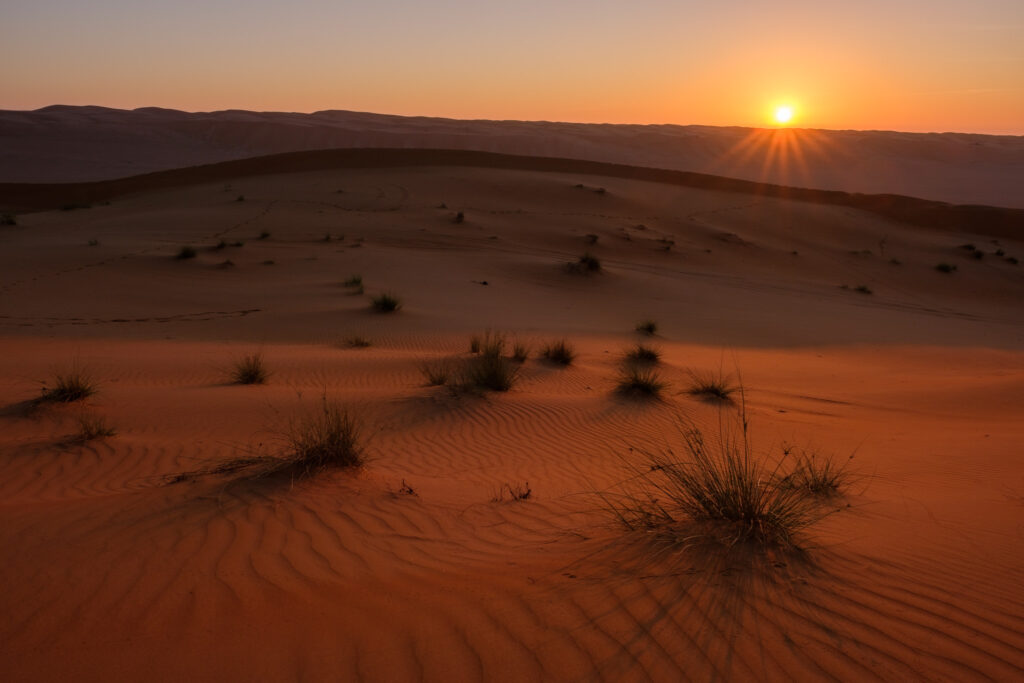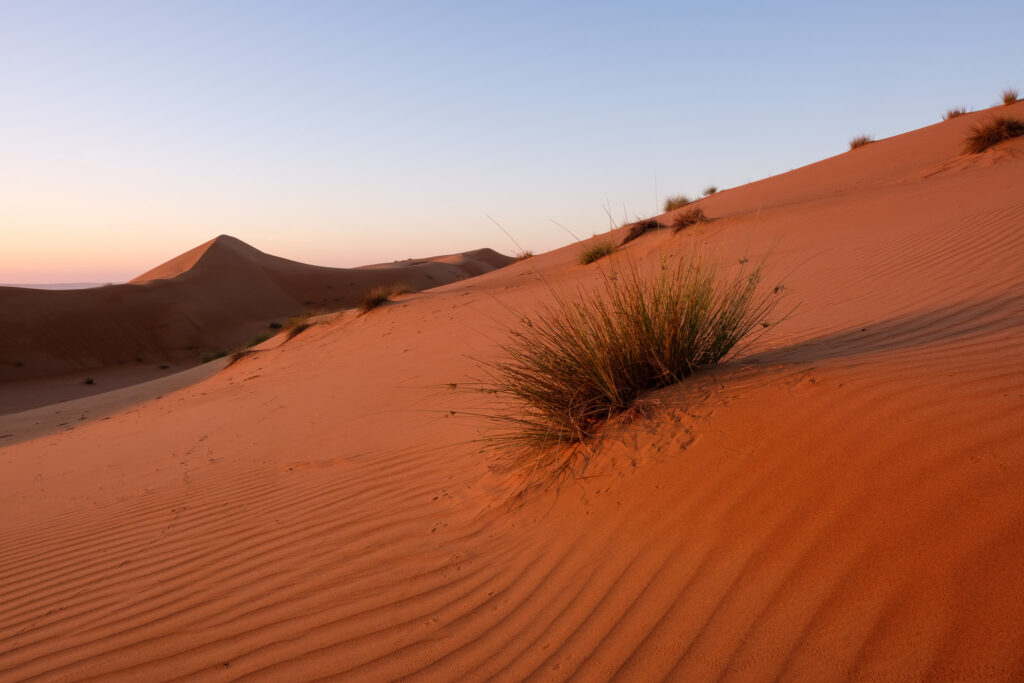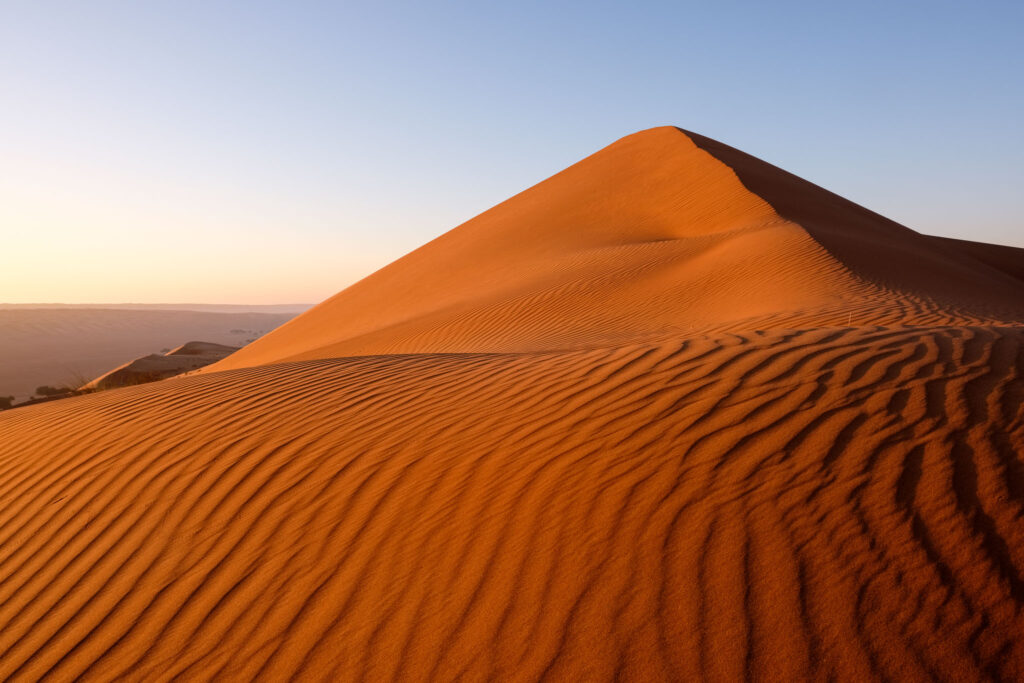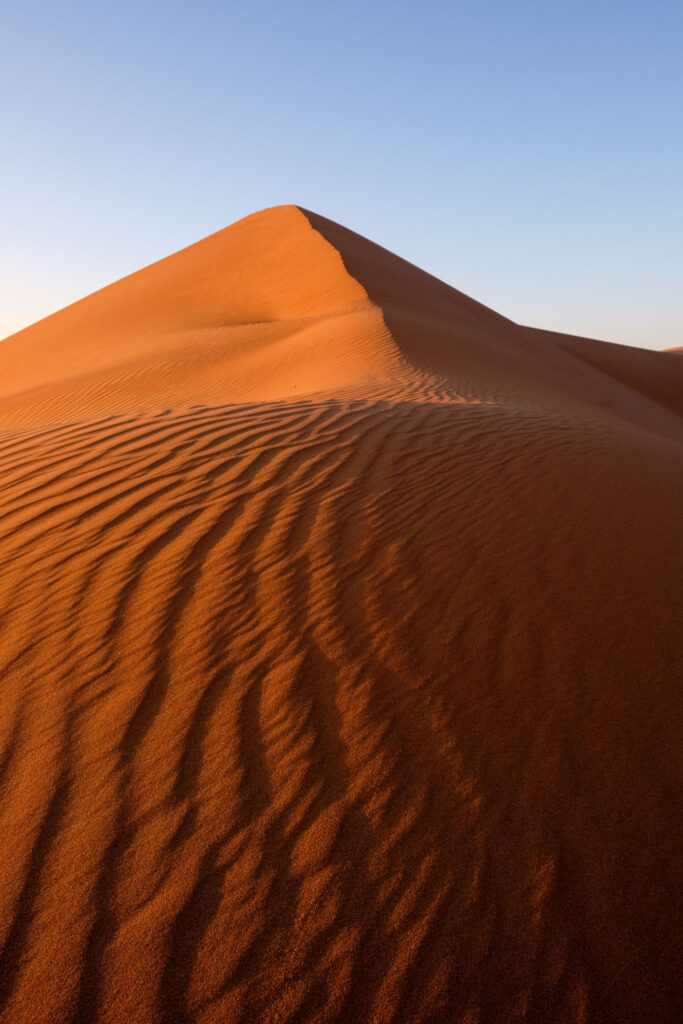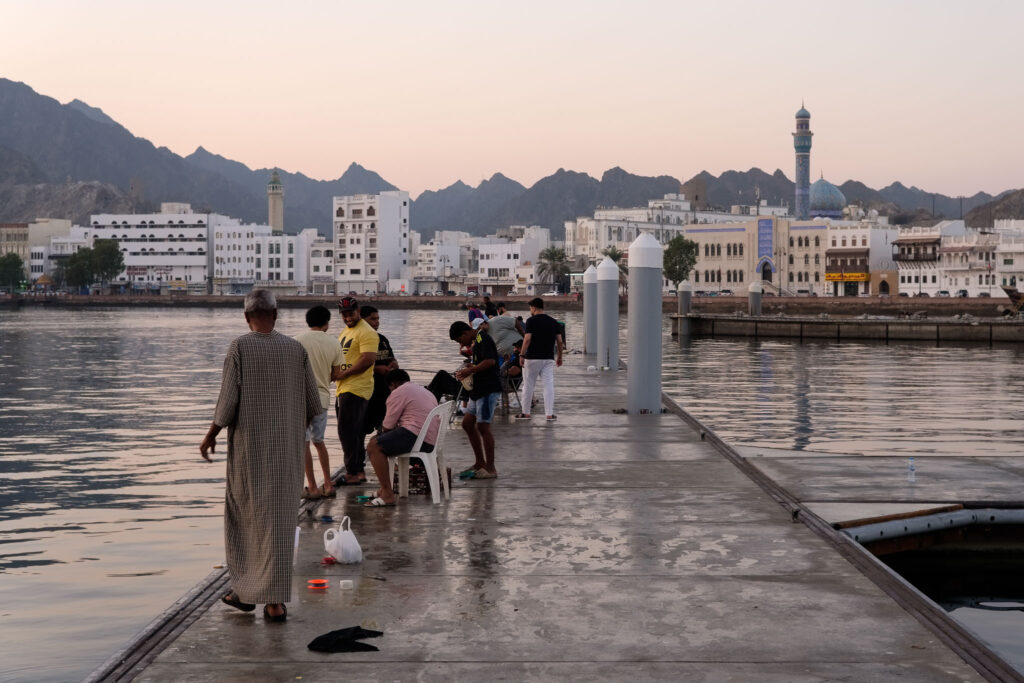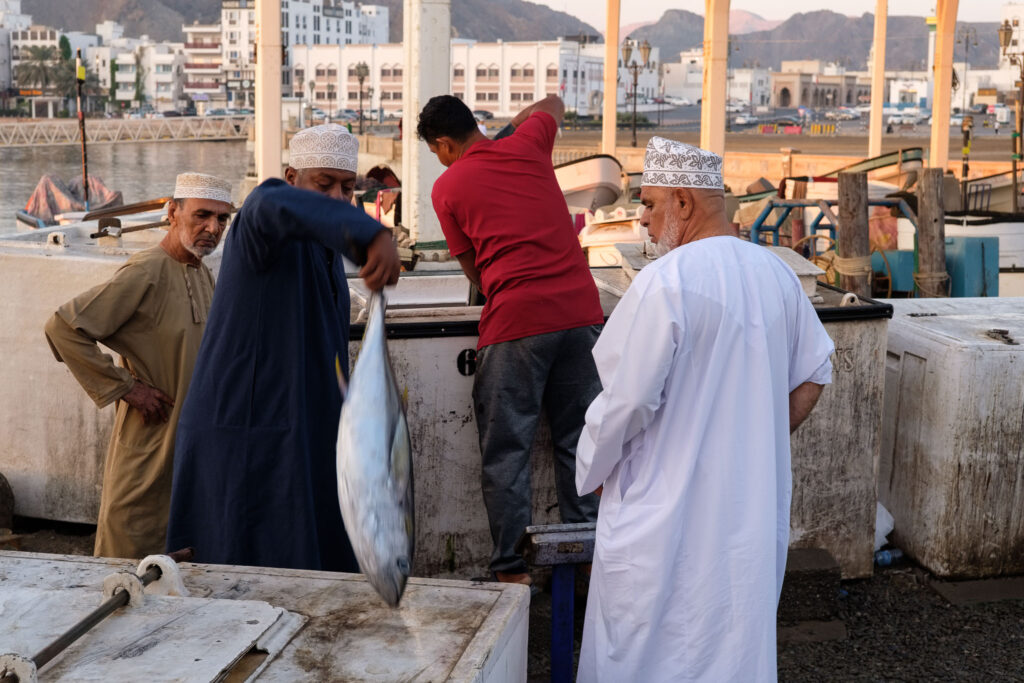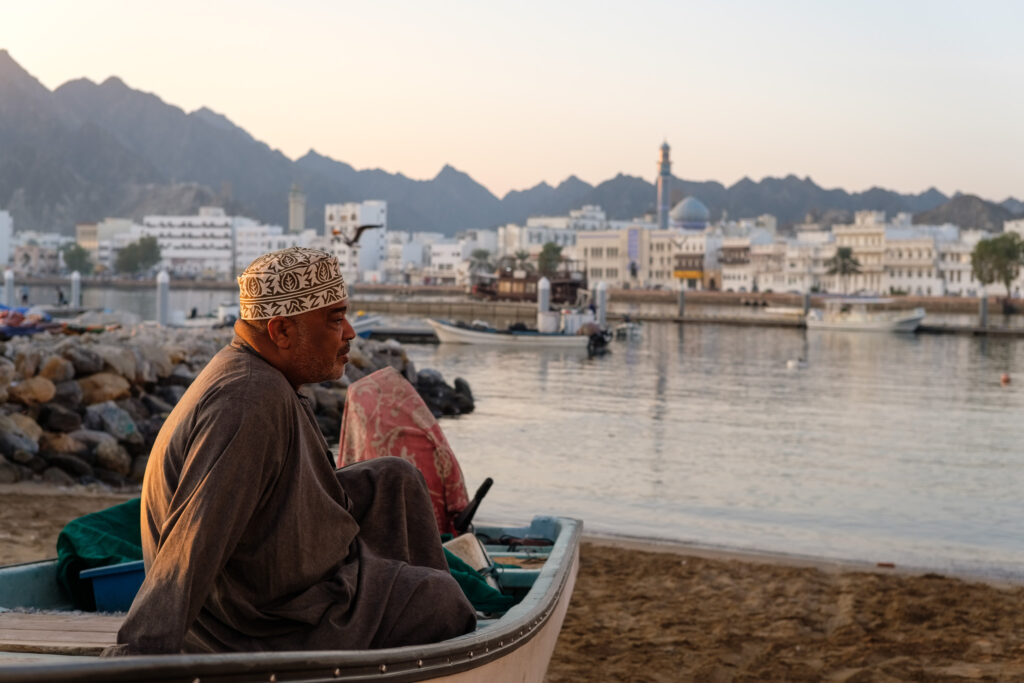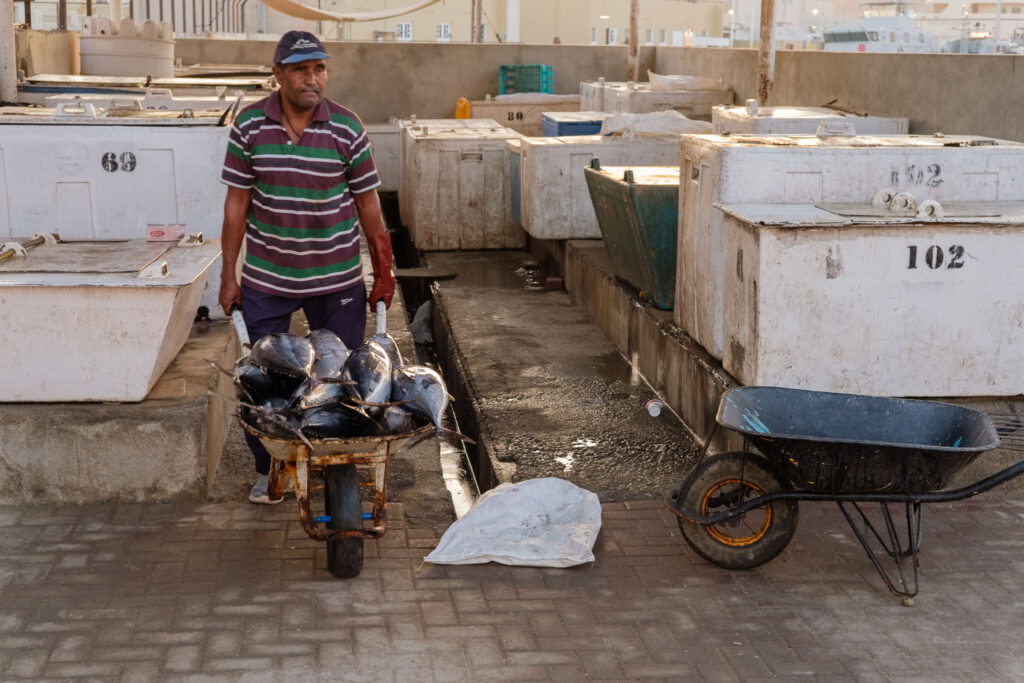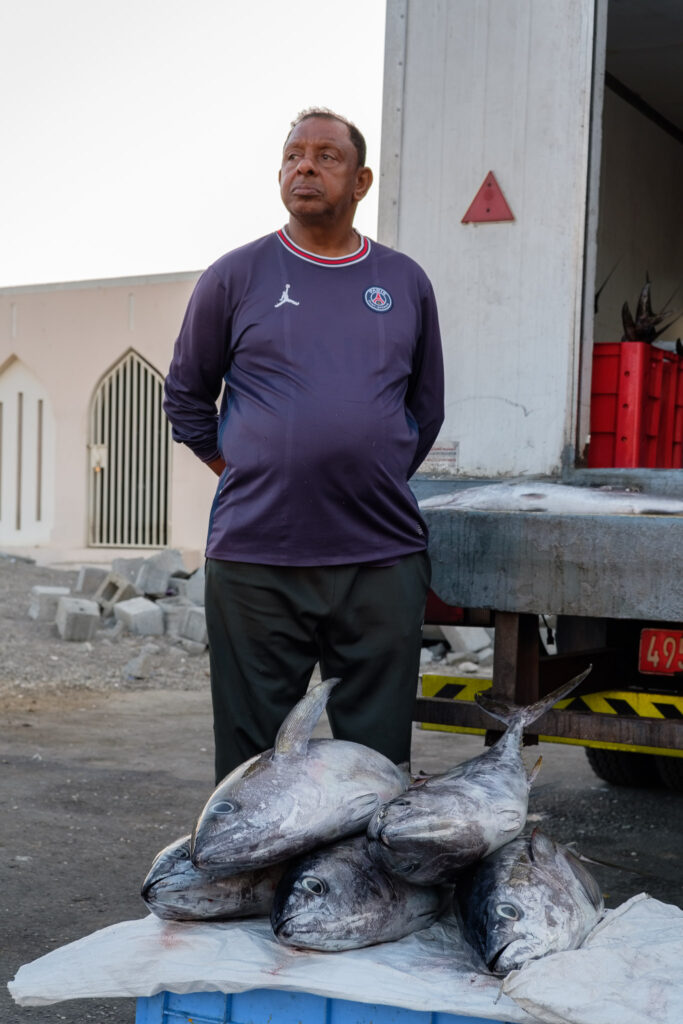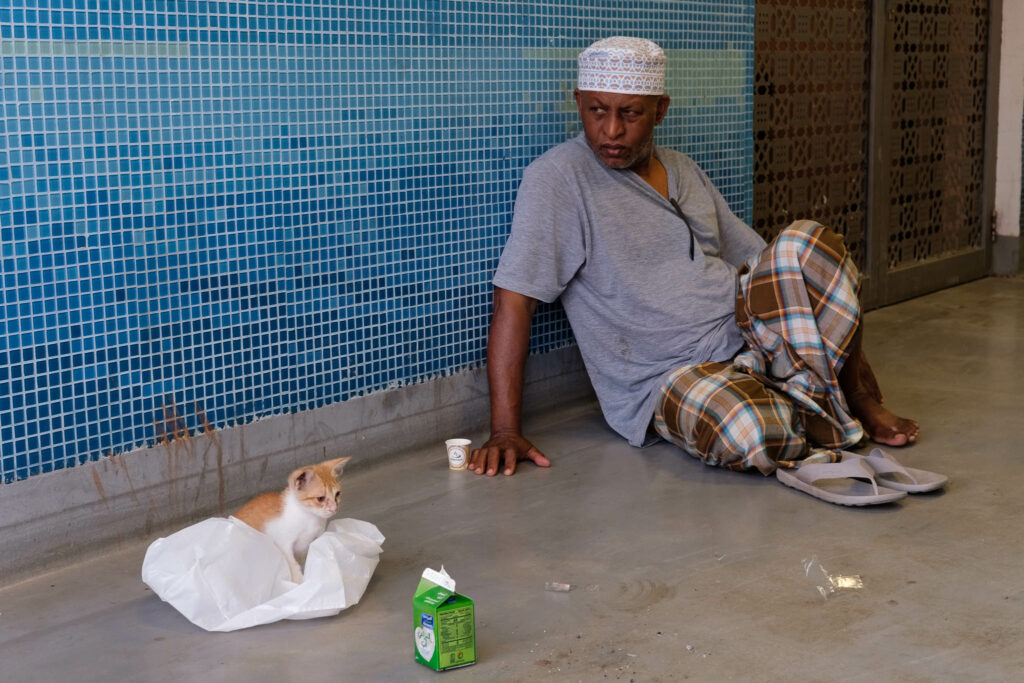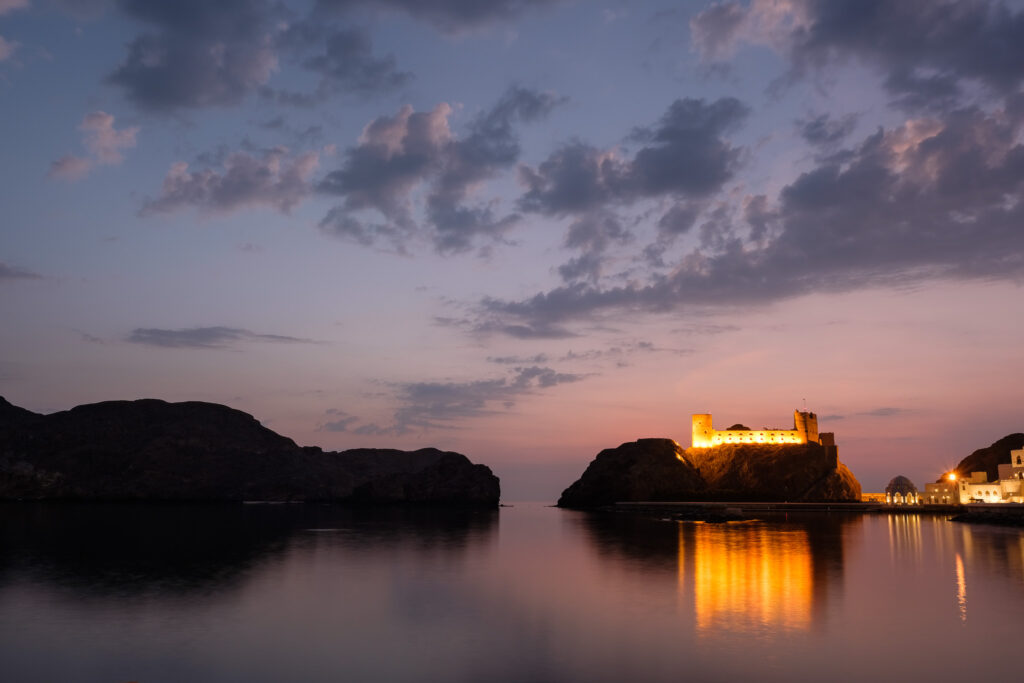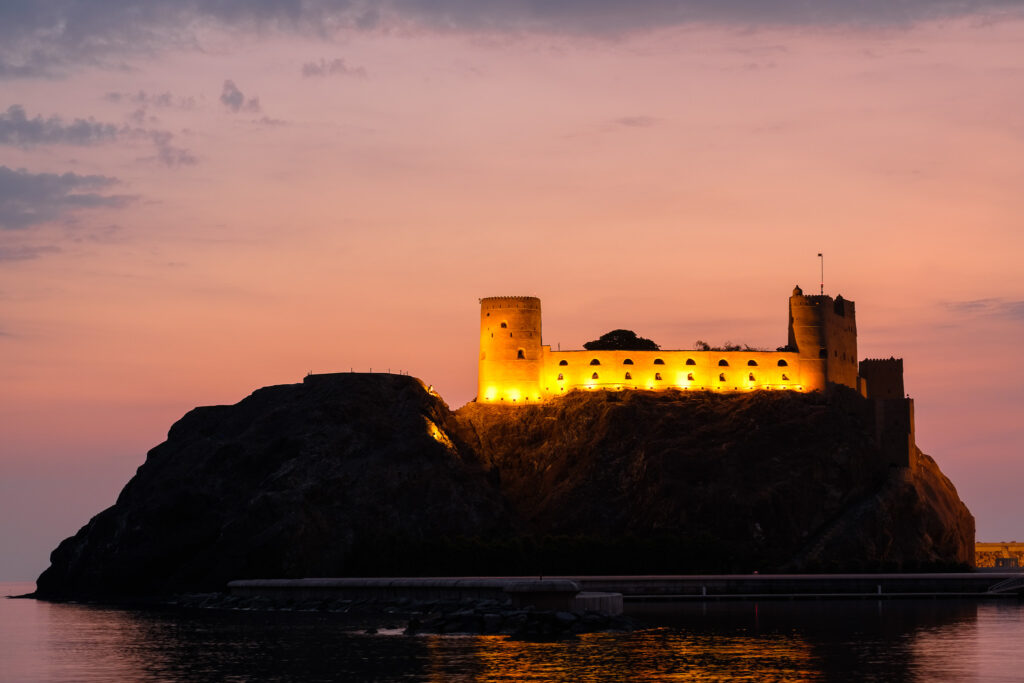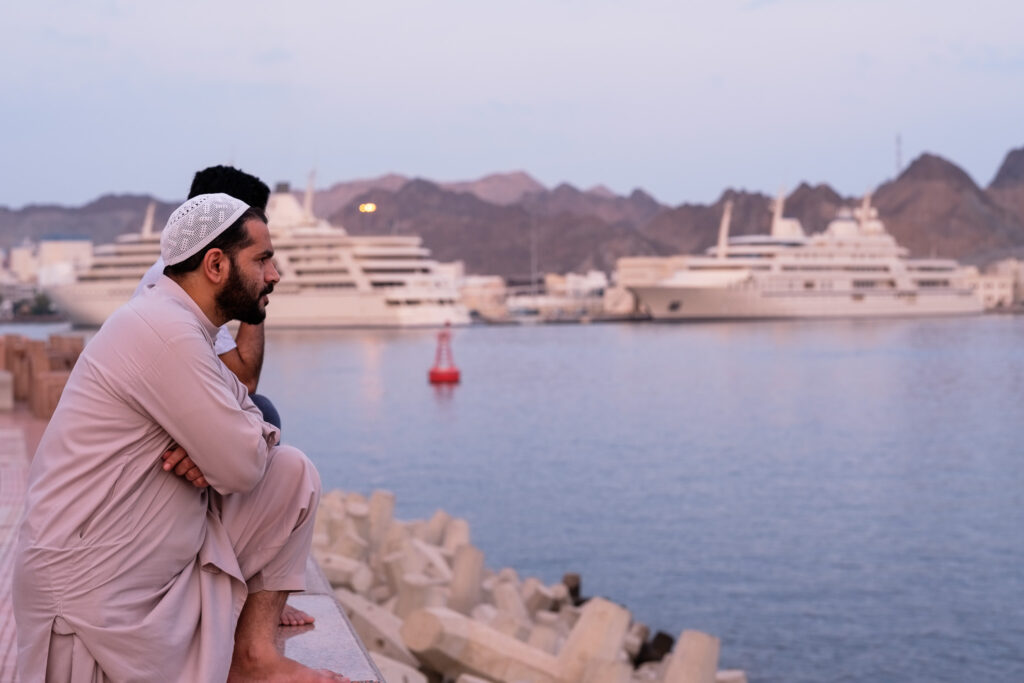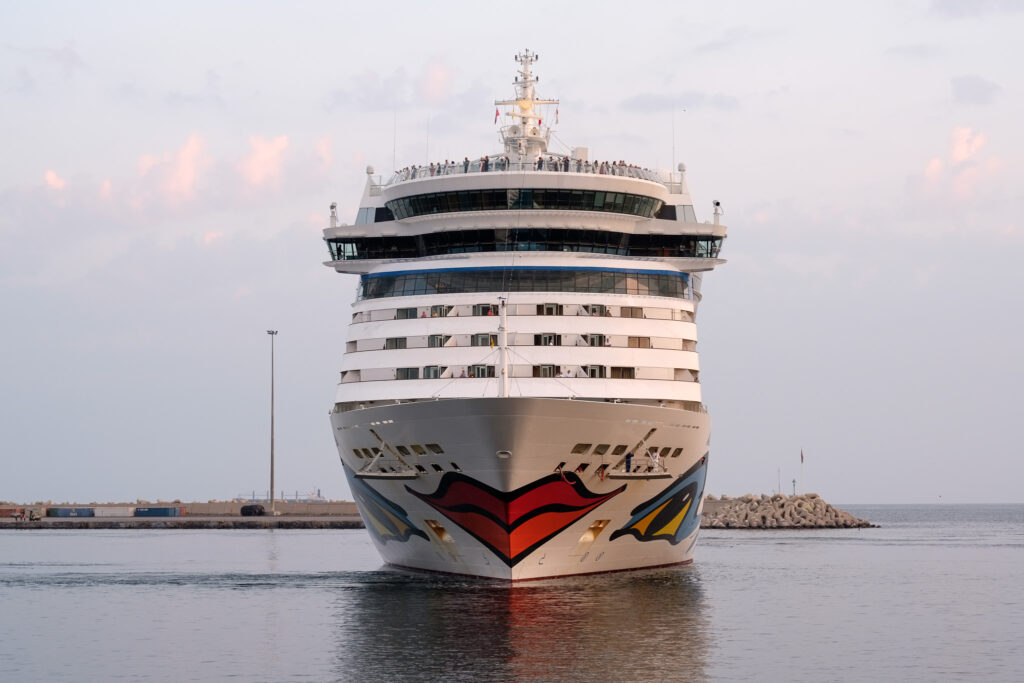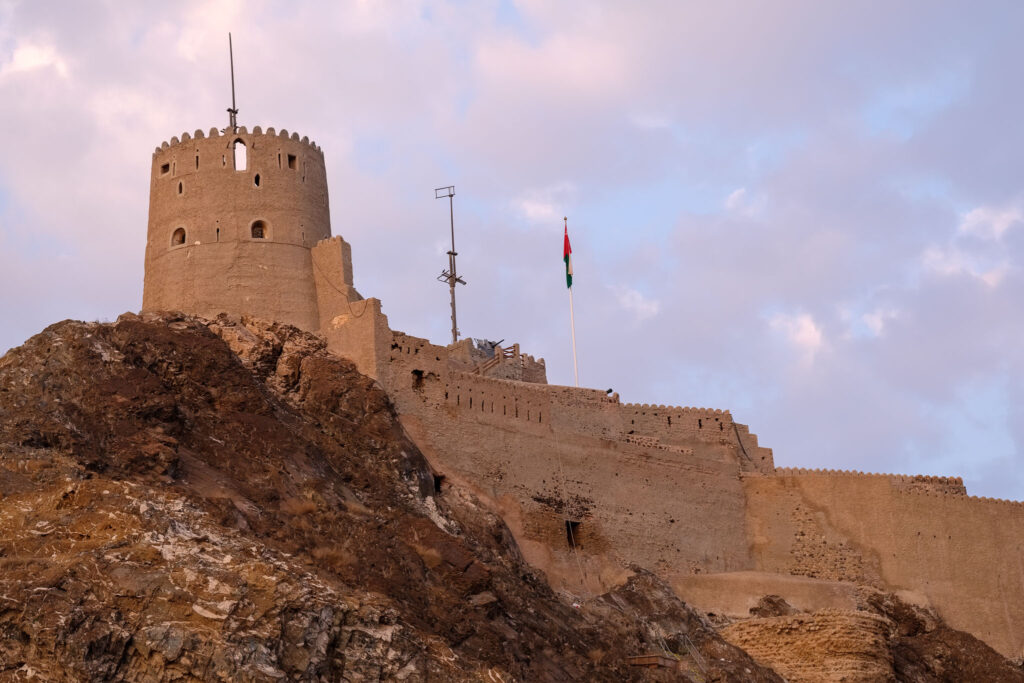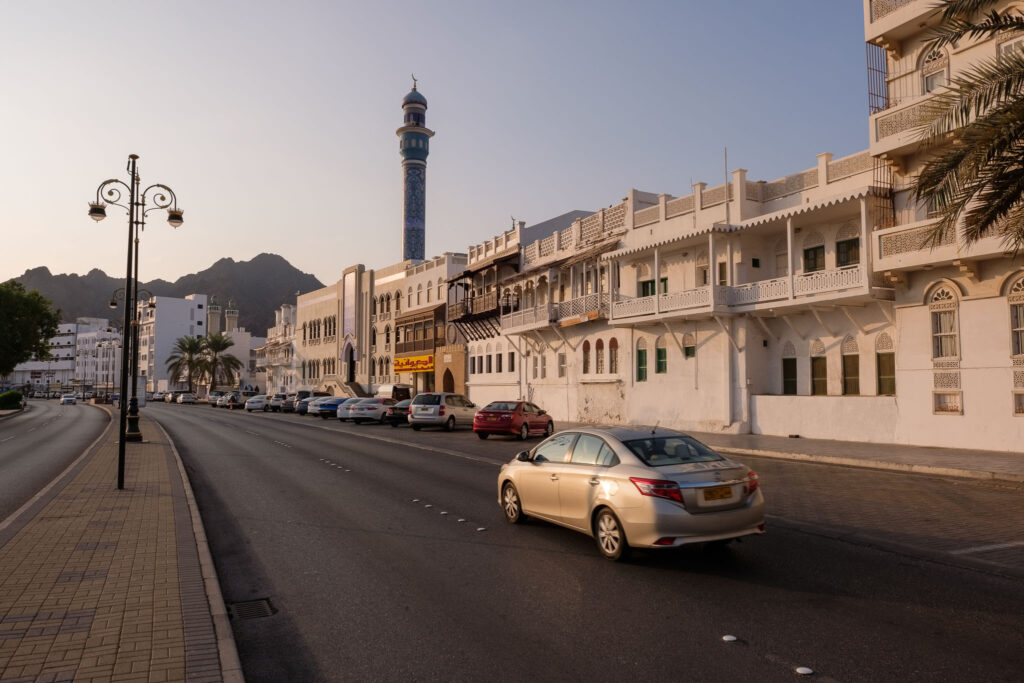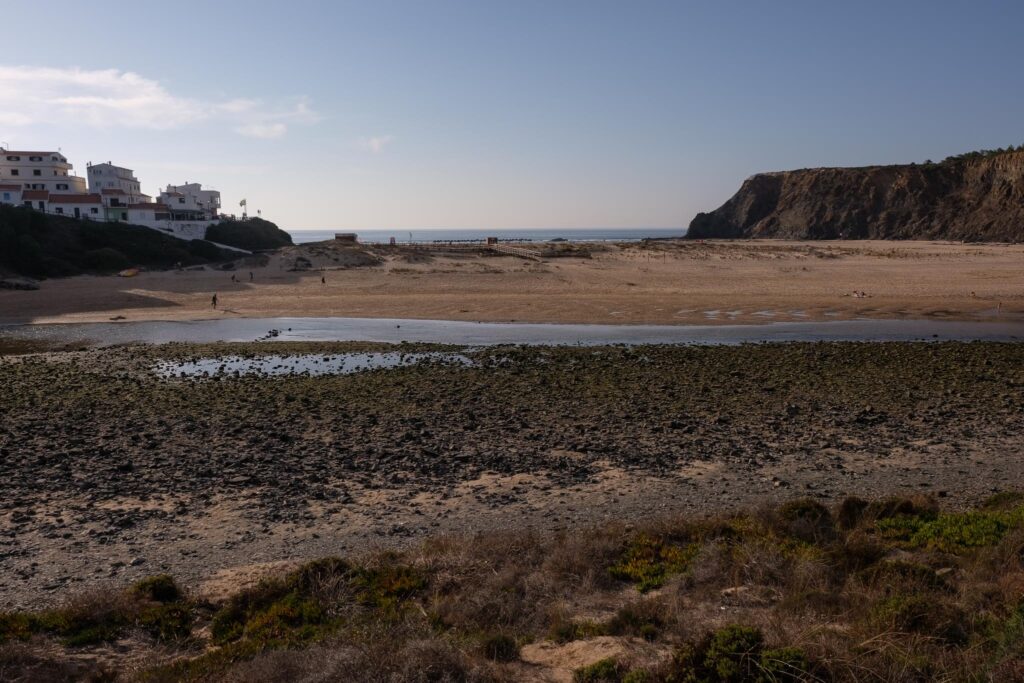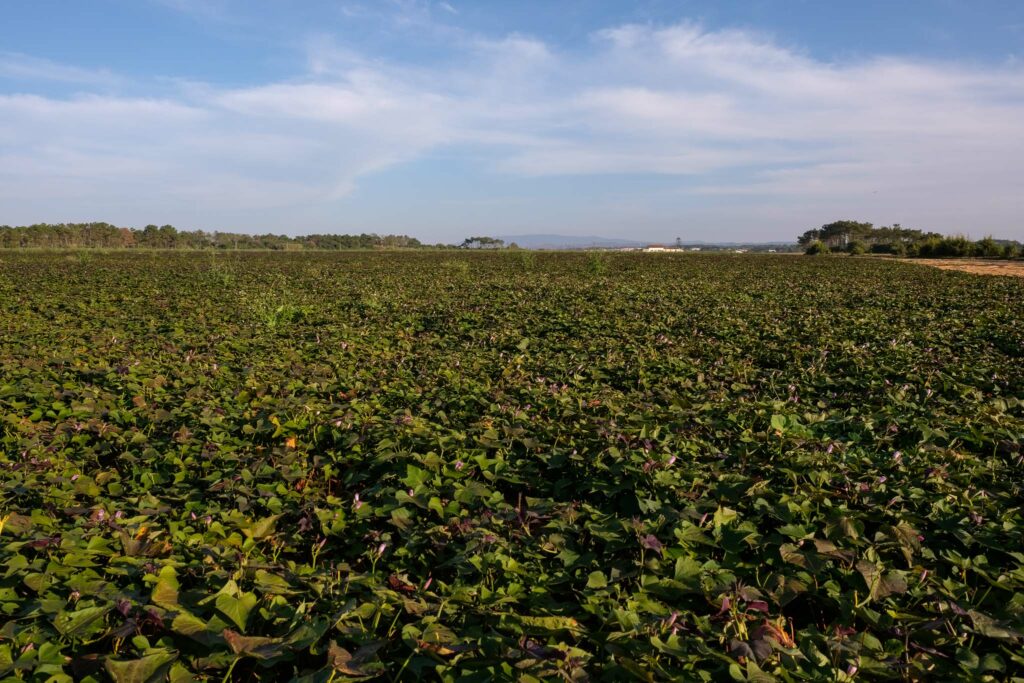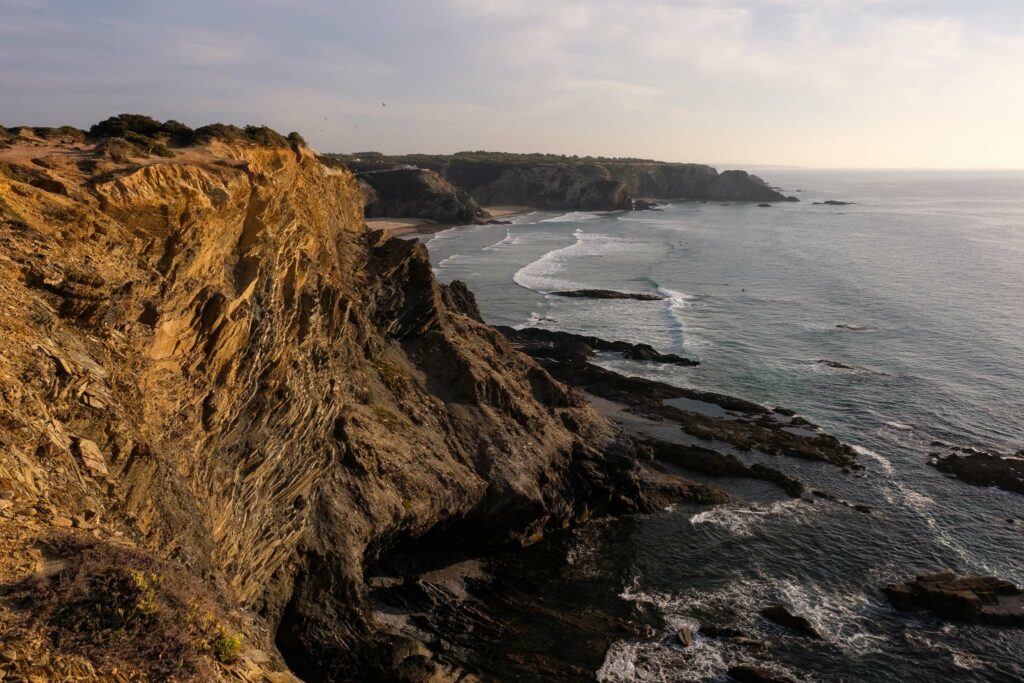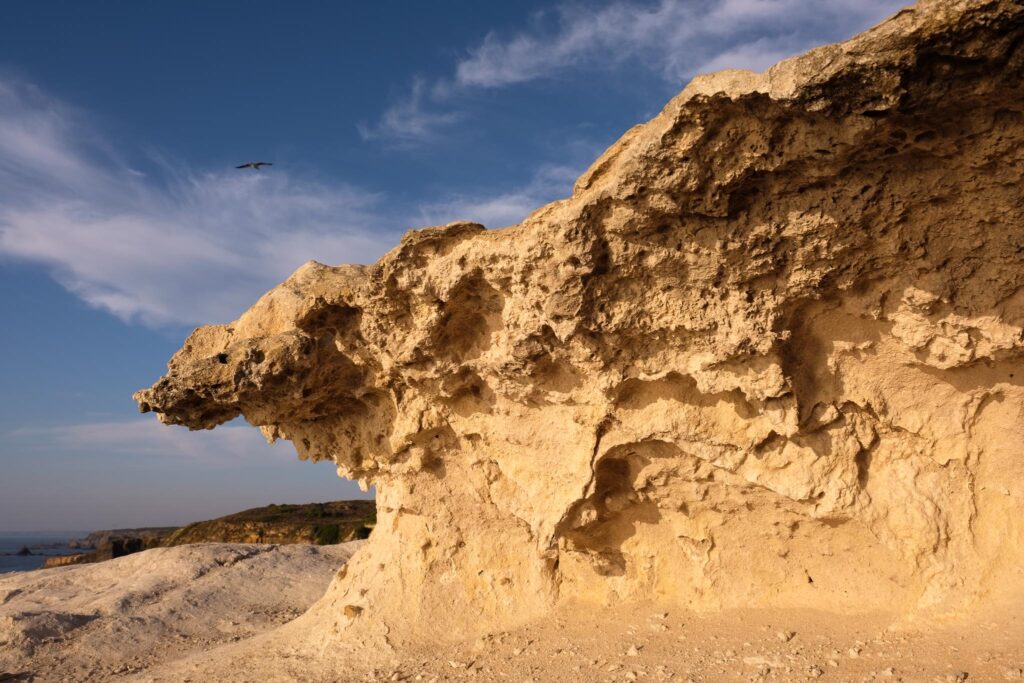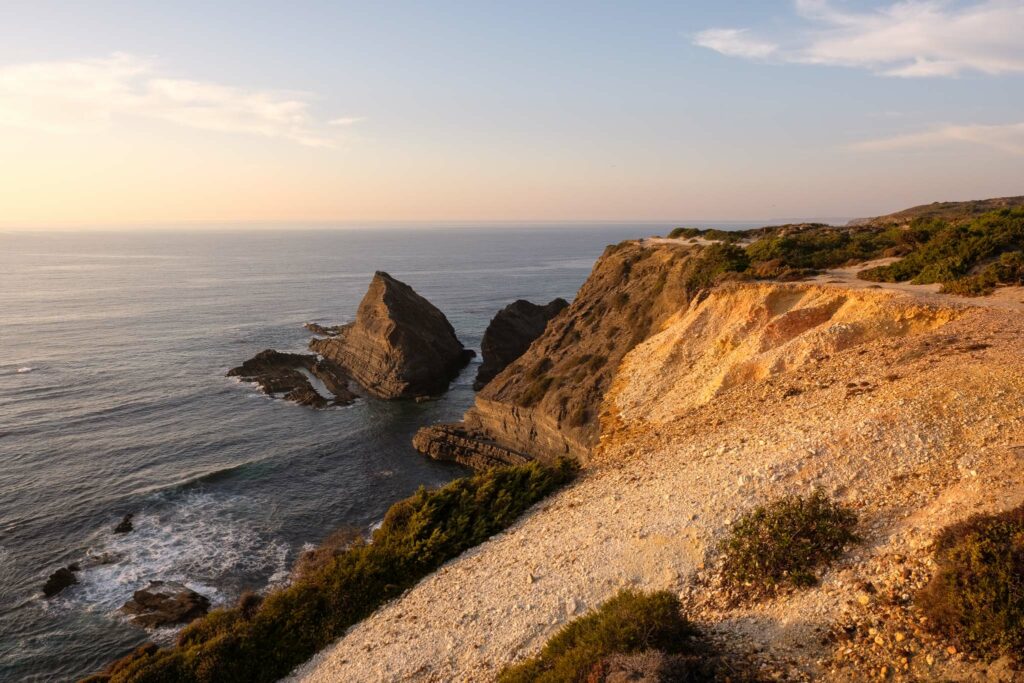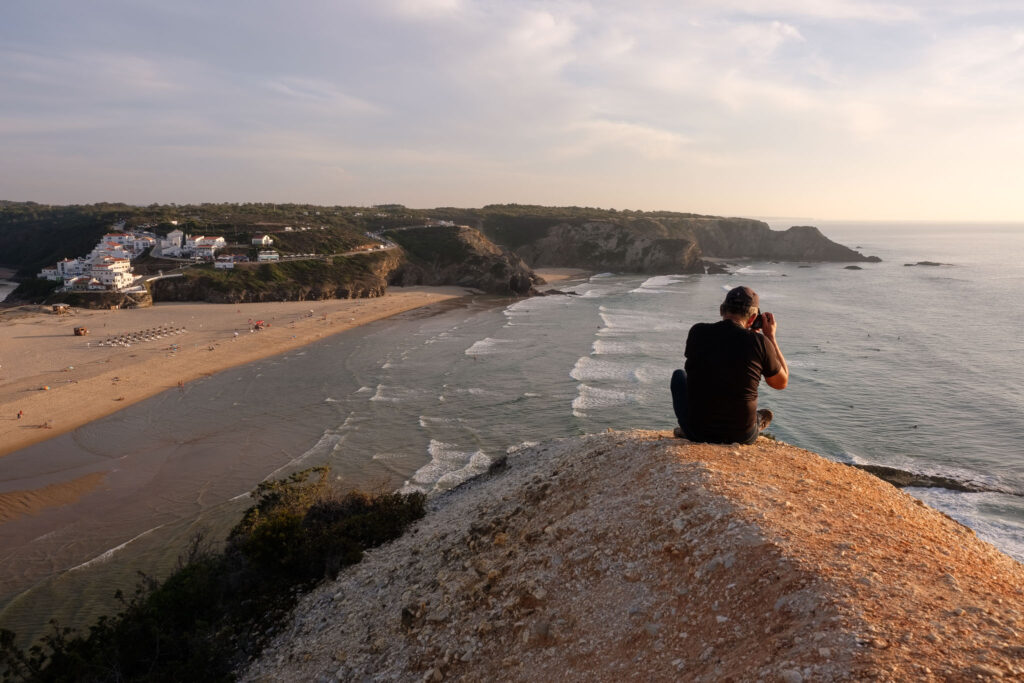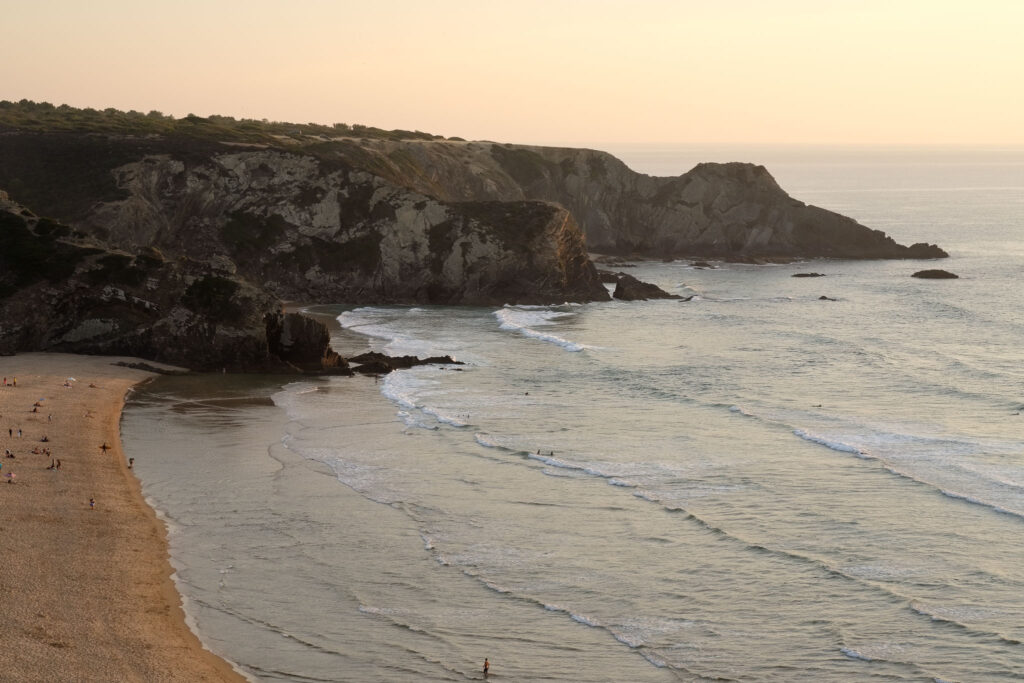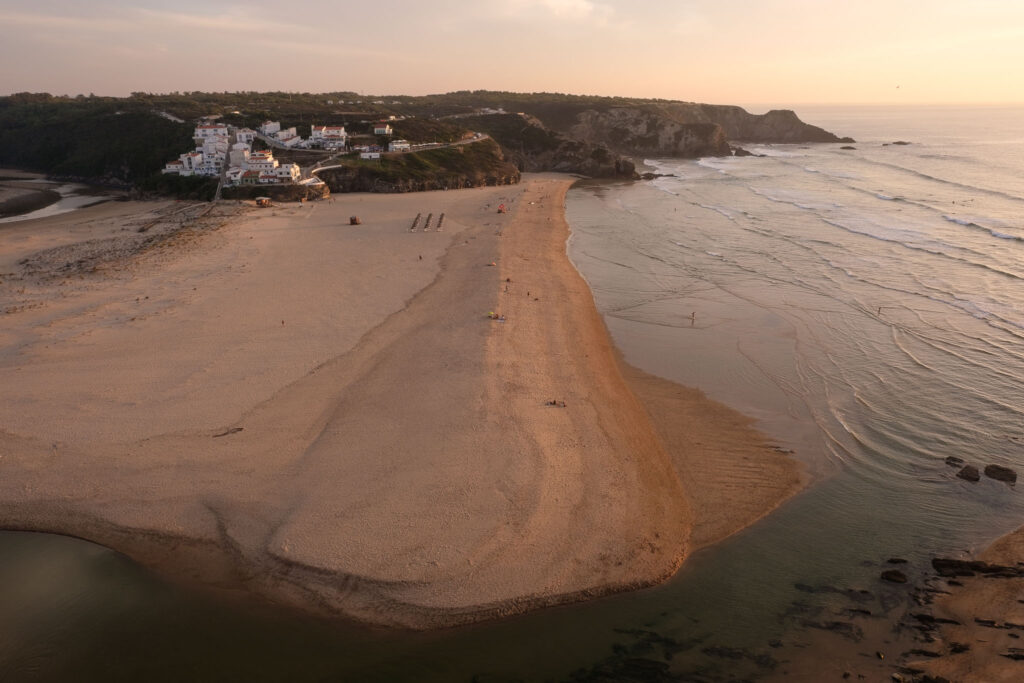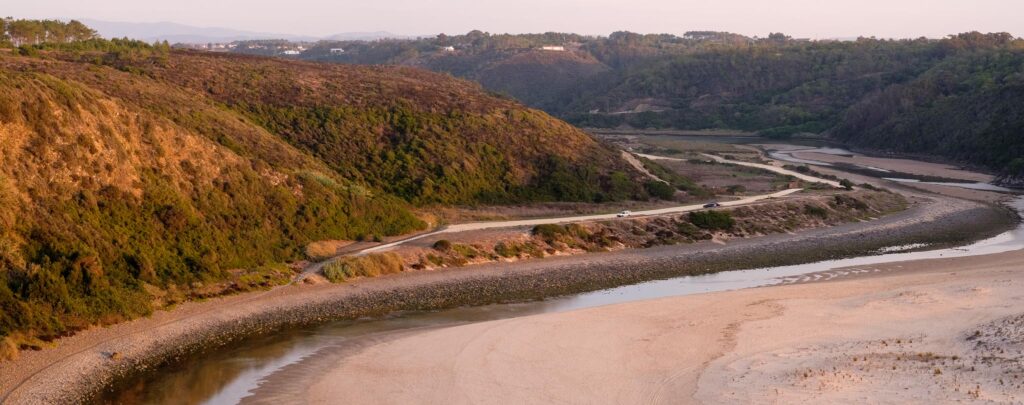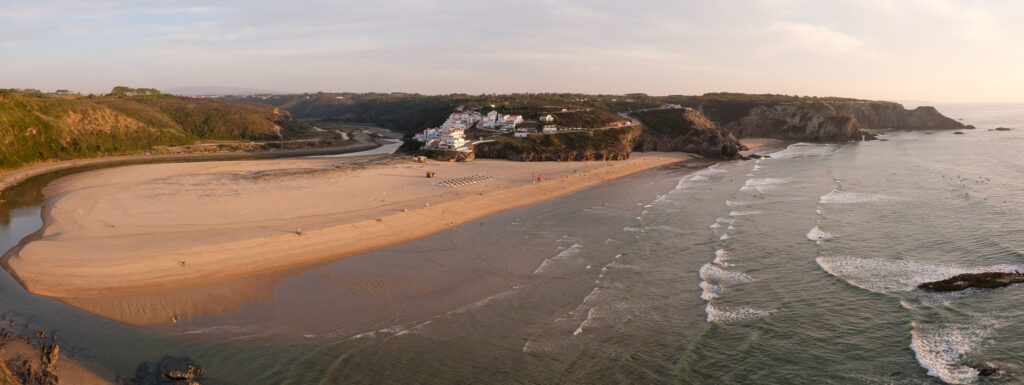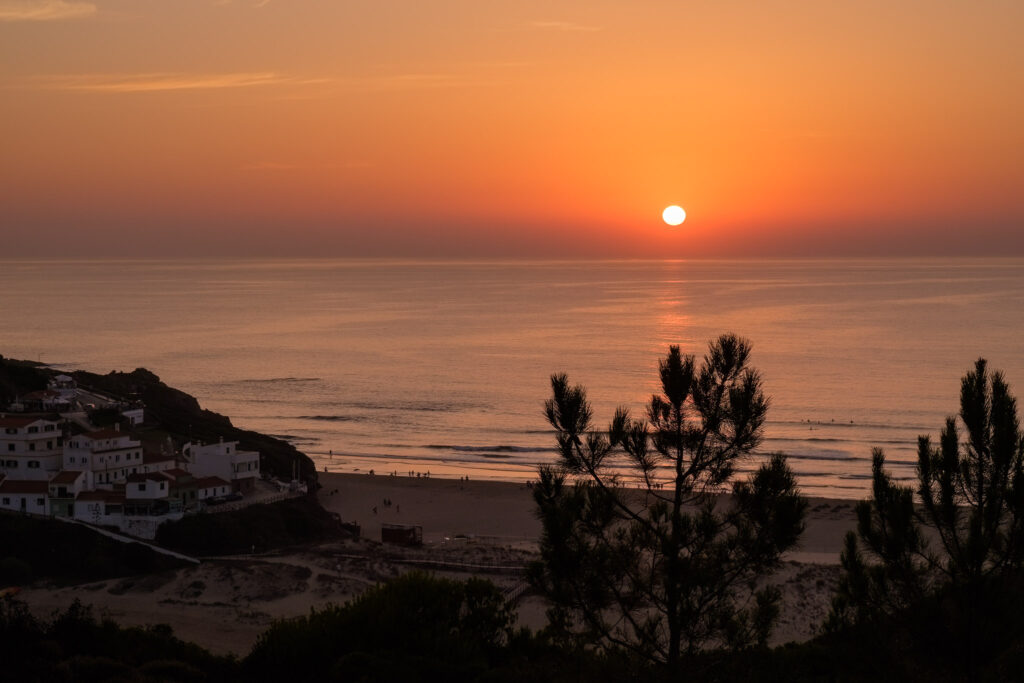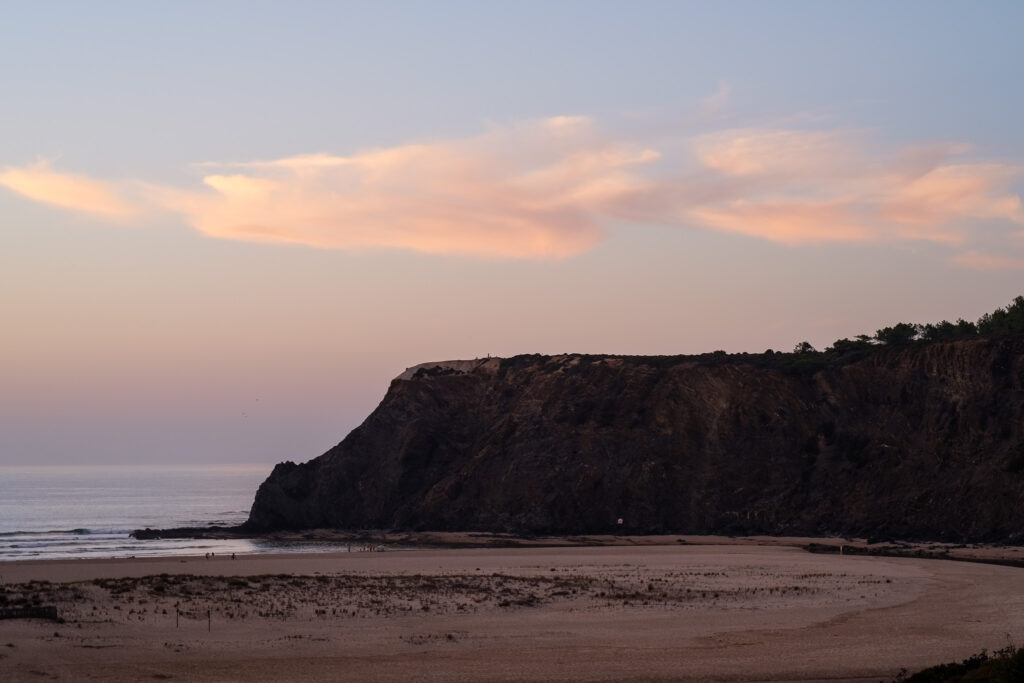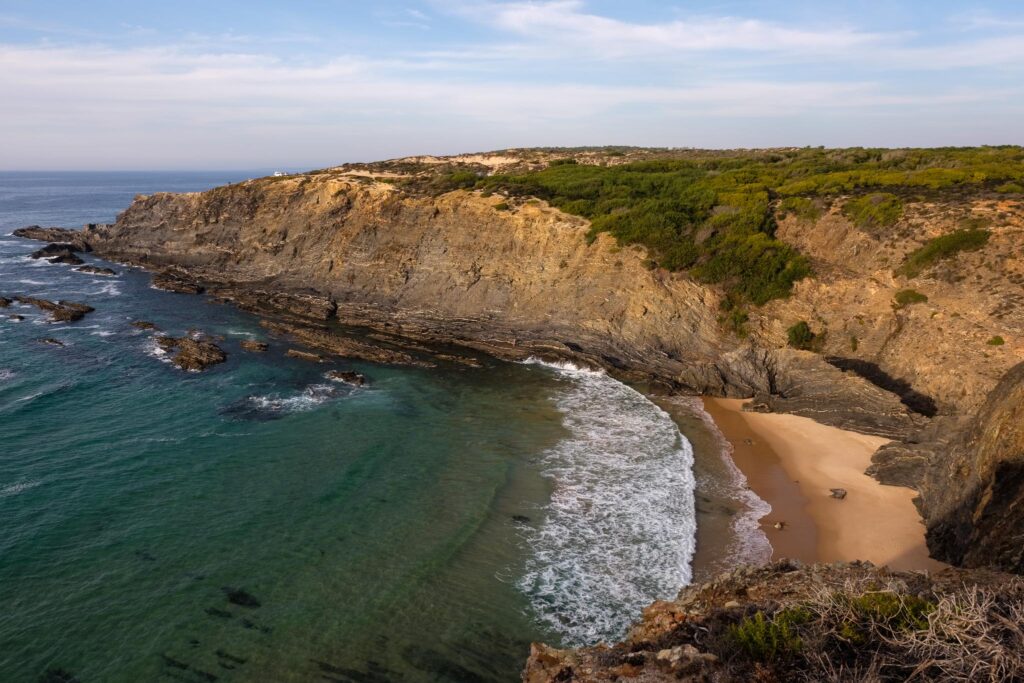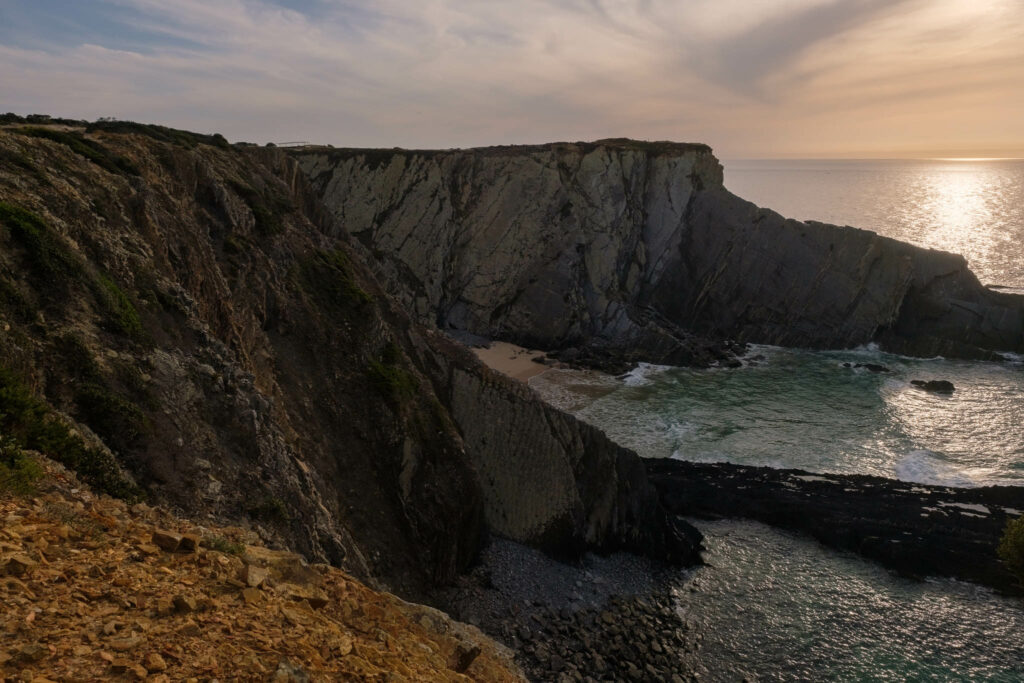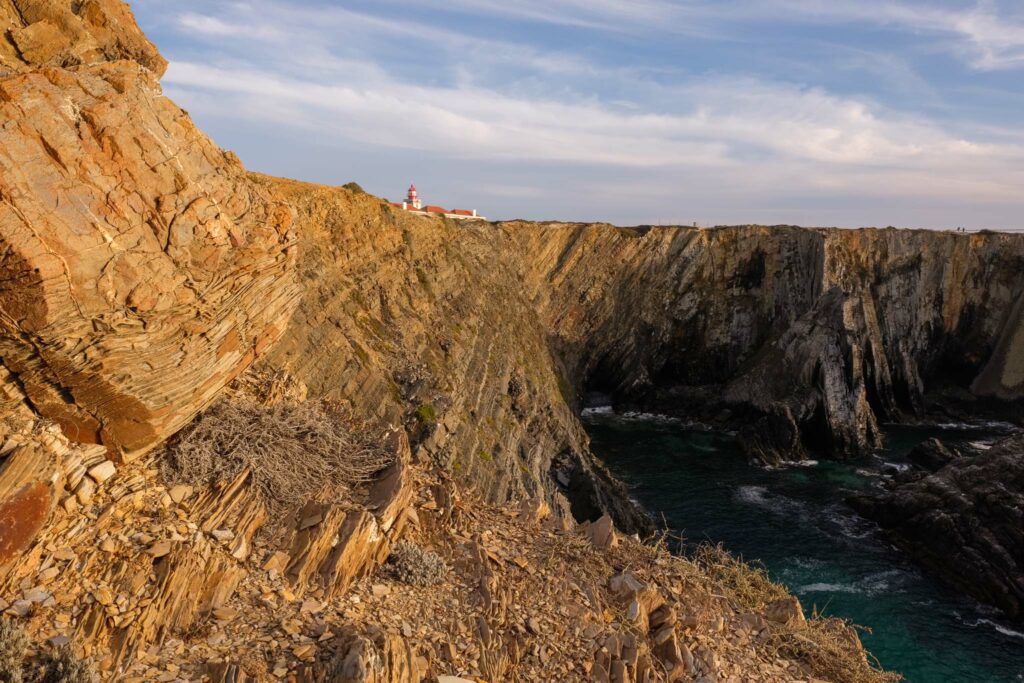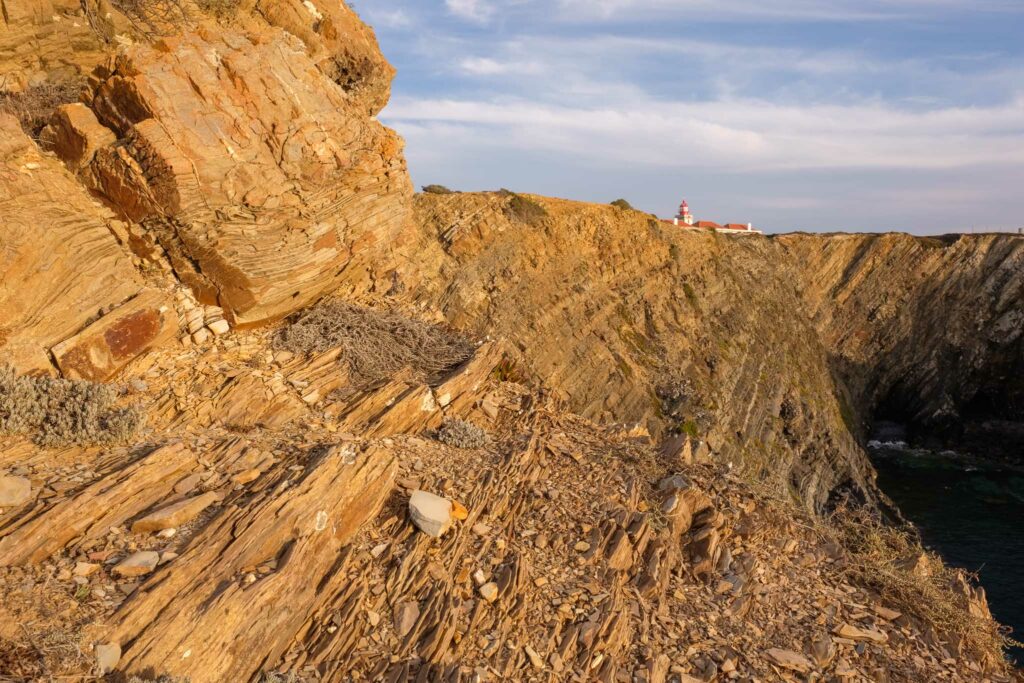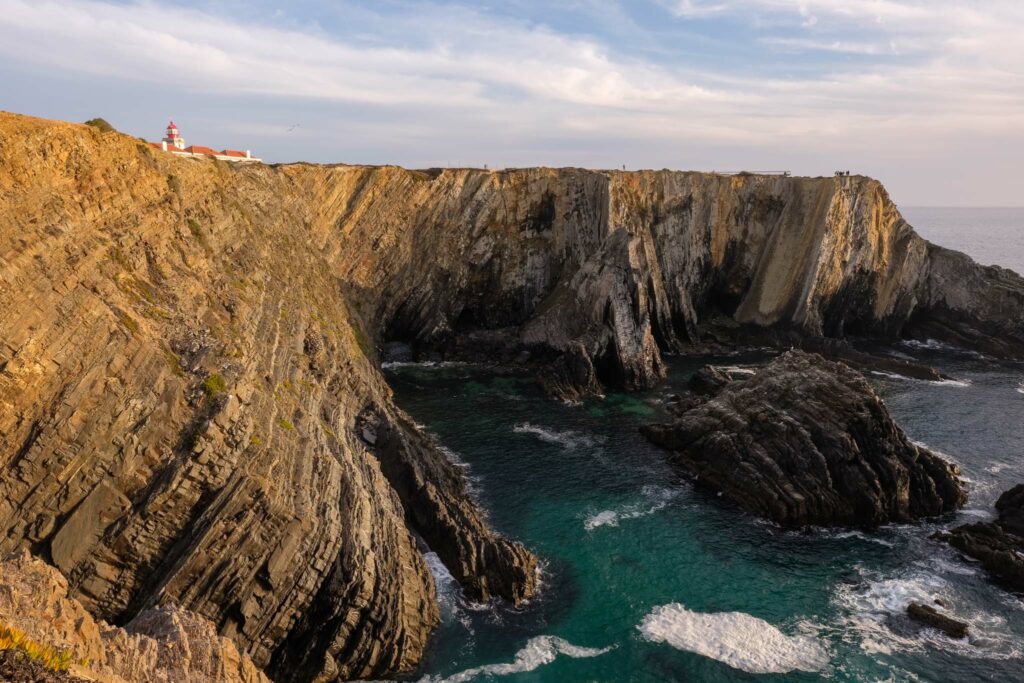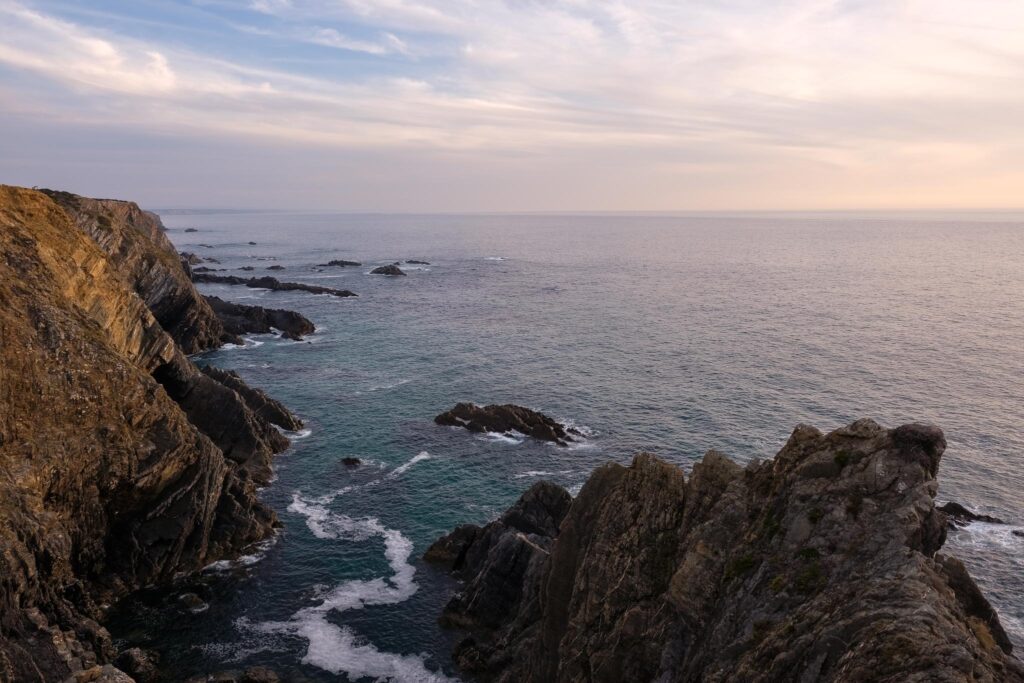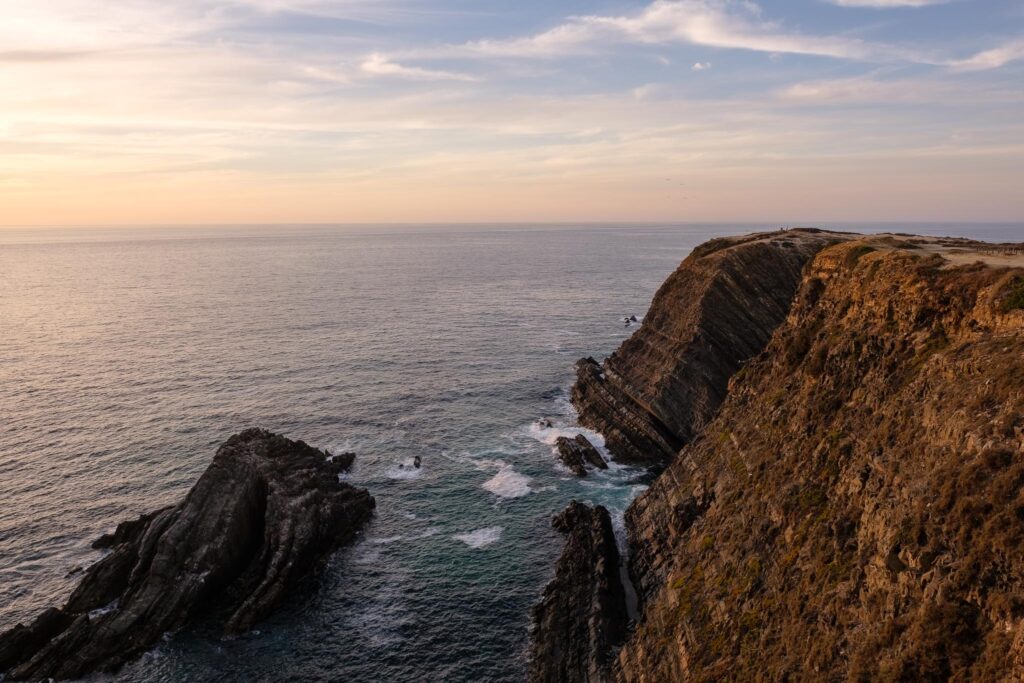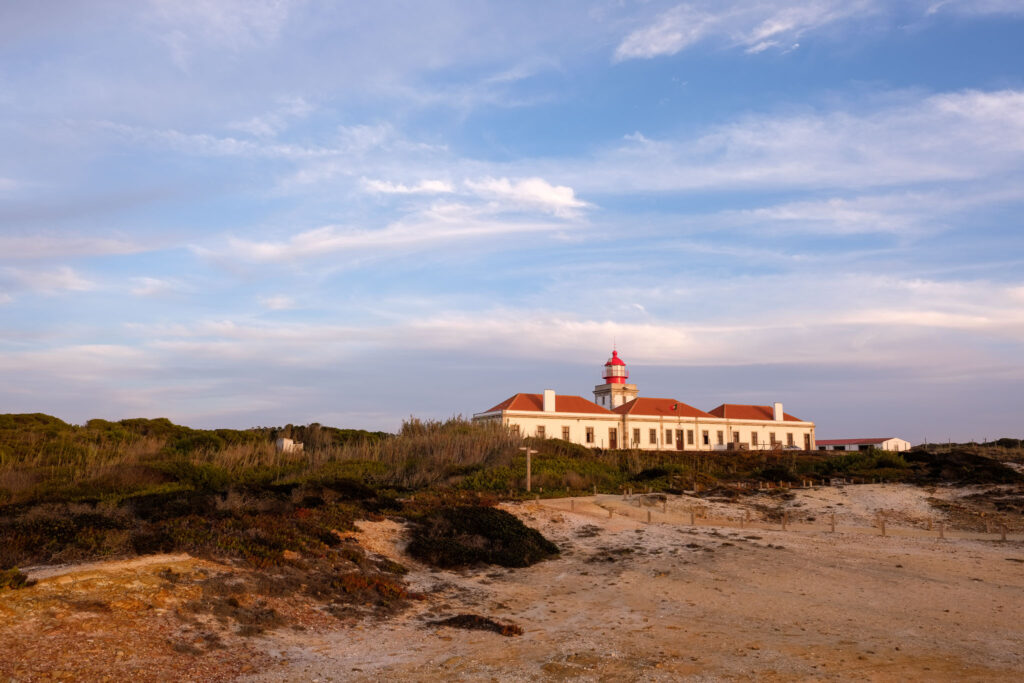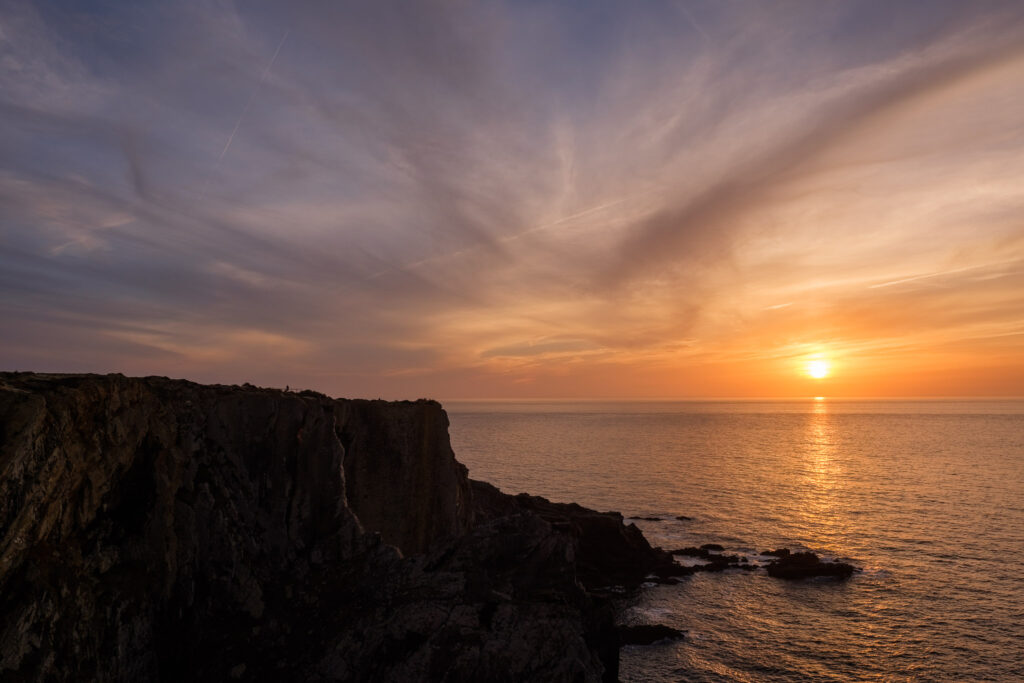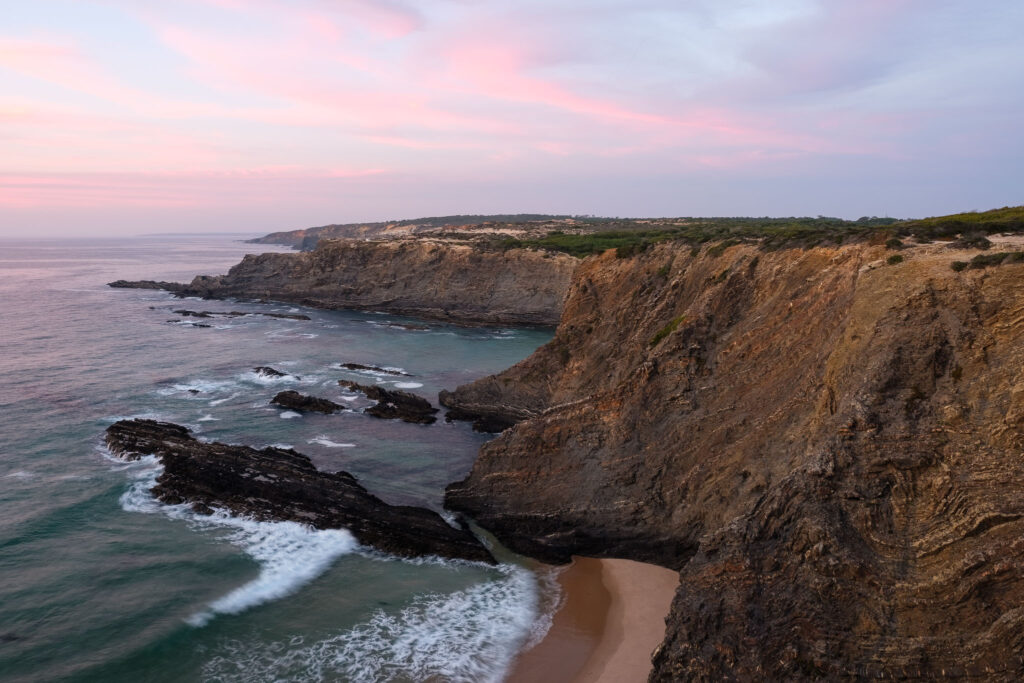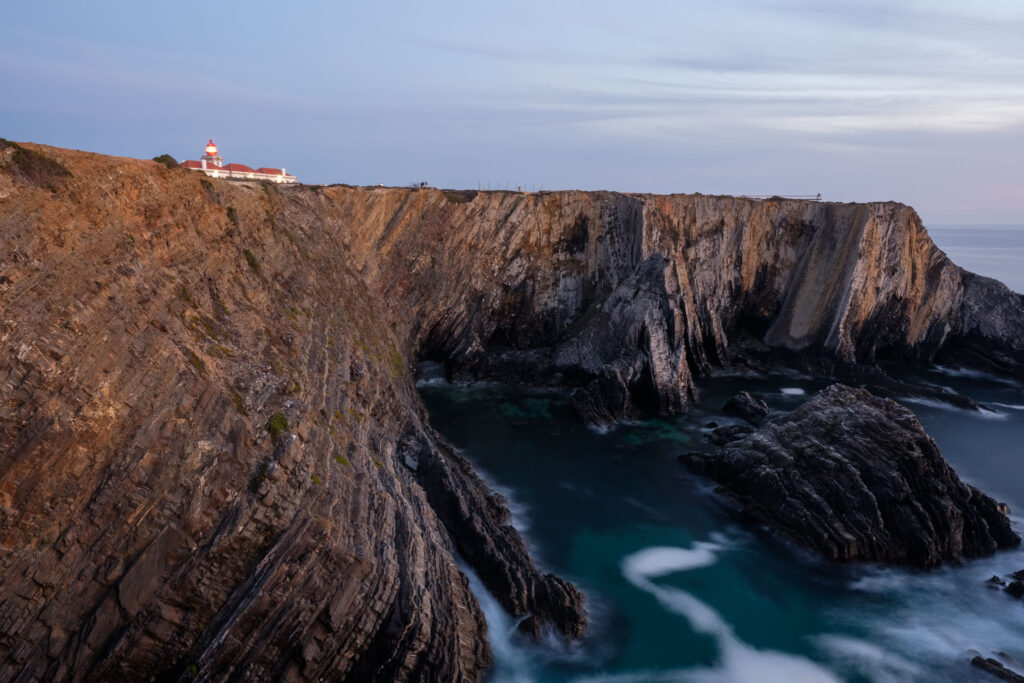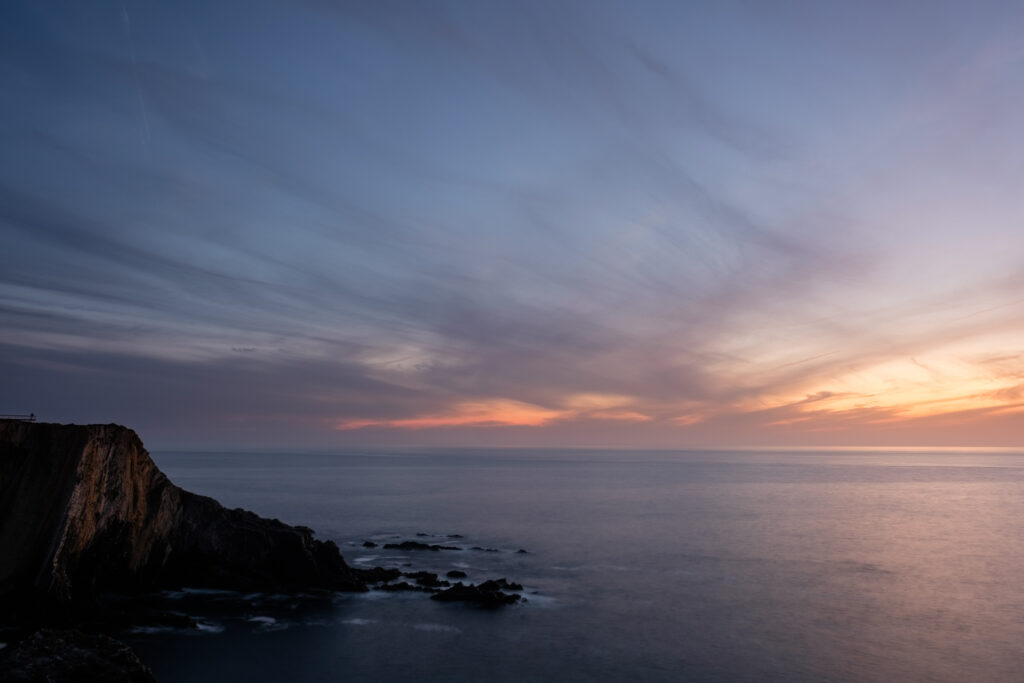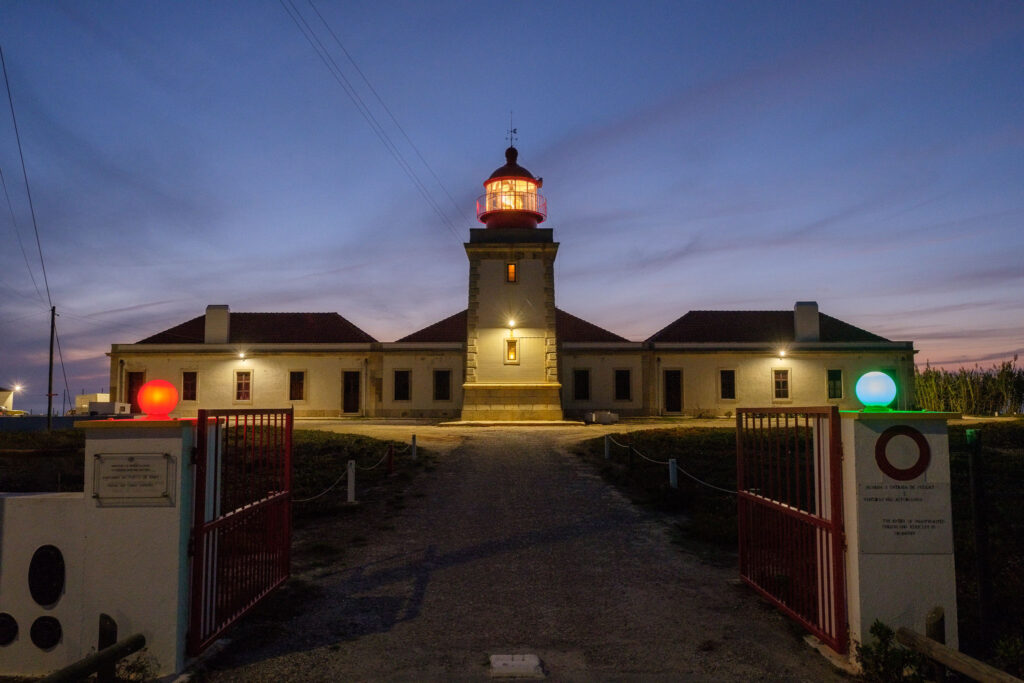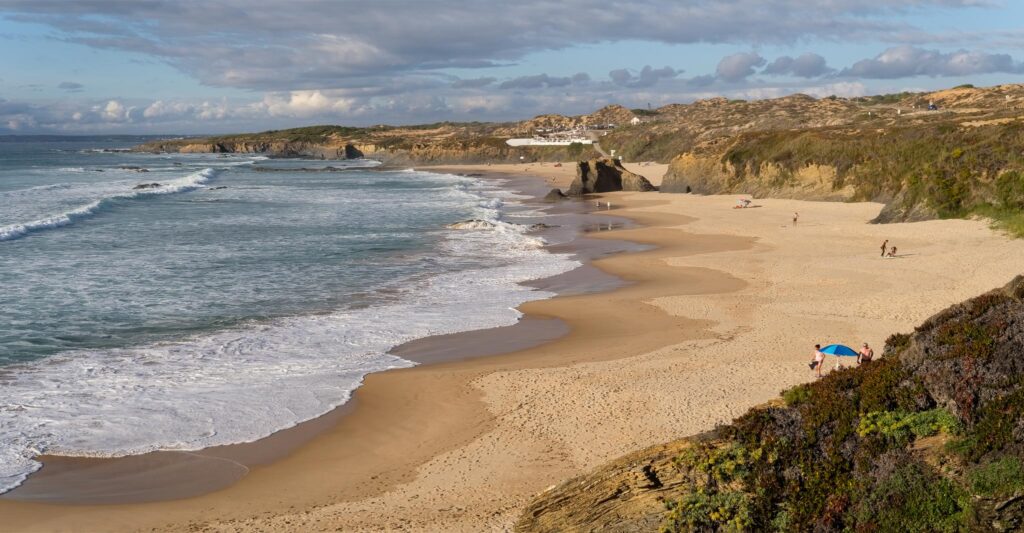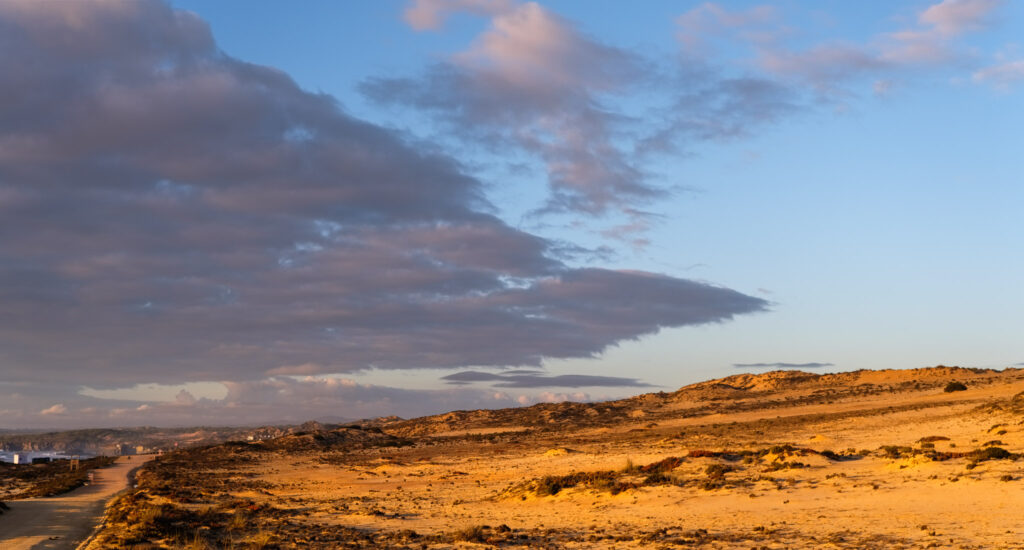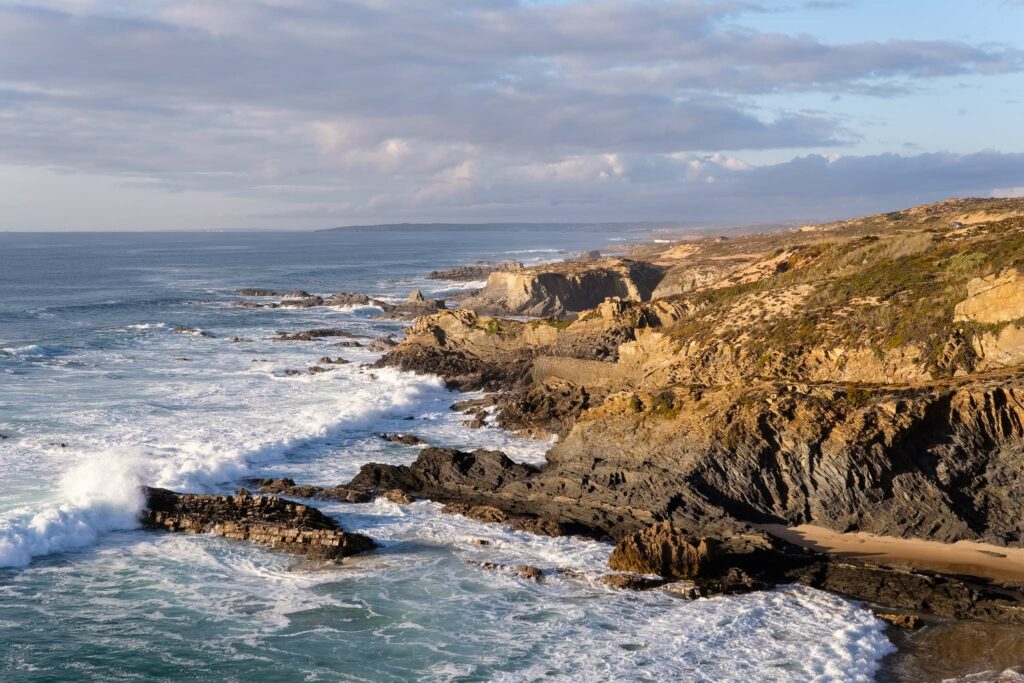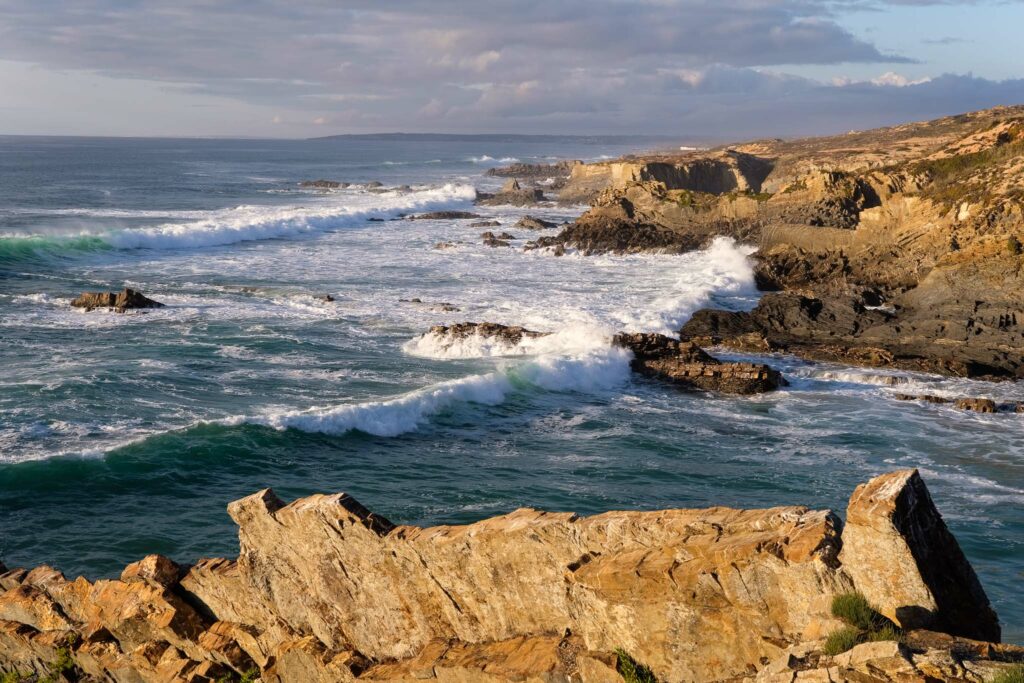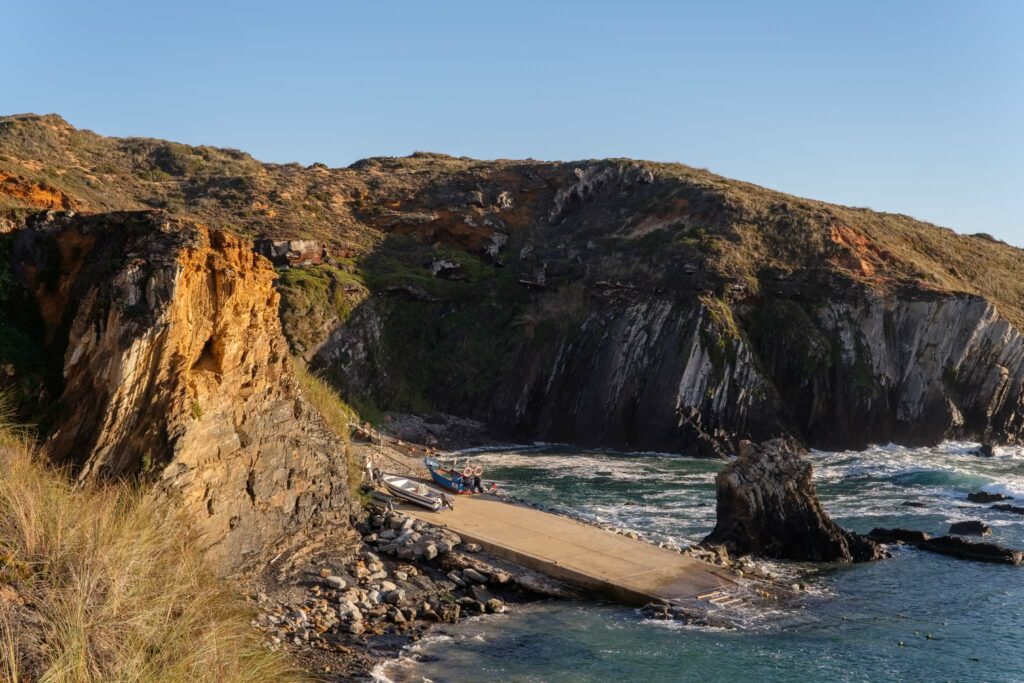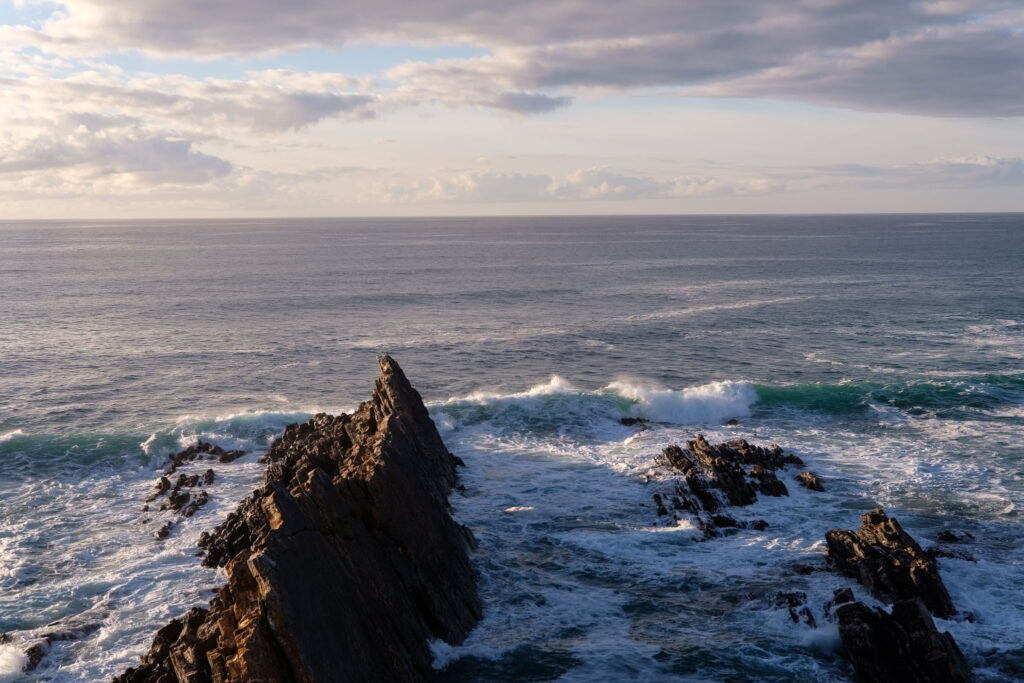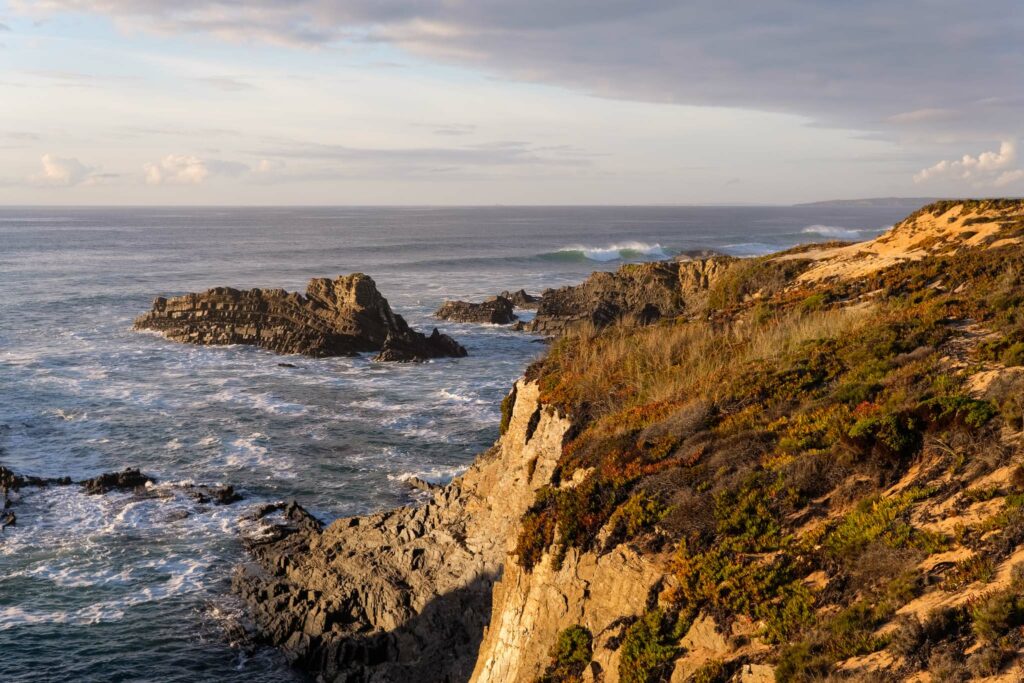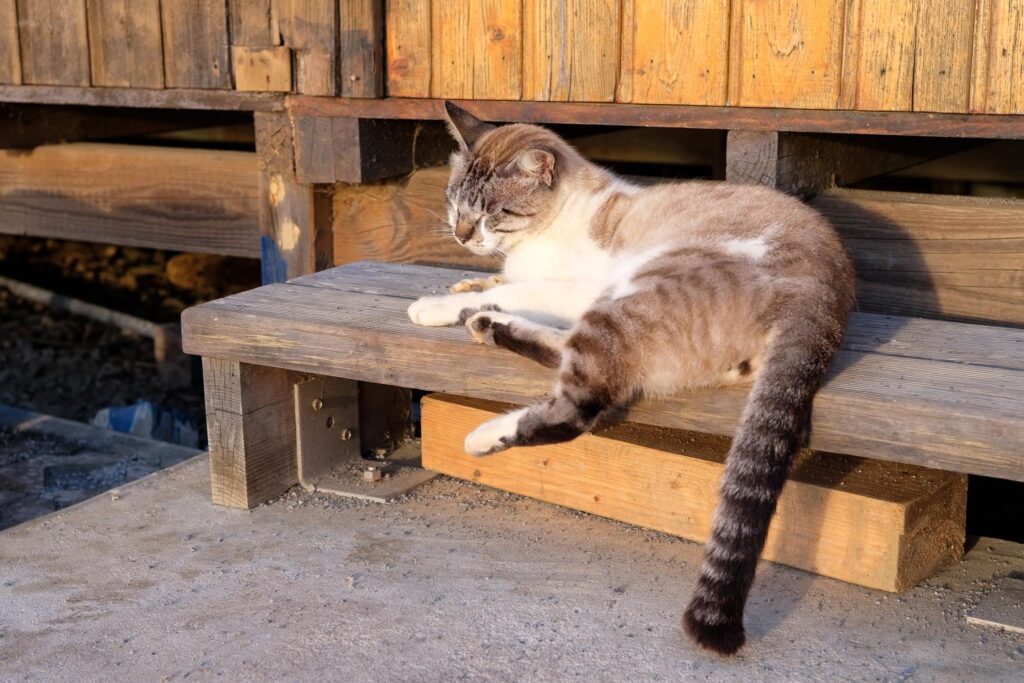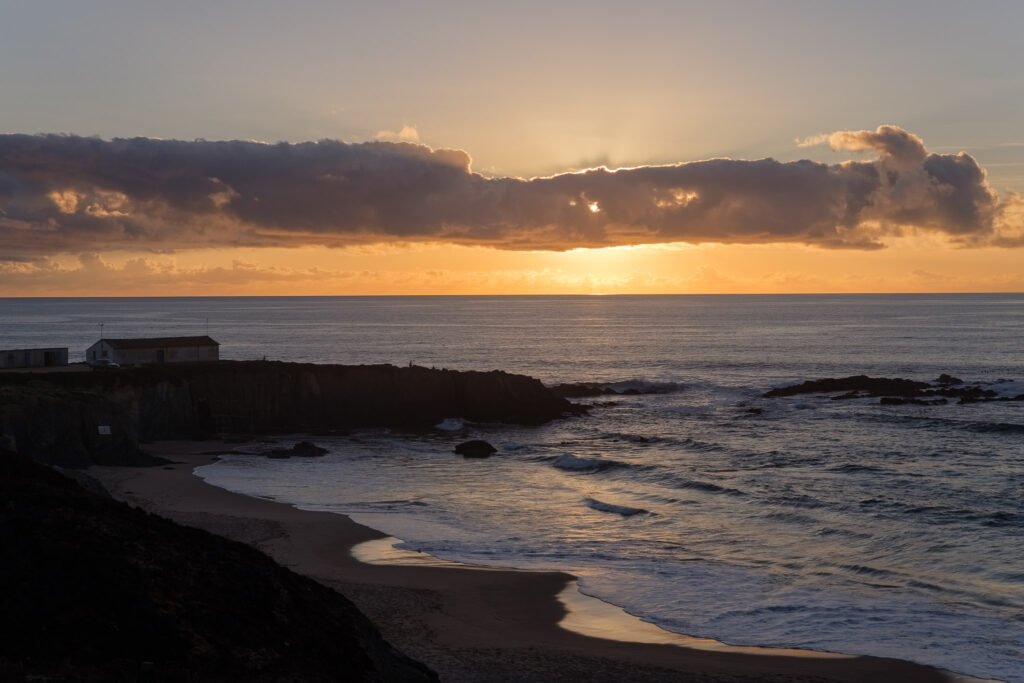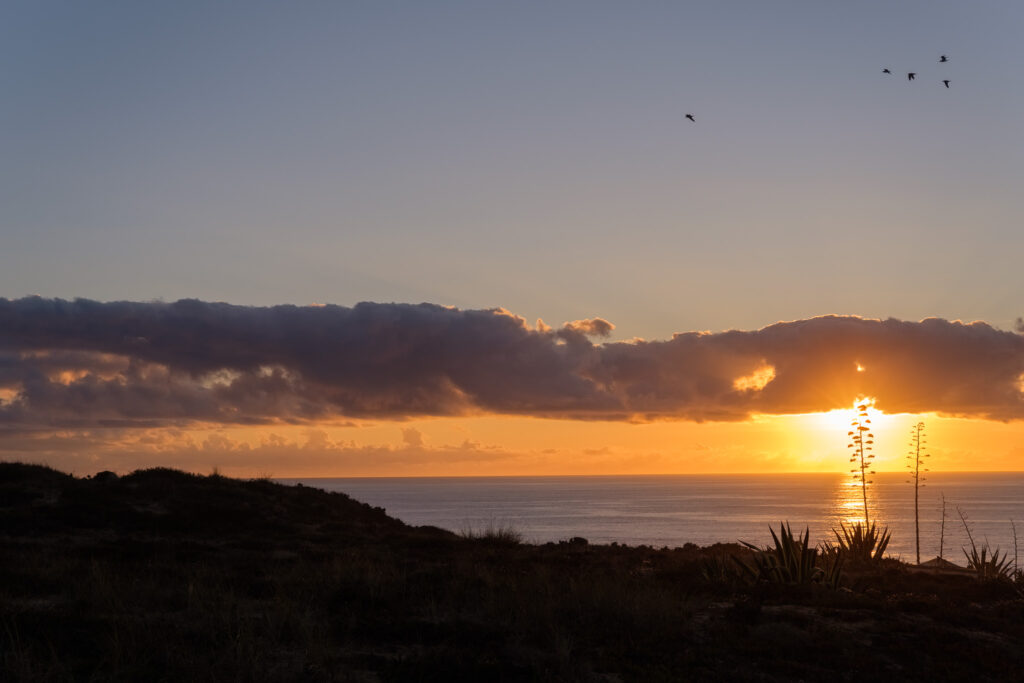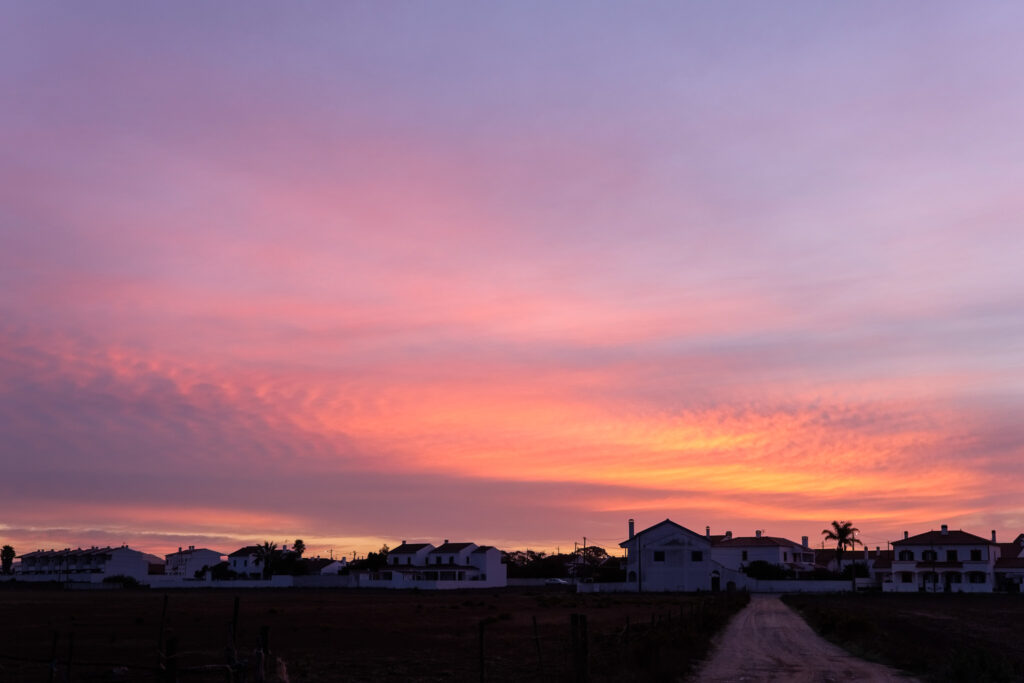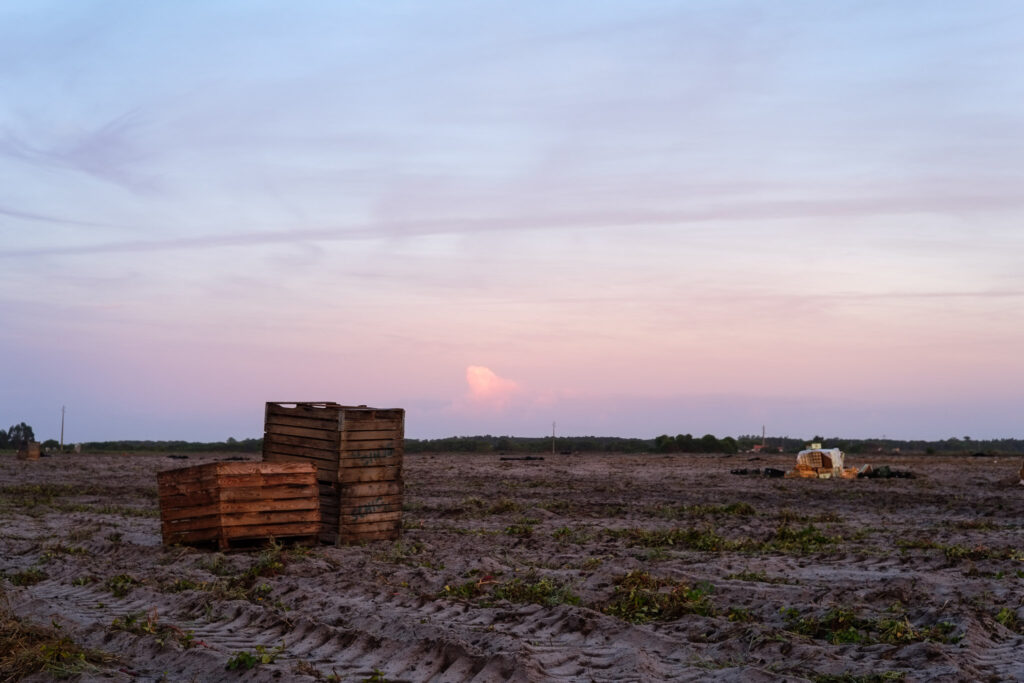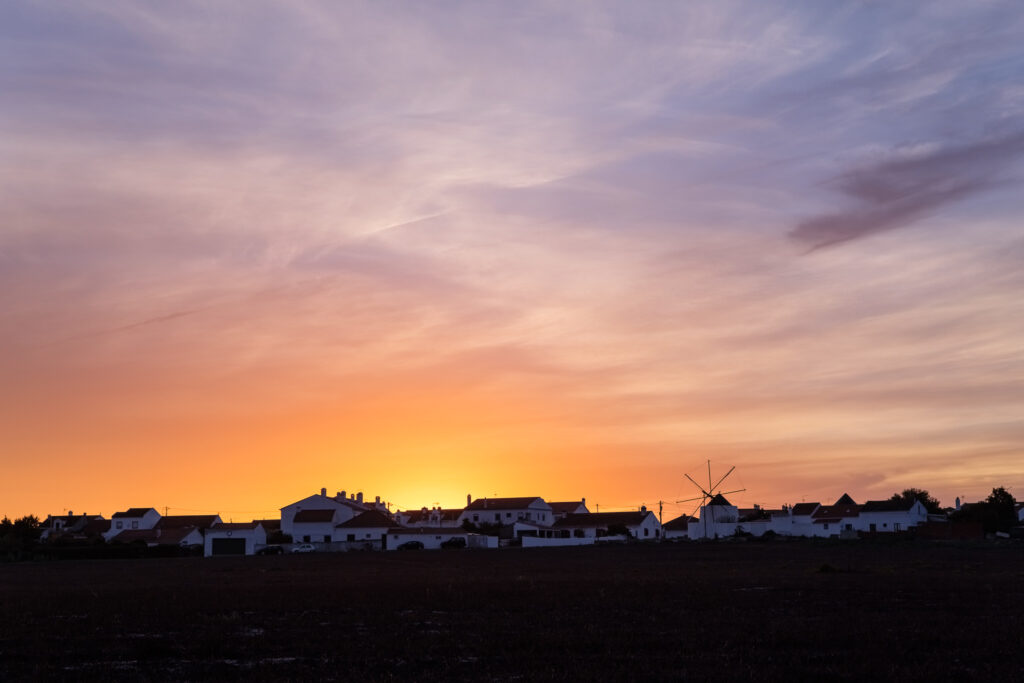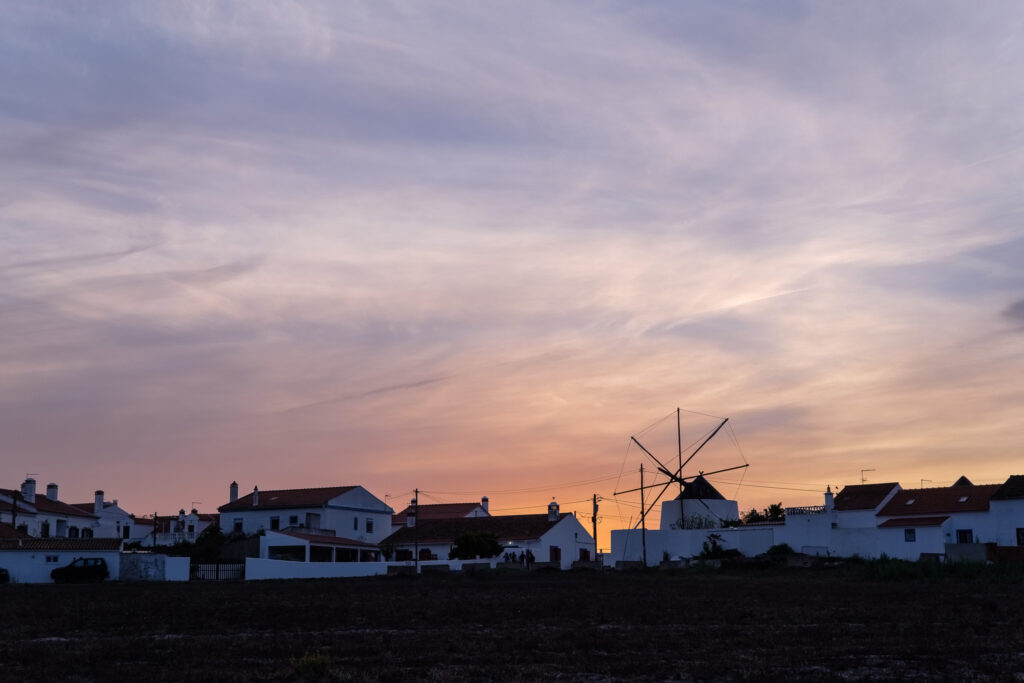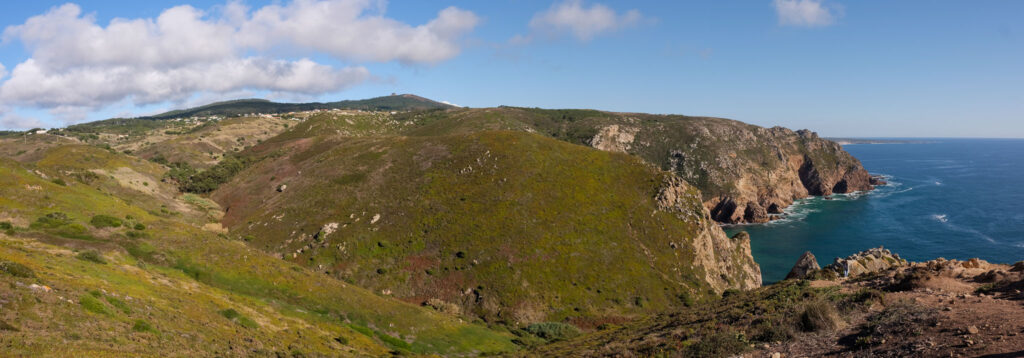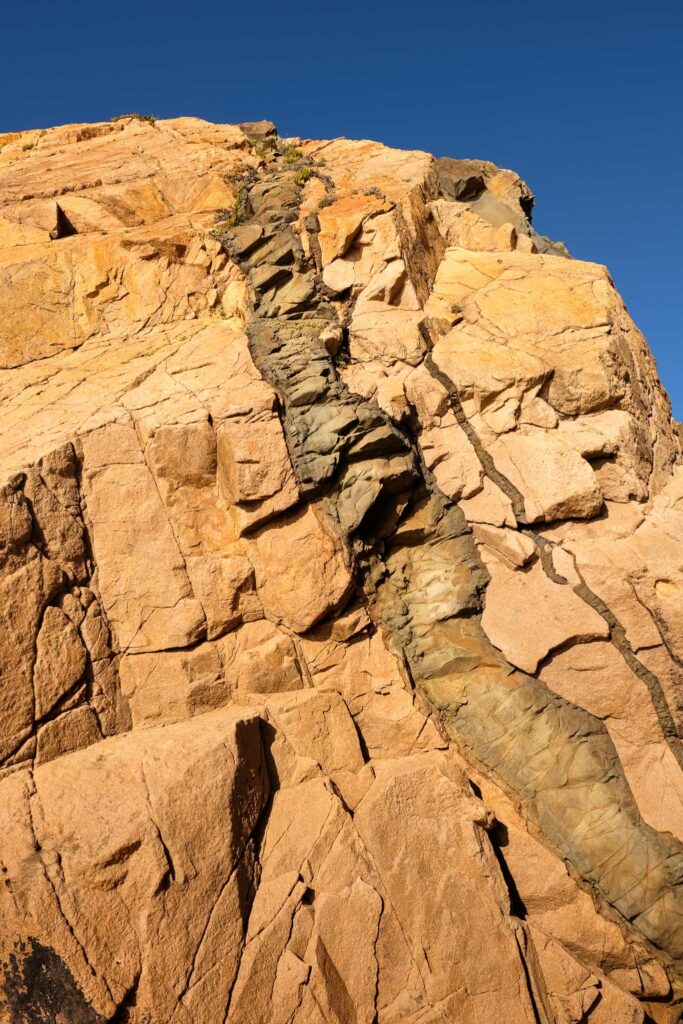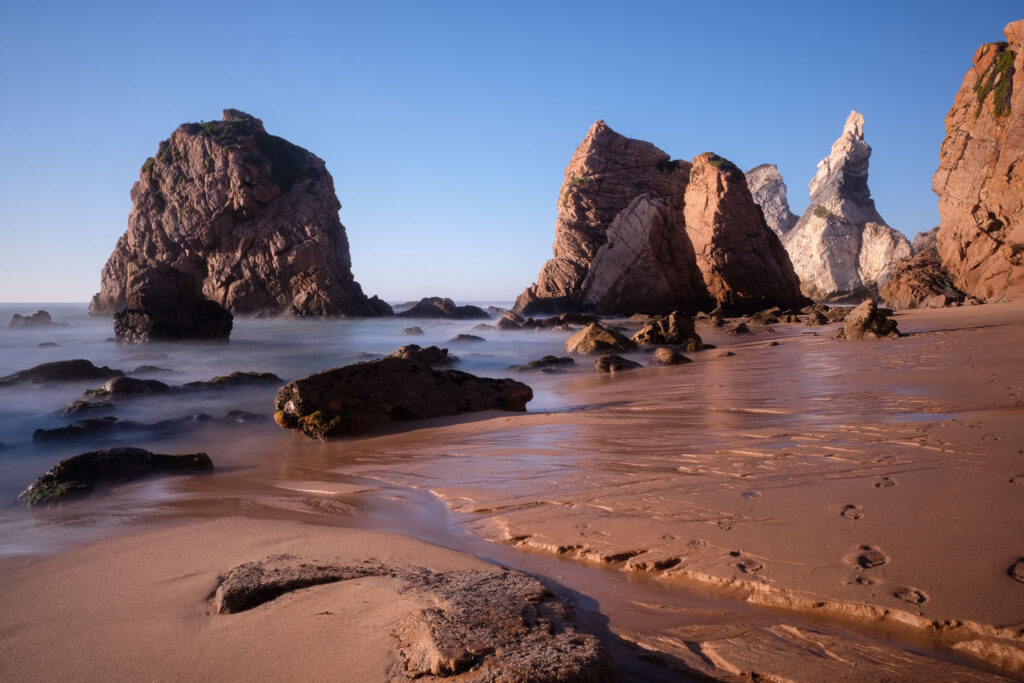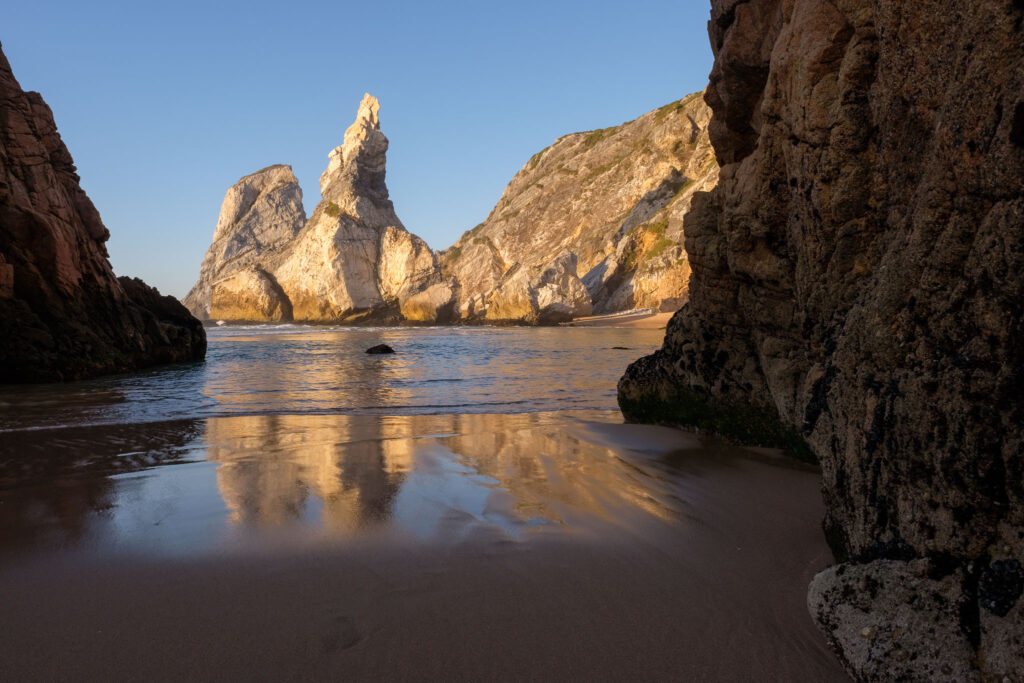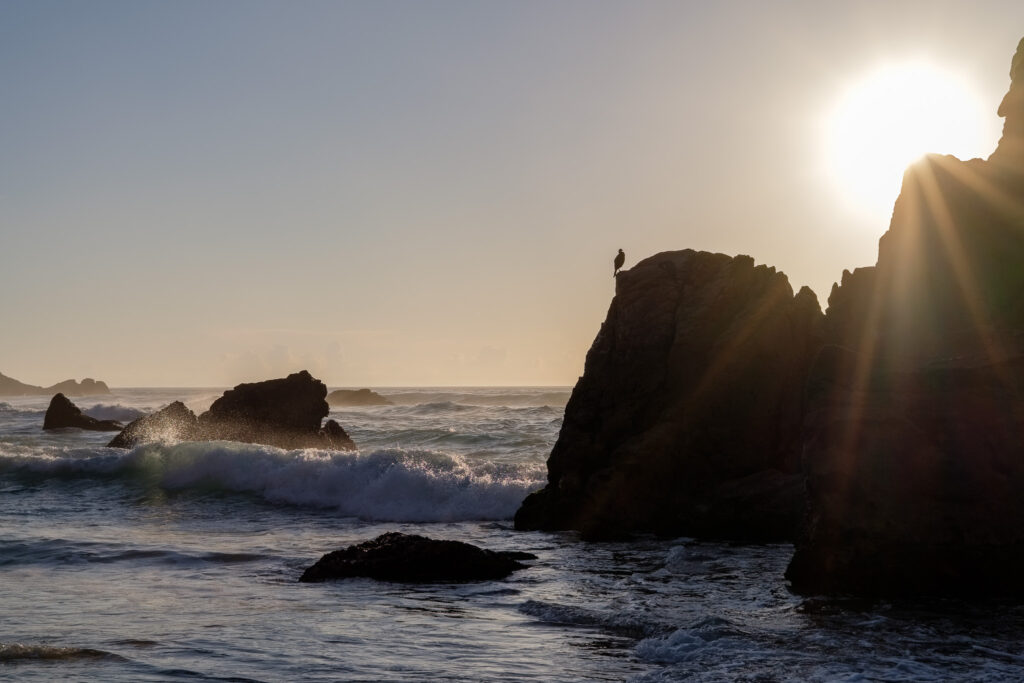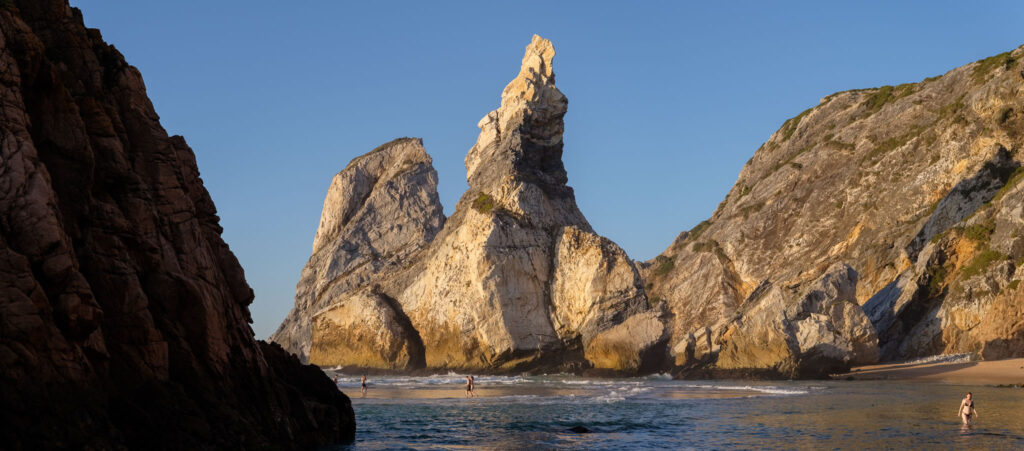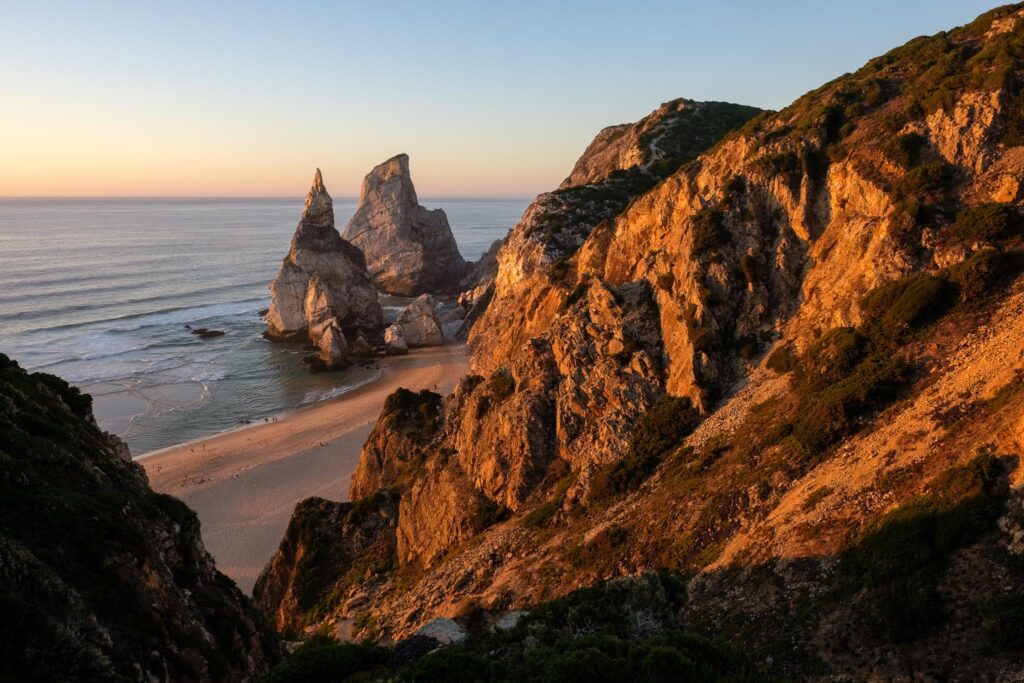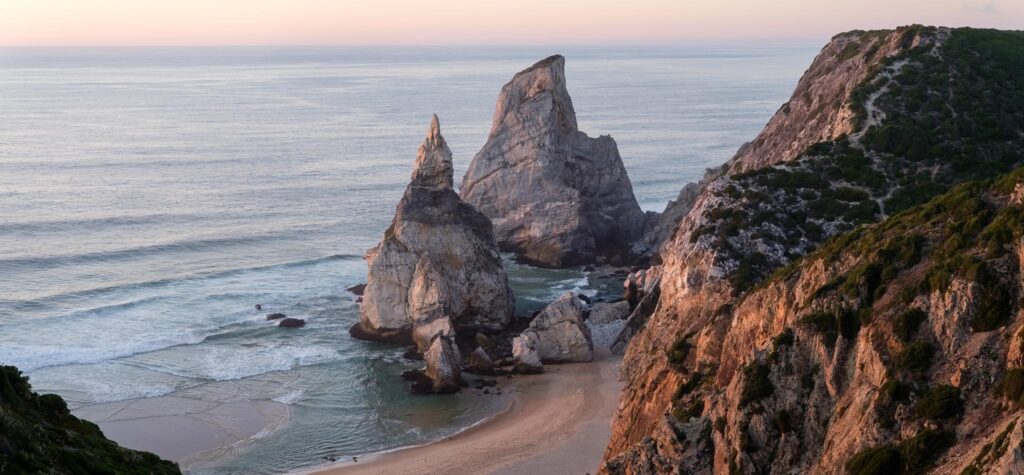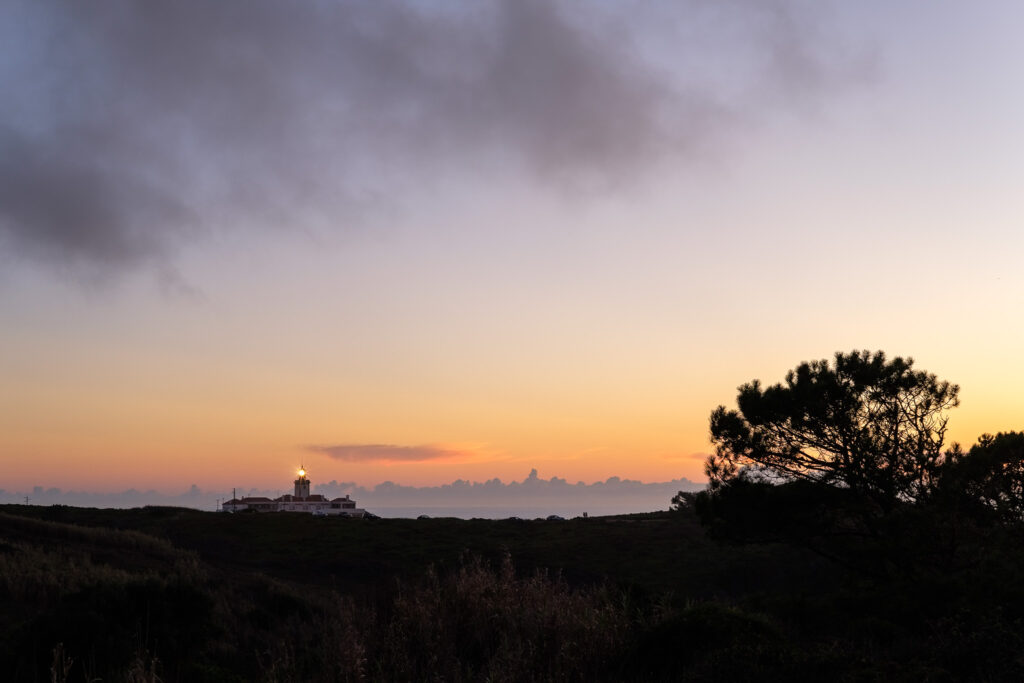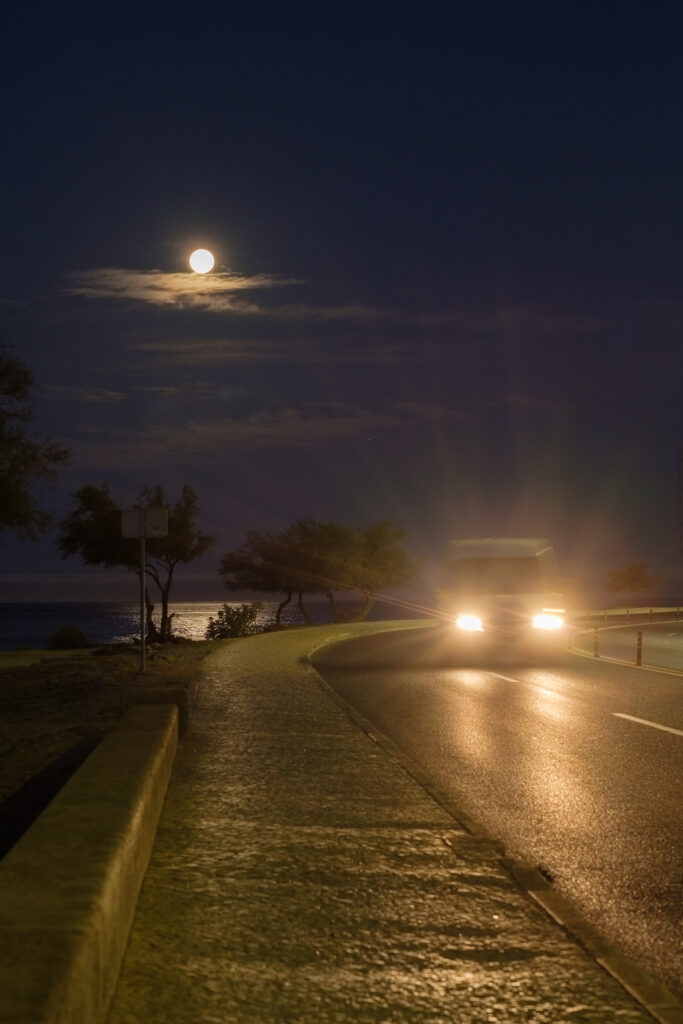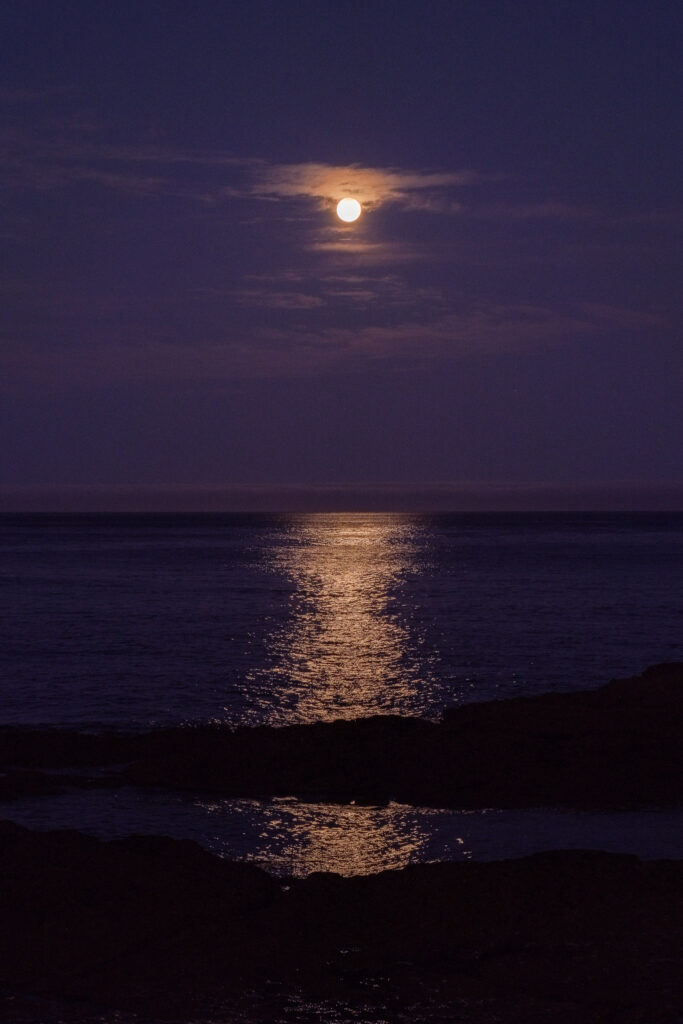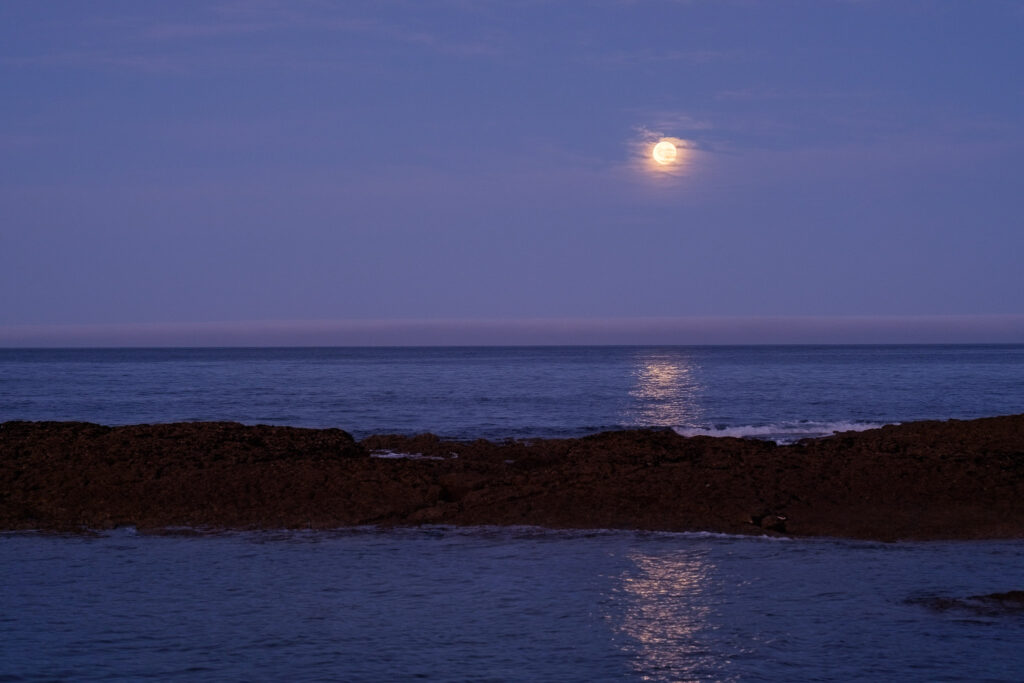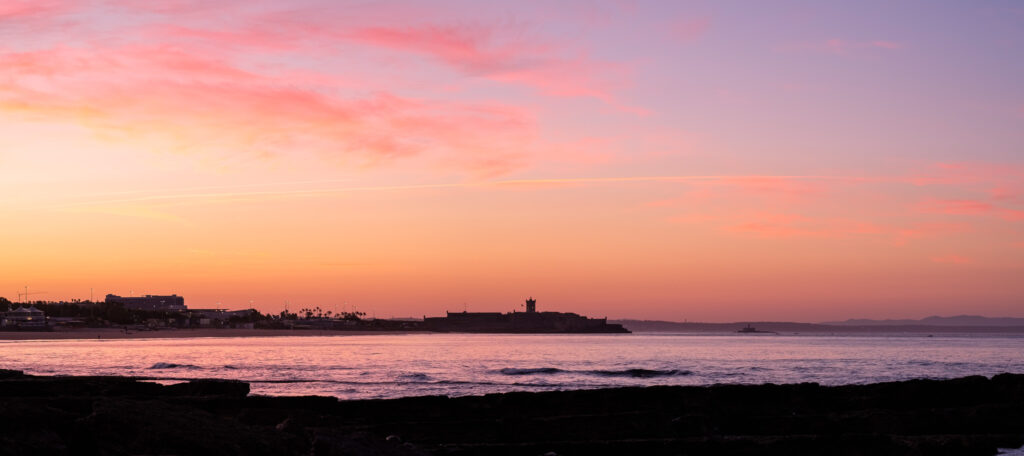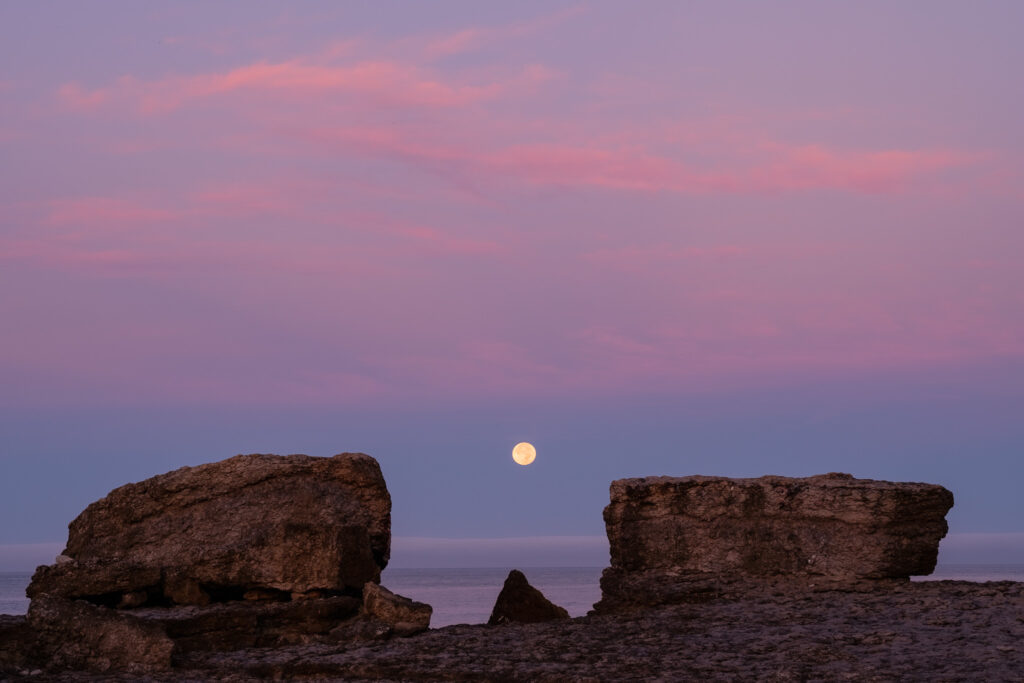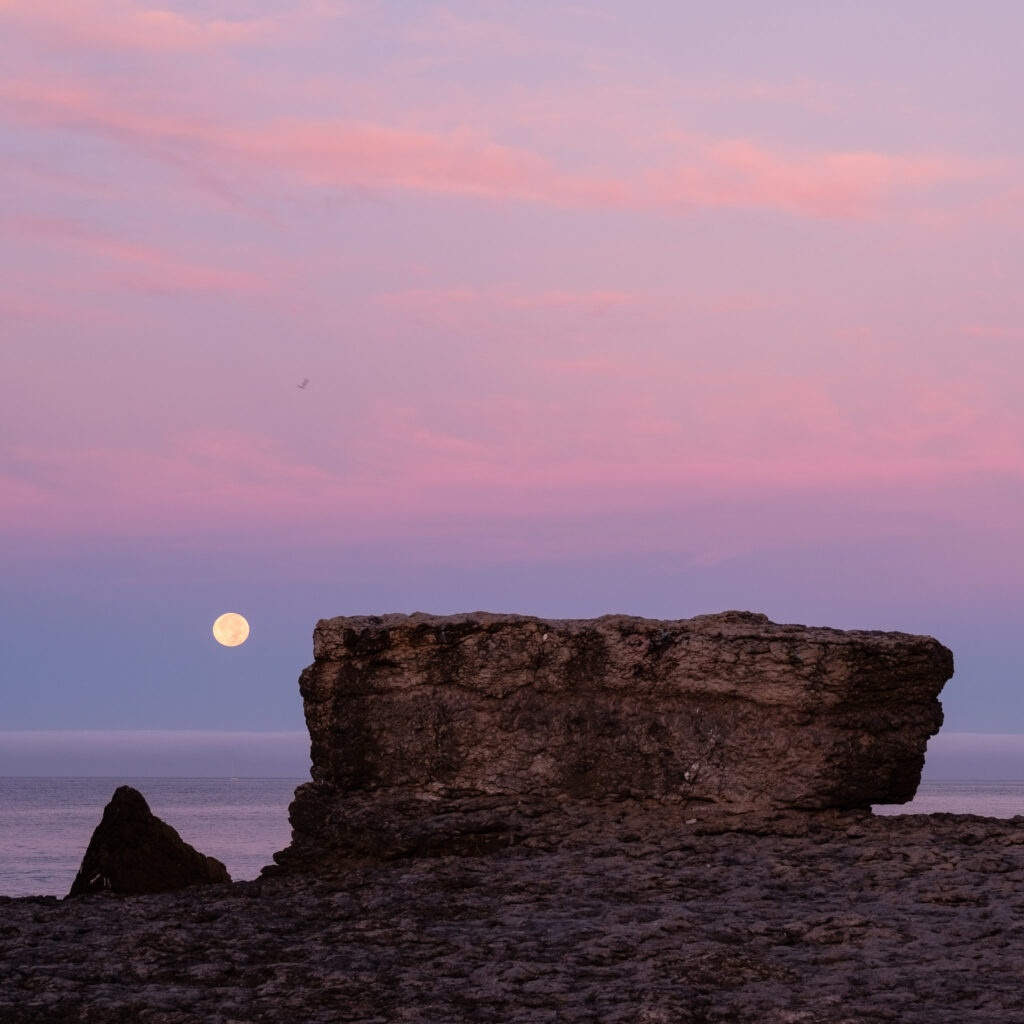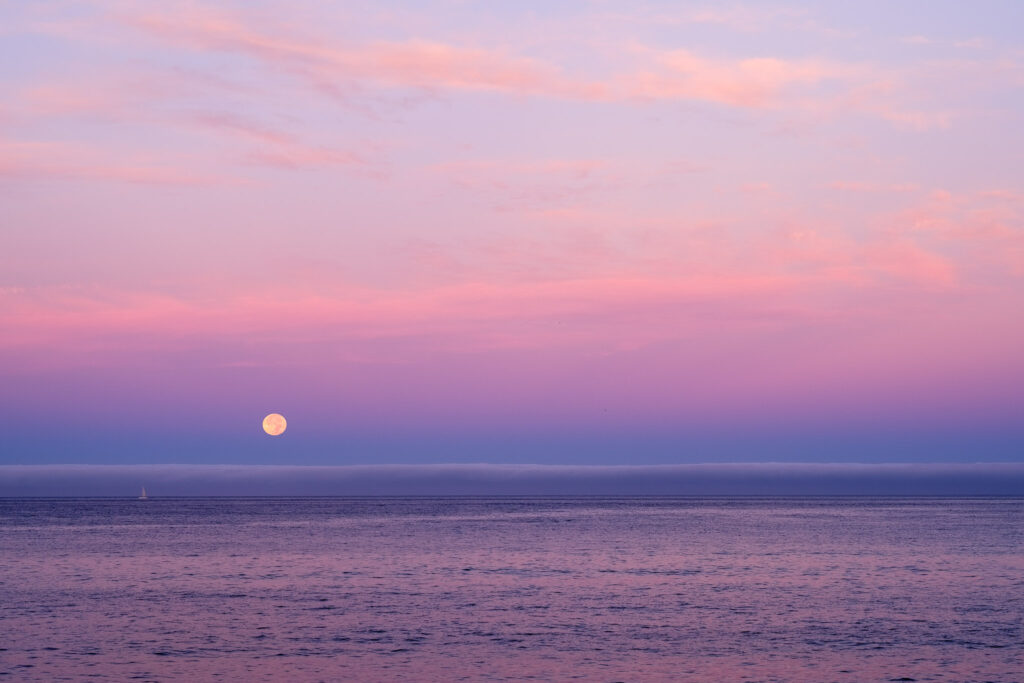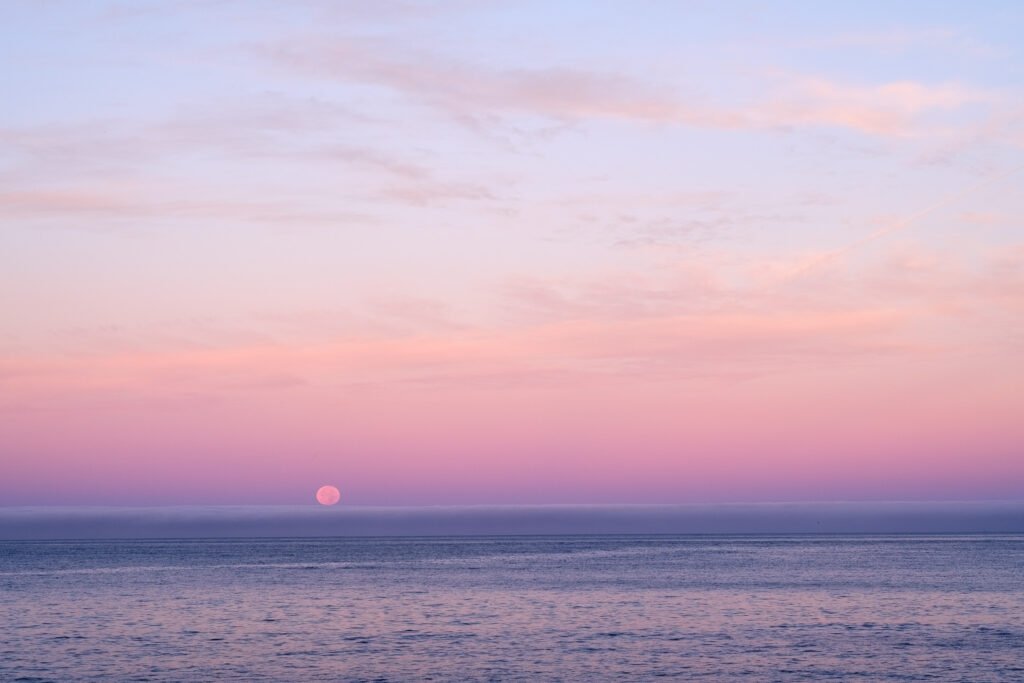The Jebel Akhdar (Green Mountain) rises to a height of nearly 3,000 m and is part of the Hajar mountain range. It includes the Saiq Plateau at 2,000 m altitude and receives enough rainfall and moisture to sustain agriculture. The area is famous for its maze of wadis and terraced orchards, where roses, pomegranates and apricots are abundant. These patches of lush vegetation, in stark contrast with the surrounding dry and rugged land, are what give this region its “Green Mountain” name.
Jebel Akhdar is one of the obligatory places to visit and experience in Oman and has been designated as a nature reserve since 2011. The region became notorious after Princess Diana’s visit in the 1980’s; she admired the sunset from a viewpoint that has since been known as “Diana’s point”. I first visited Saiq Plateau in 2004, and back then there was only 1 hotel and a few scattered houses, plus the old villages nested in the terraced farms. Today there are many hotels and resorts, but the beauty of the landscape still enchants visitors.
I went back to the Green Mountain a few weeks ago, to walk the trail that goes along the terraces and the old villages. It is impressive to see the human effort that was required to mold the terrain into terraces that border precipices with hundreds of meters, where different cereals and fruit trees are grown. The water is supplied through an old falaj network, narrow channels dug in the rock. After driving around to get reacquainted with the area, I stopped near the terraces to admire the sunset. Lady Di was right, it is a magical experience. I took several photos as the sun went down behind the distant mountains.
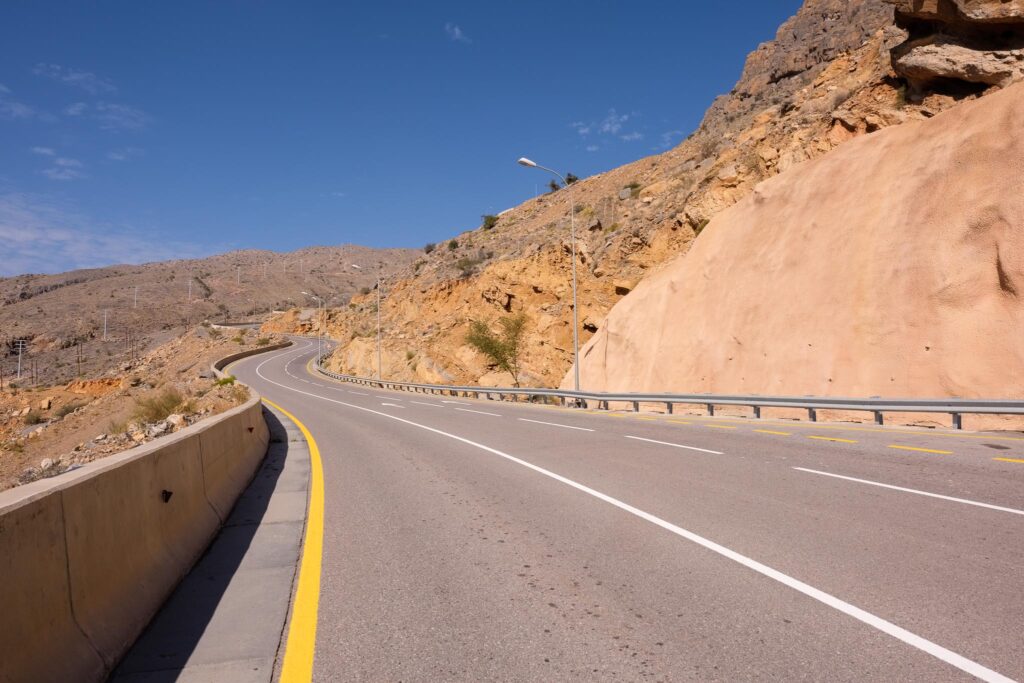
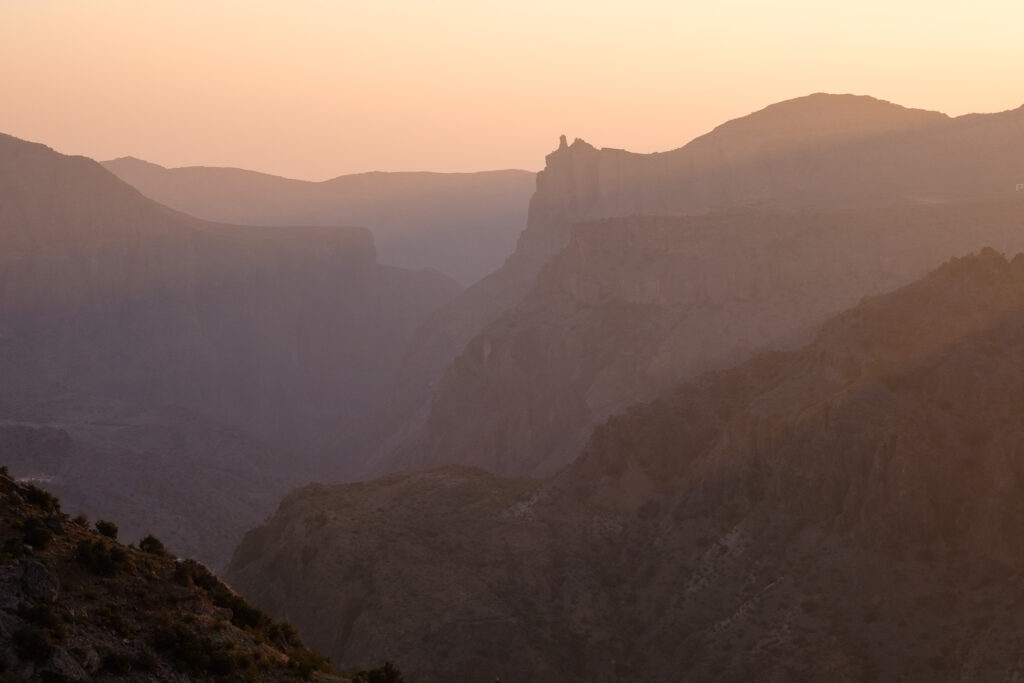
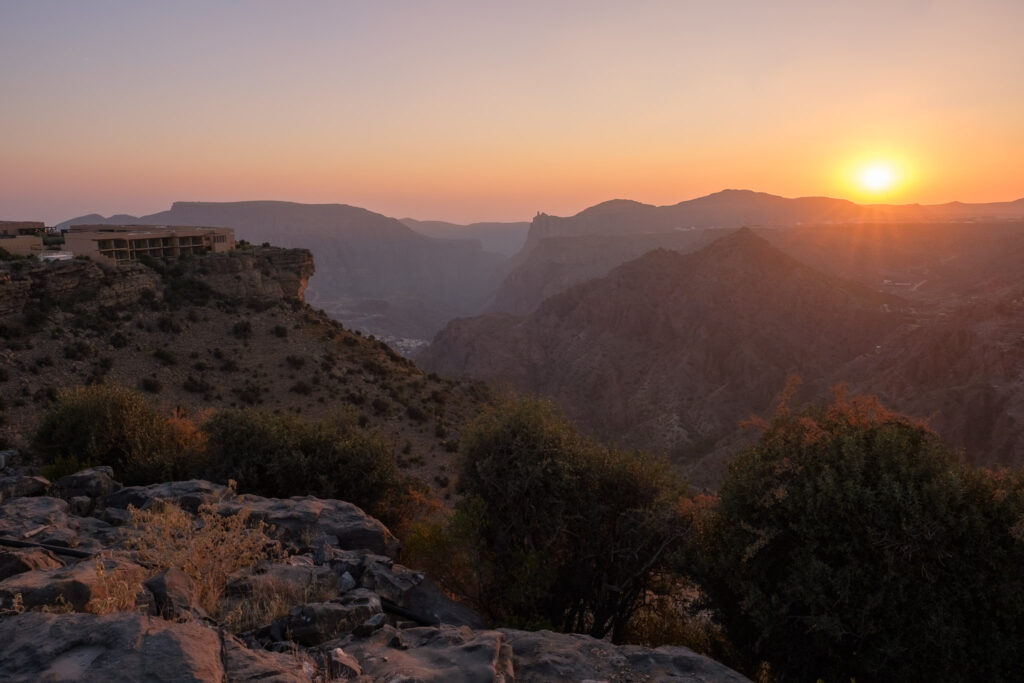
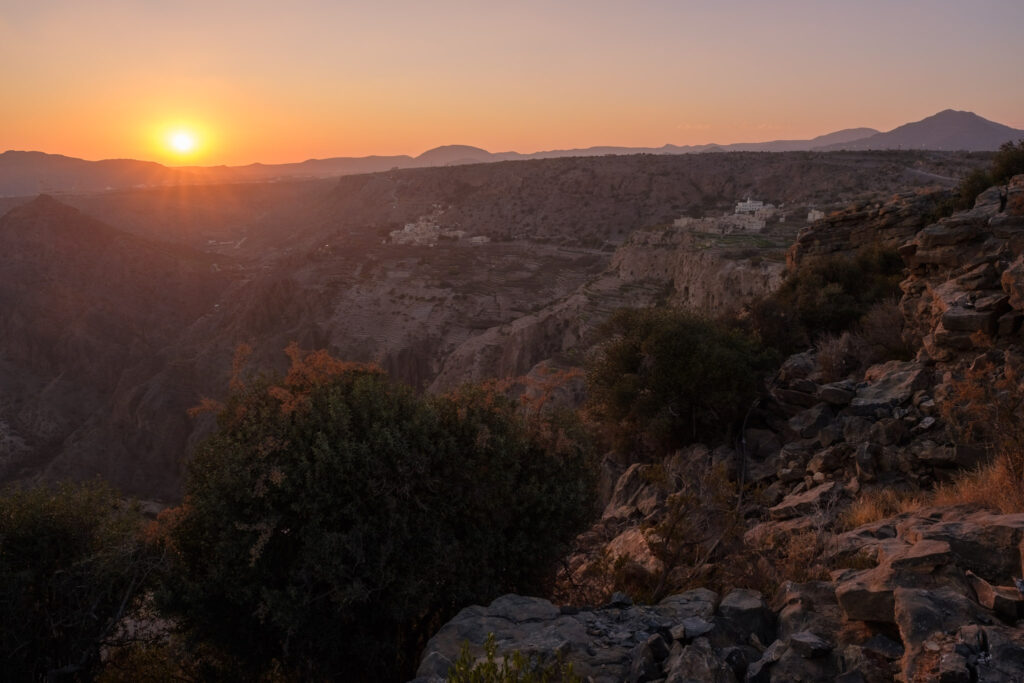
The following morning, I woke up well before sunrise, to photograph the terraces and villages as the first light was appearing. There was nobody else around, and the silence was complete. It was cold too. As the night transitioned into day, a soft pinkish light started to fall upon the cliffs.
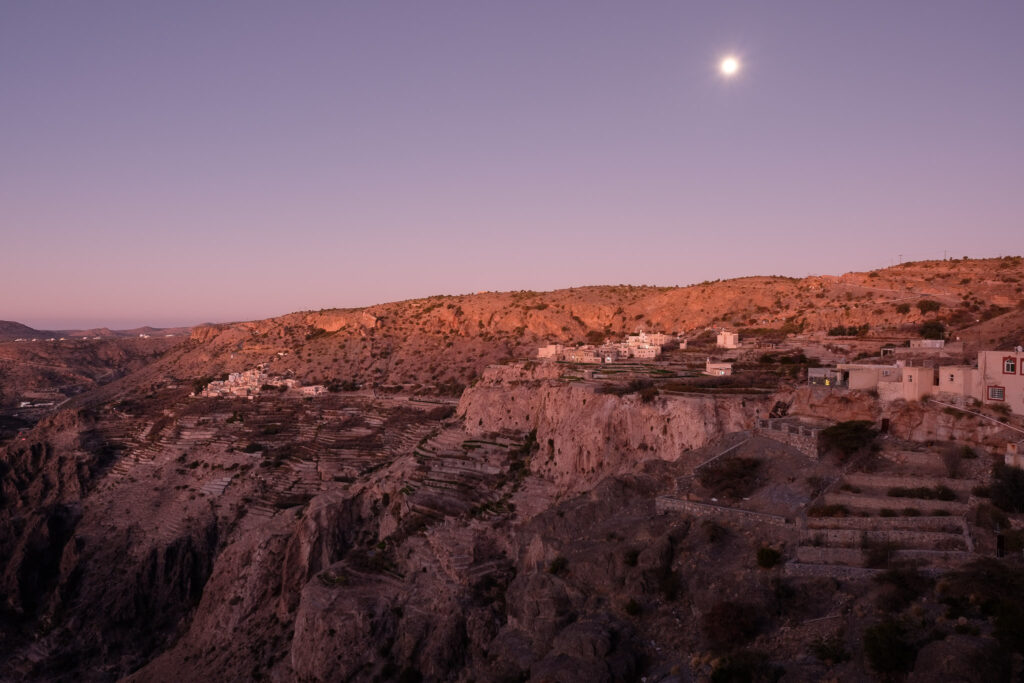
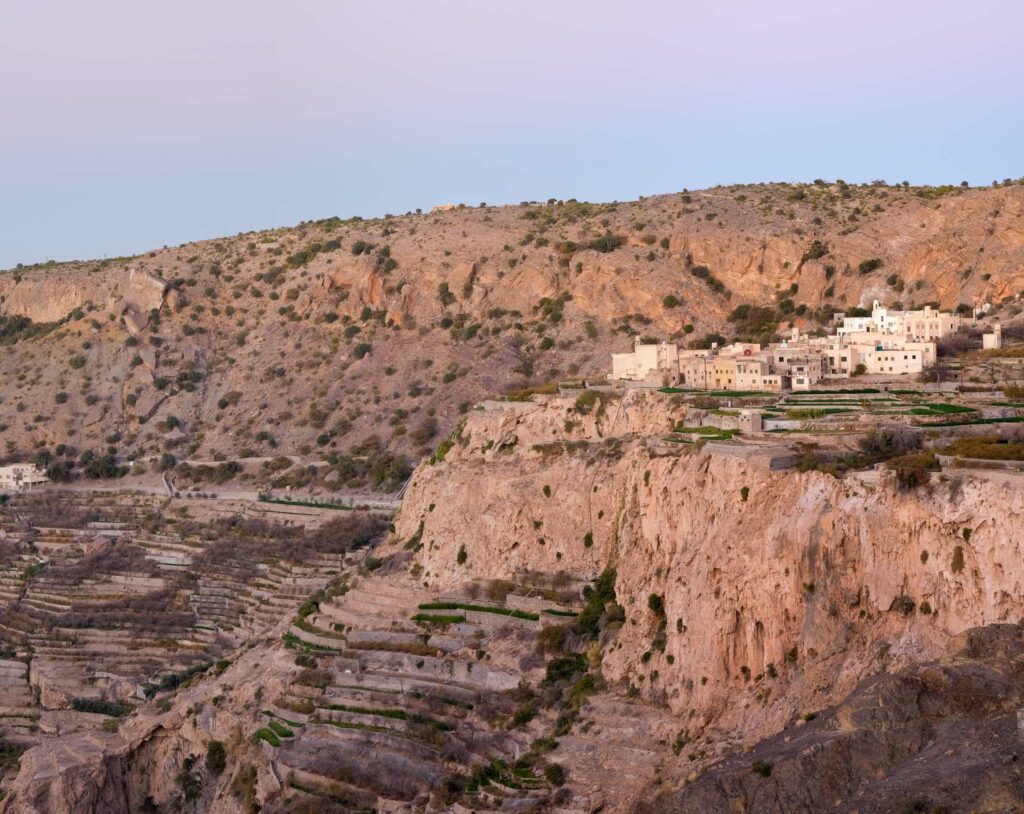
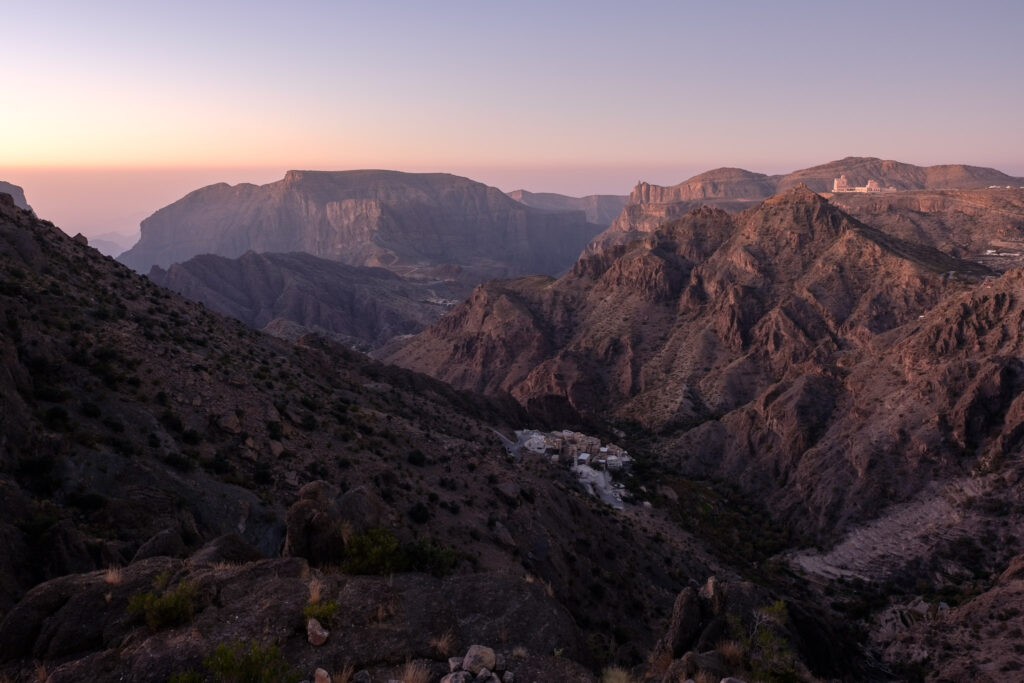
After a well deserved breakfast, I walked the terrace trail; it was still early, so I had the path all to myself. I suggest walking this trail early in the morning, when the air is crisp and cold, to appreciate the tranquility present in the narrow streets that wind between old mud and adobe houses. If you do so, you will also avoid other visitors. It takes around 3 hours and affords beautiful views.
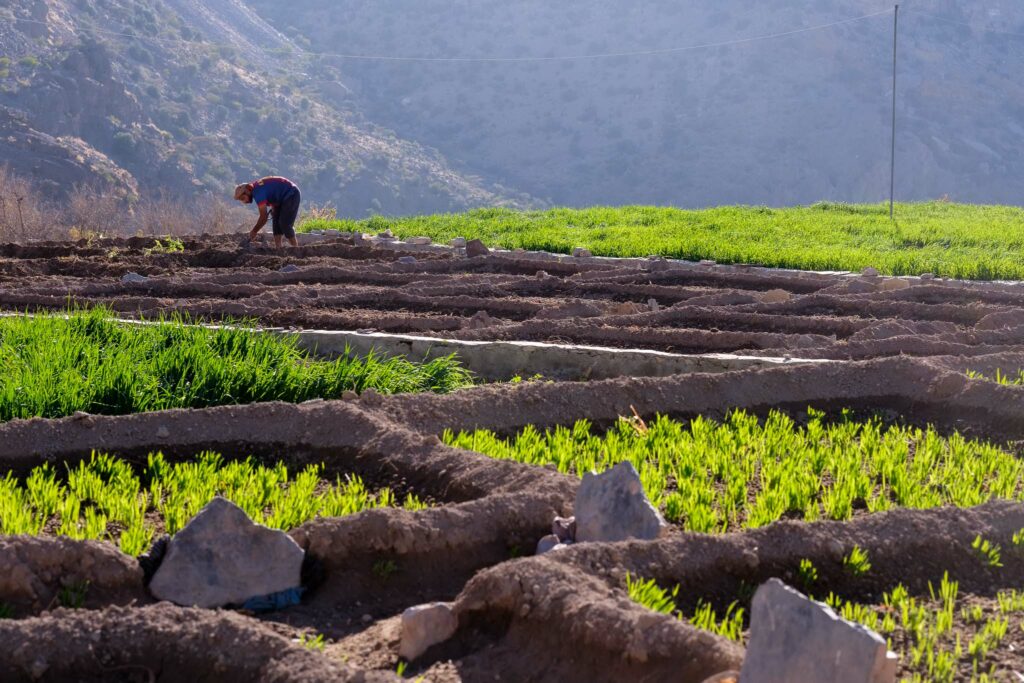
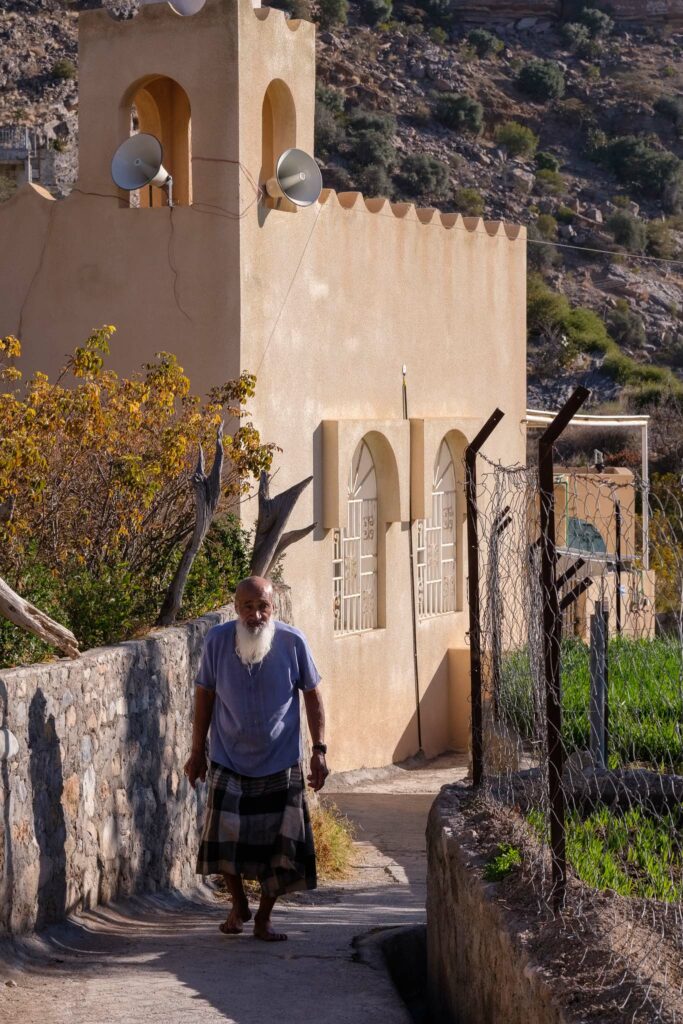
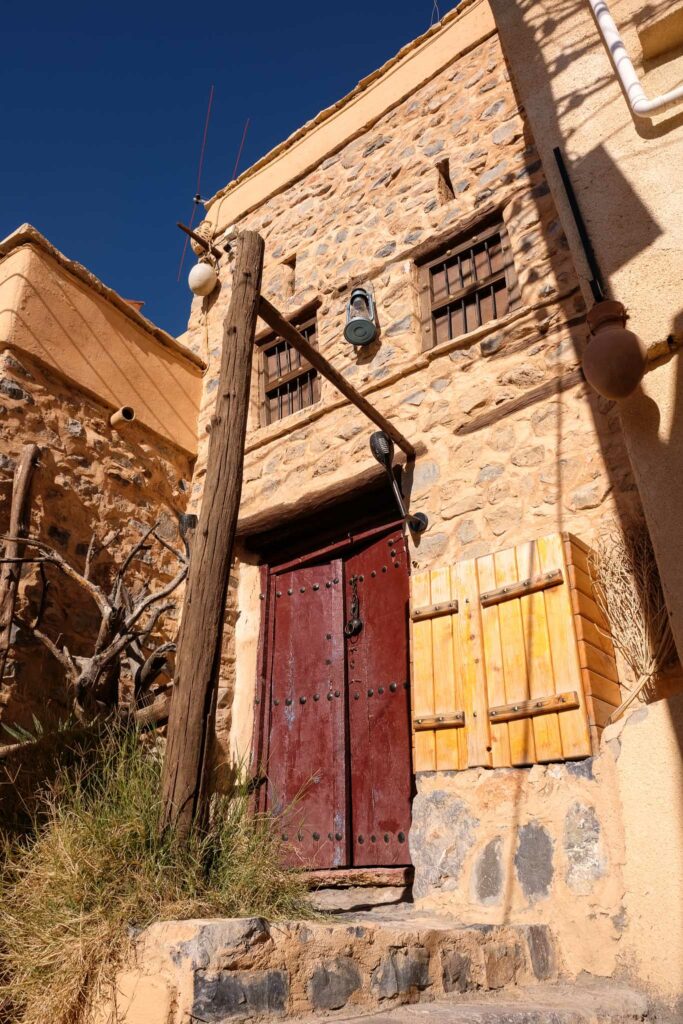
Besides this popular terrace walk, there are many other interesting places to visit, including historical abandoned villages (such as in Wadi Bani Habib and Al Sugra), and remote viewpoints that overlook the deeply cut mountain canyons at the head of major wadis. At this higher altitude, the plateau is also home to a good number of juniper trees, the largest of which are centuries old. You will also see several birds of prey, flying effortlessly against the blue sky.
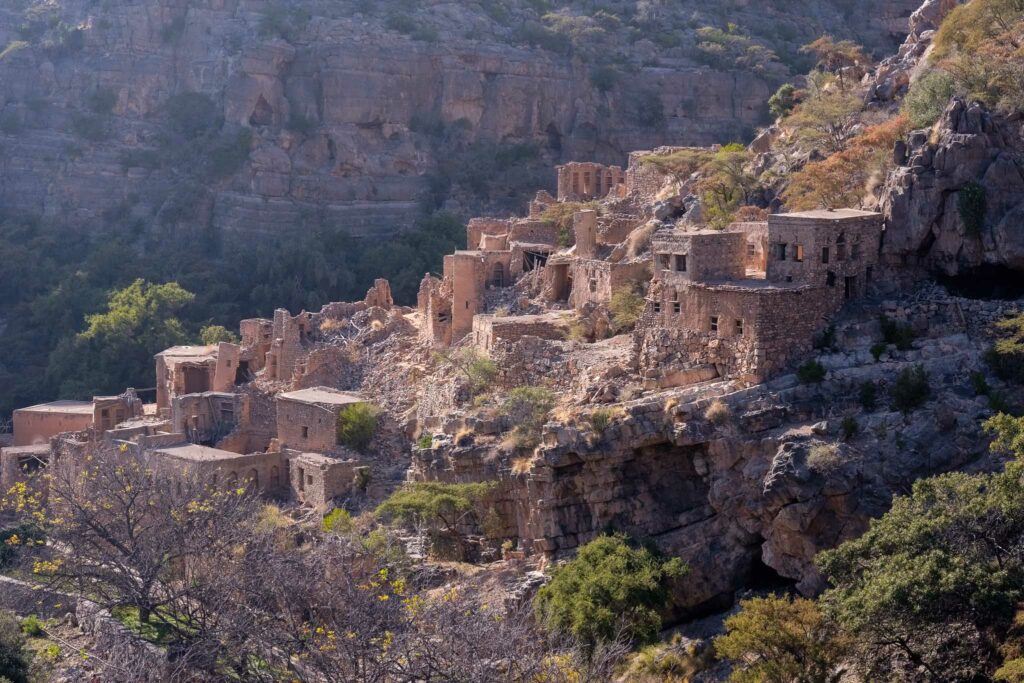
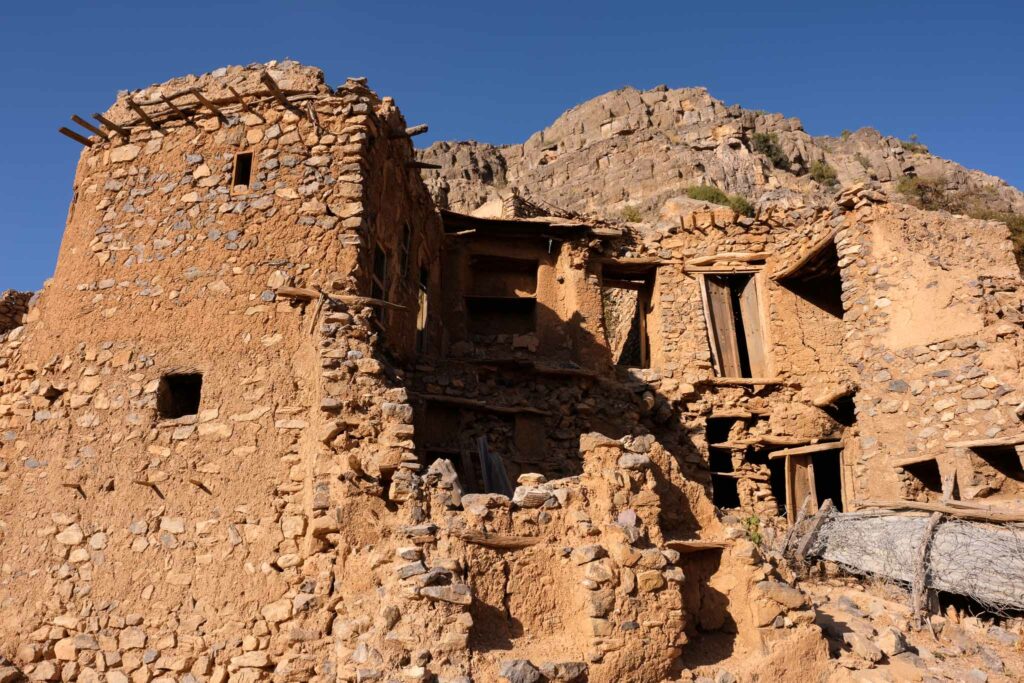
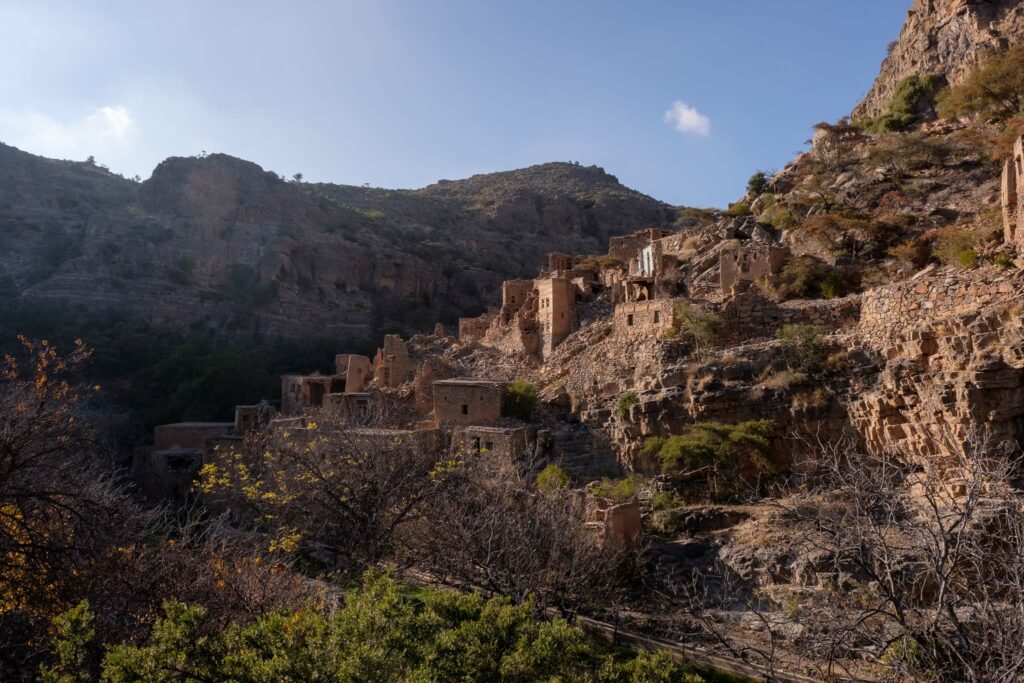
Given the wide landscape, I made a few panoramas as well.

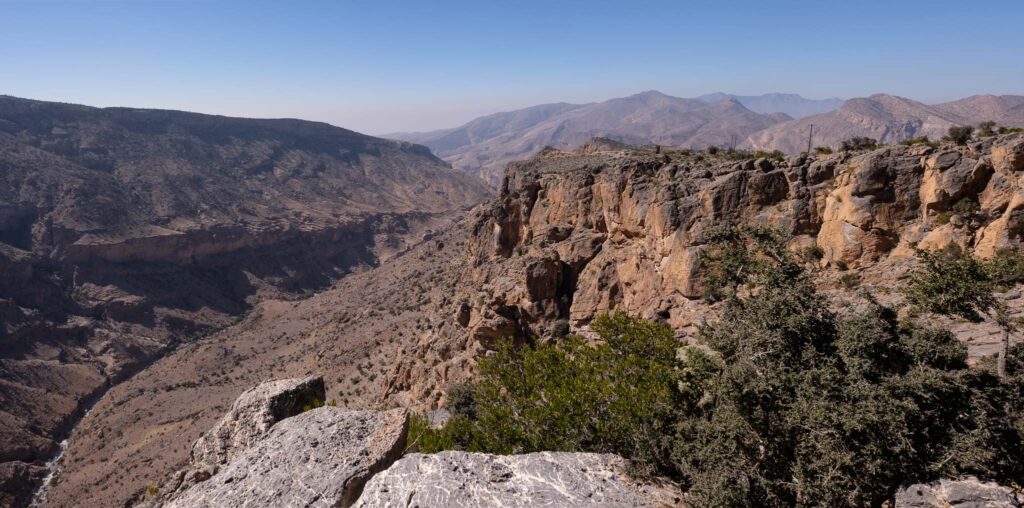

Even if you are not a photographer, simply sitting down enjoying the beauty of the landscape, in complete silence, is a unique experience. I plan to return during springtime, when the rose gardens will be in bloom. This is one of the few remaining regions where the Damascus rose is still grown, for oil and water.
